To see so much style, design and art in a single exhibition is a delight to behold. Very tasteful works with a modern feel.
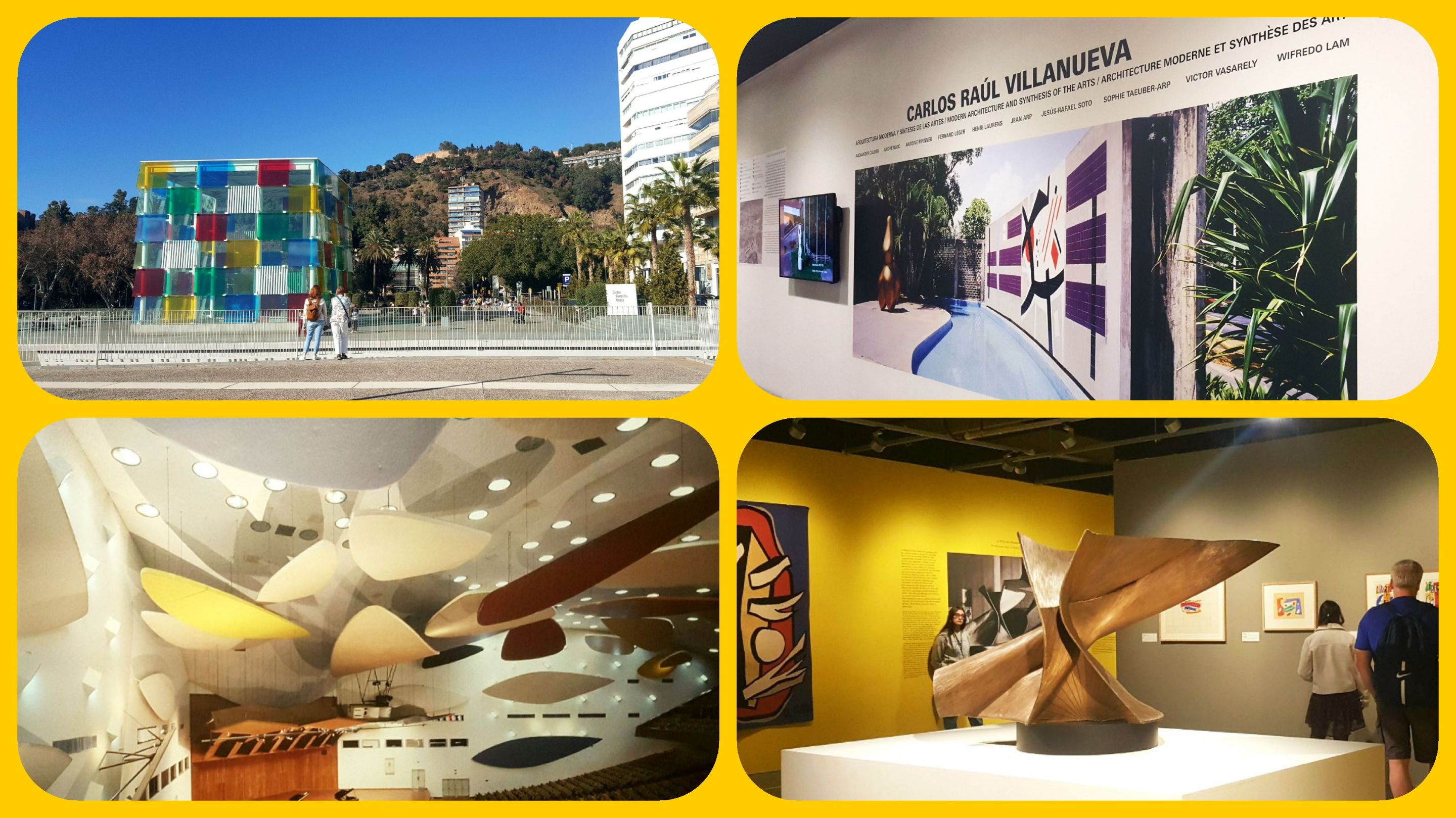
The idea of such a great project with such an artistic vision left my eyes wide open, seeing so much beauty, style and delicate yet modern forms at the same time.
It is an exhibition showing the project of the university city of Caracas, which surprised me to see it in this museum, but its grandeur merits its display and much more.
It is an exhibition dedicated to architecture and art, especially modern art, in a project that took a long time to produce, almost 30 years.
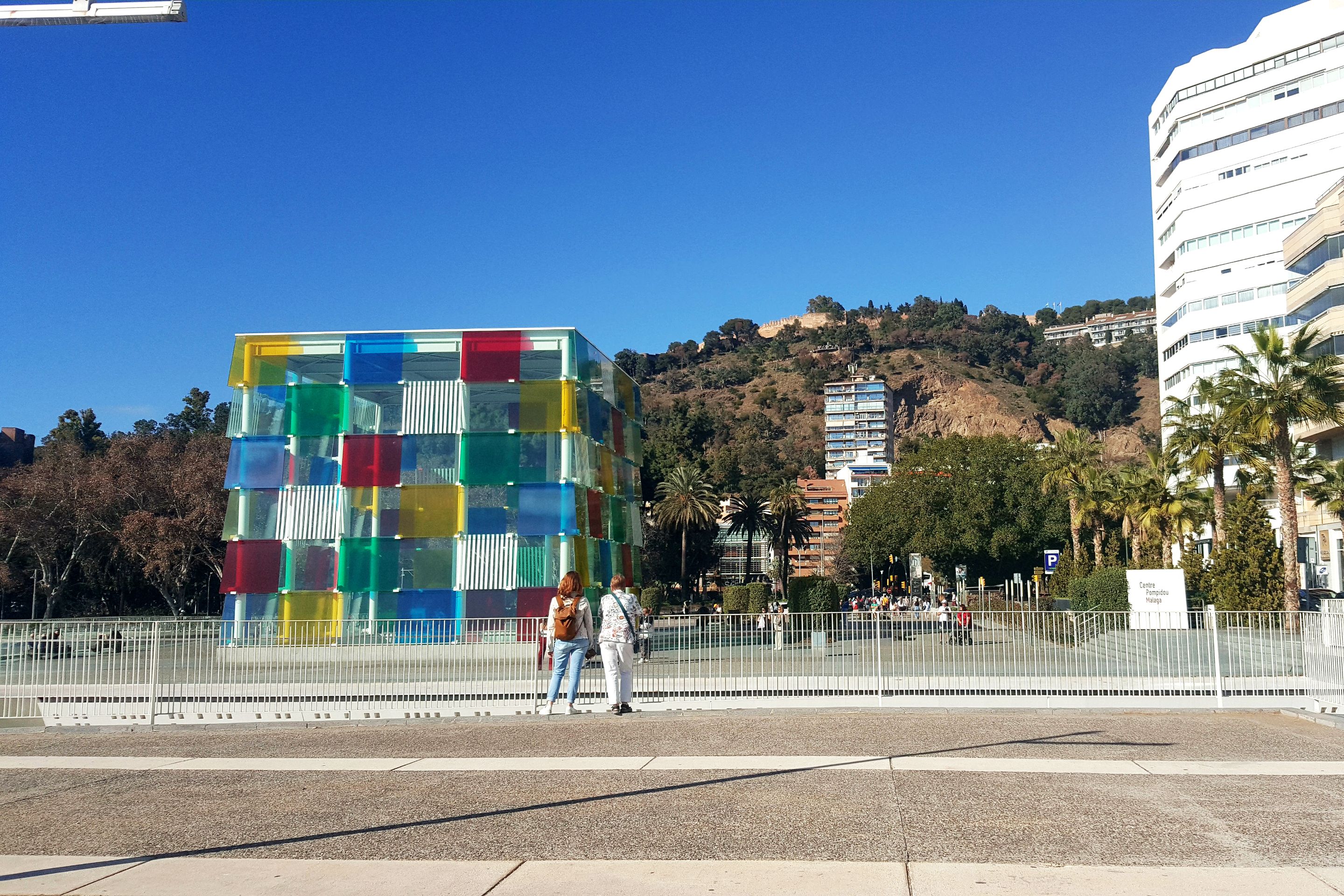
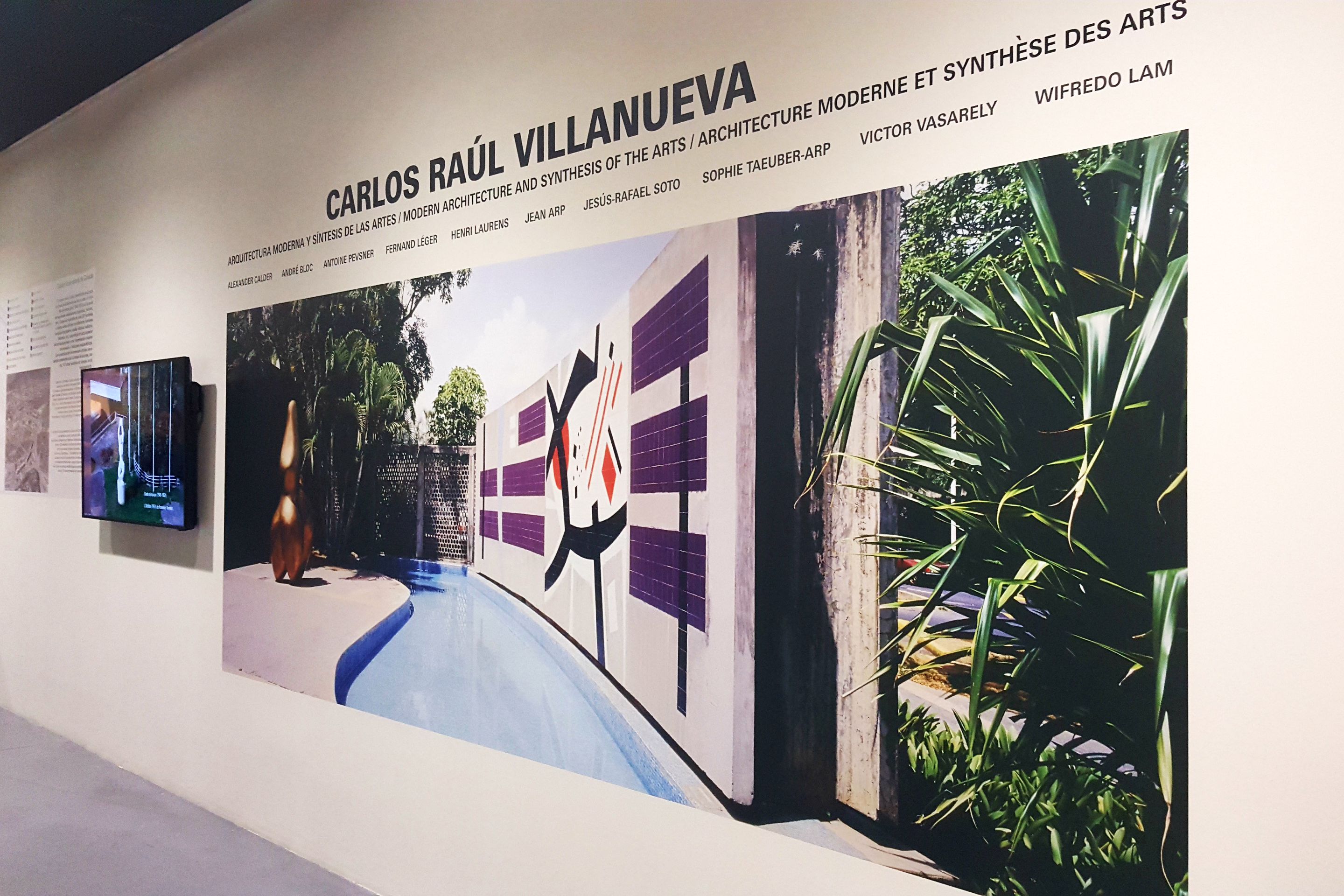
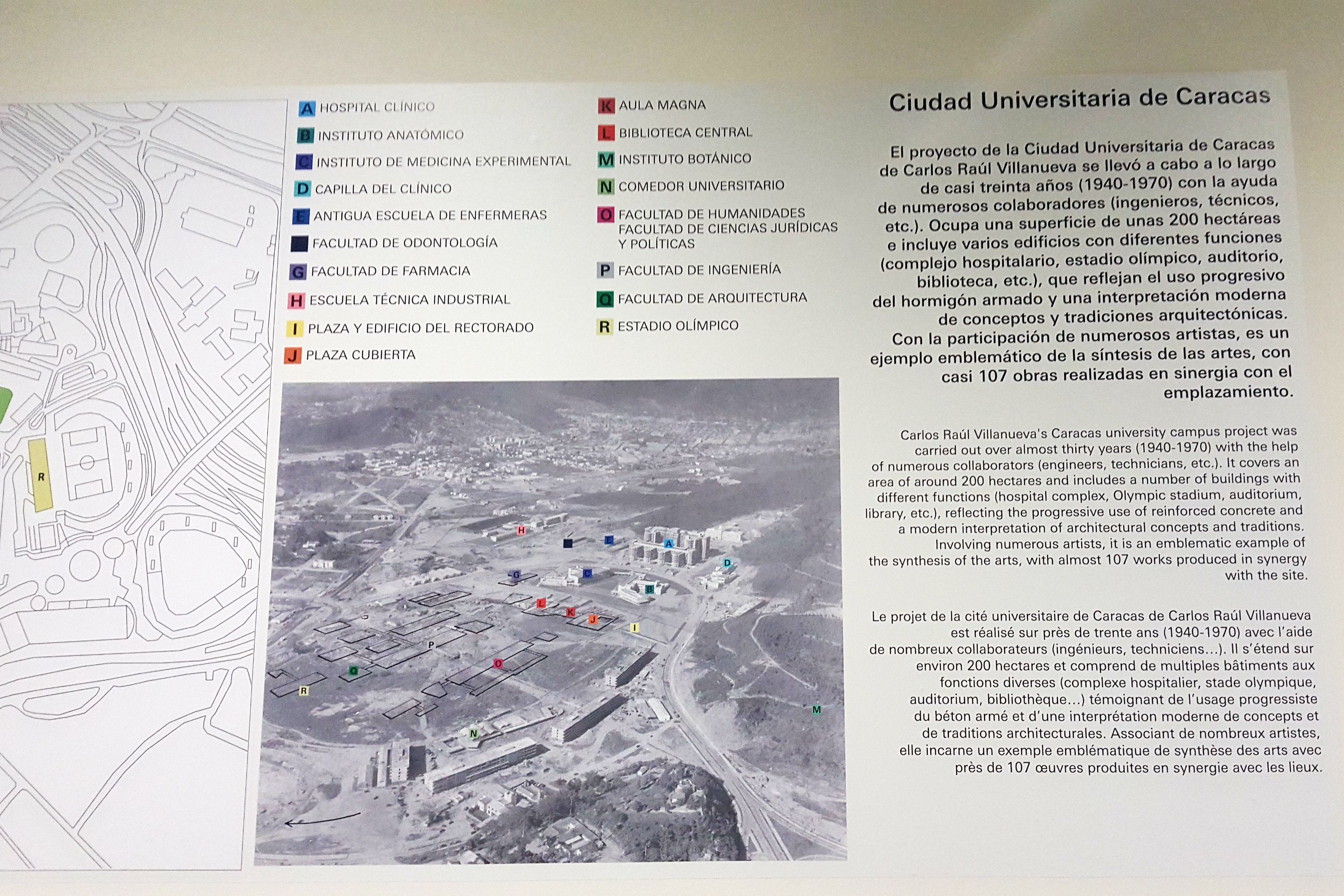
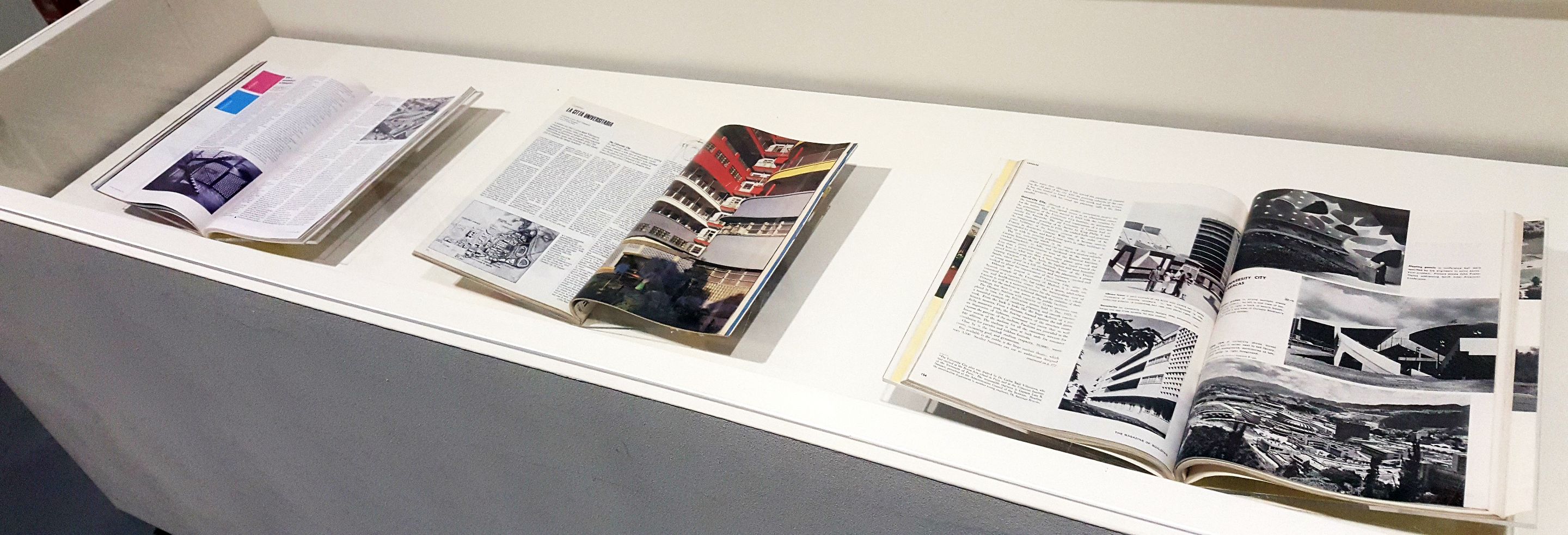
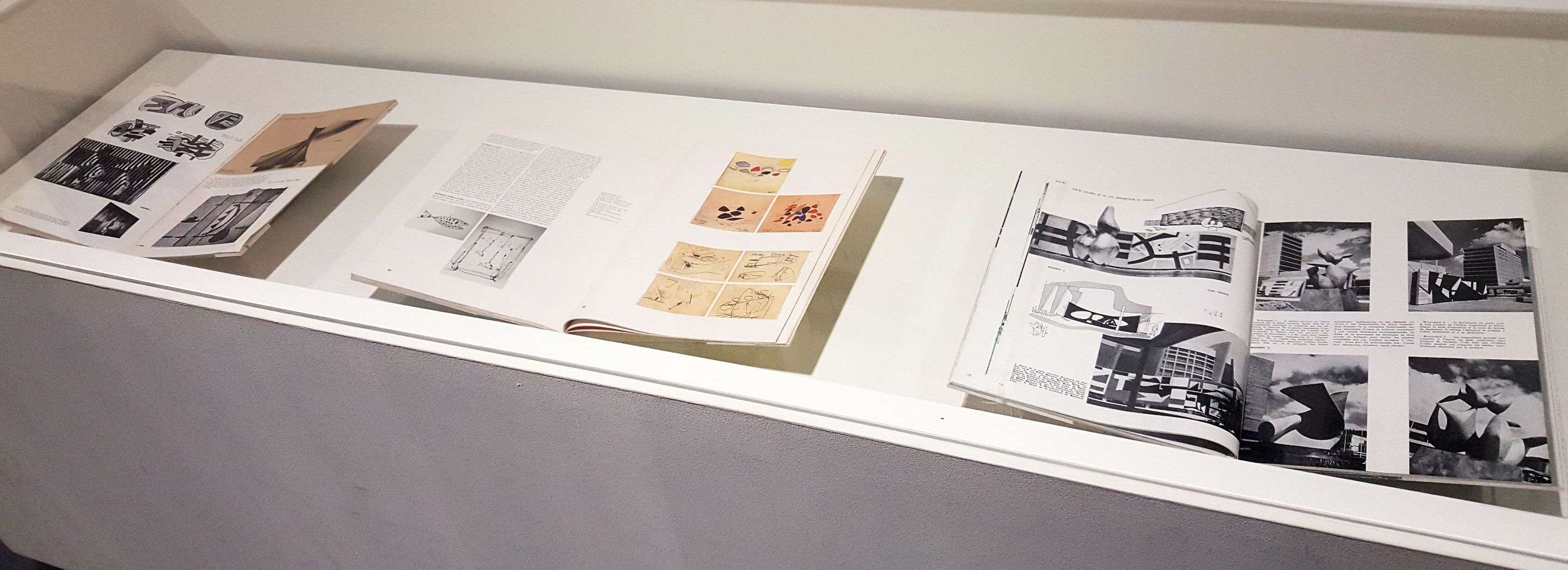
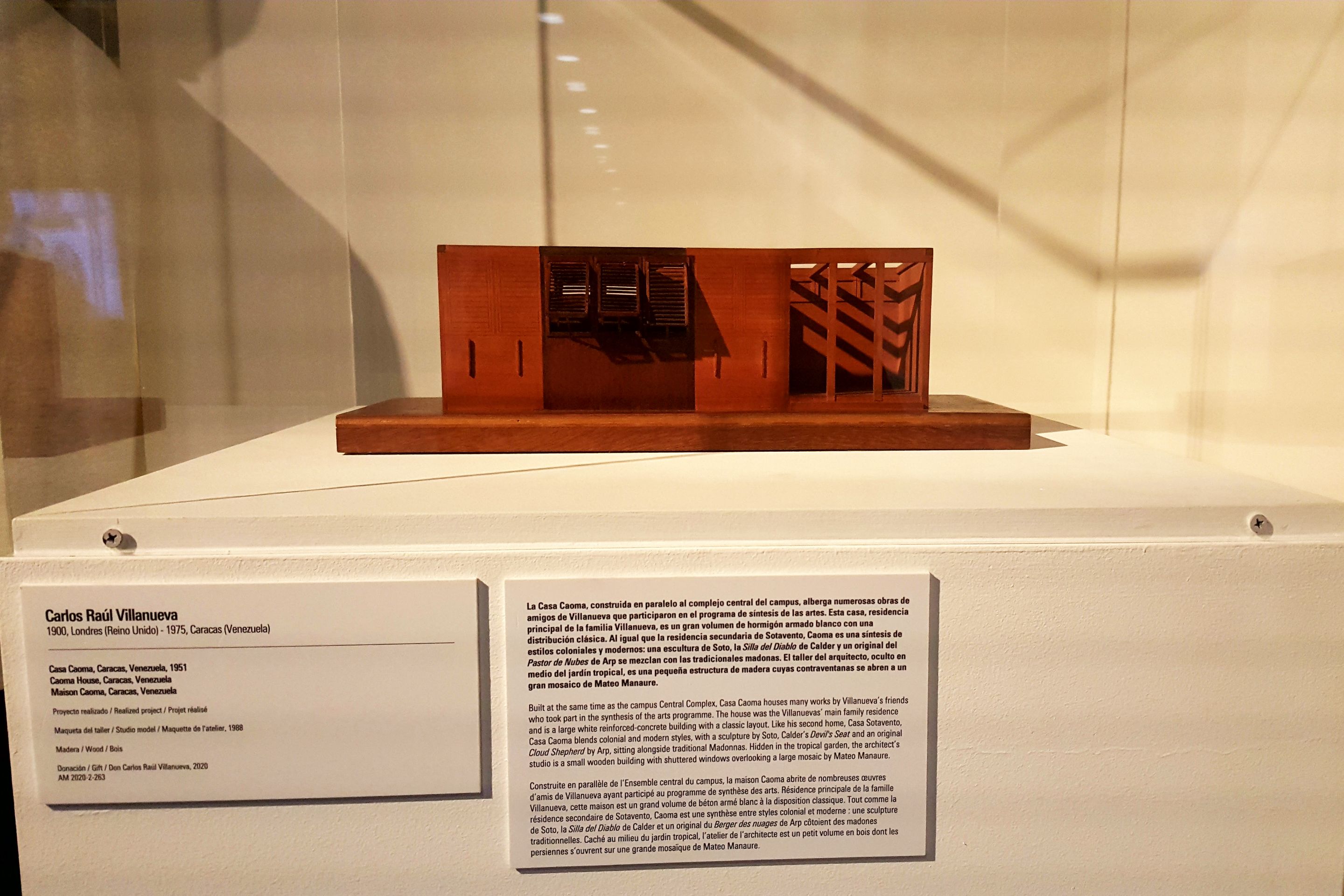
The temporary exhibition, which is being held at the Pompidou Museum, is located on the ground floor of the museum and is spread over a series of rooms and corridors filled with photographs, sculptures, paintings and many items dedicated to architecture.
The many large-scale photographs displayed on the walls of each of the rooms are accompanied by an extensive explanation of what they refer to in three different languages.
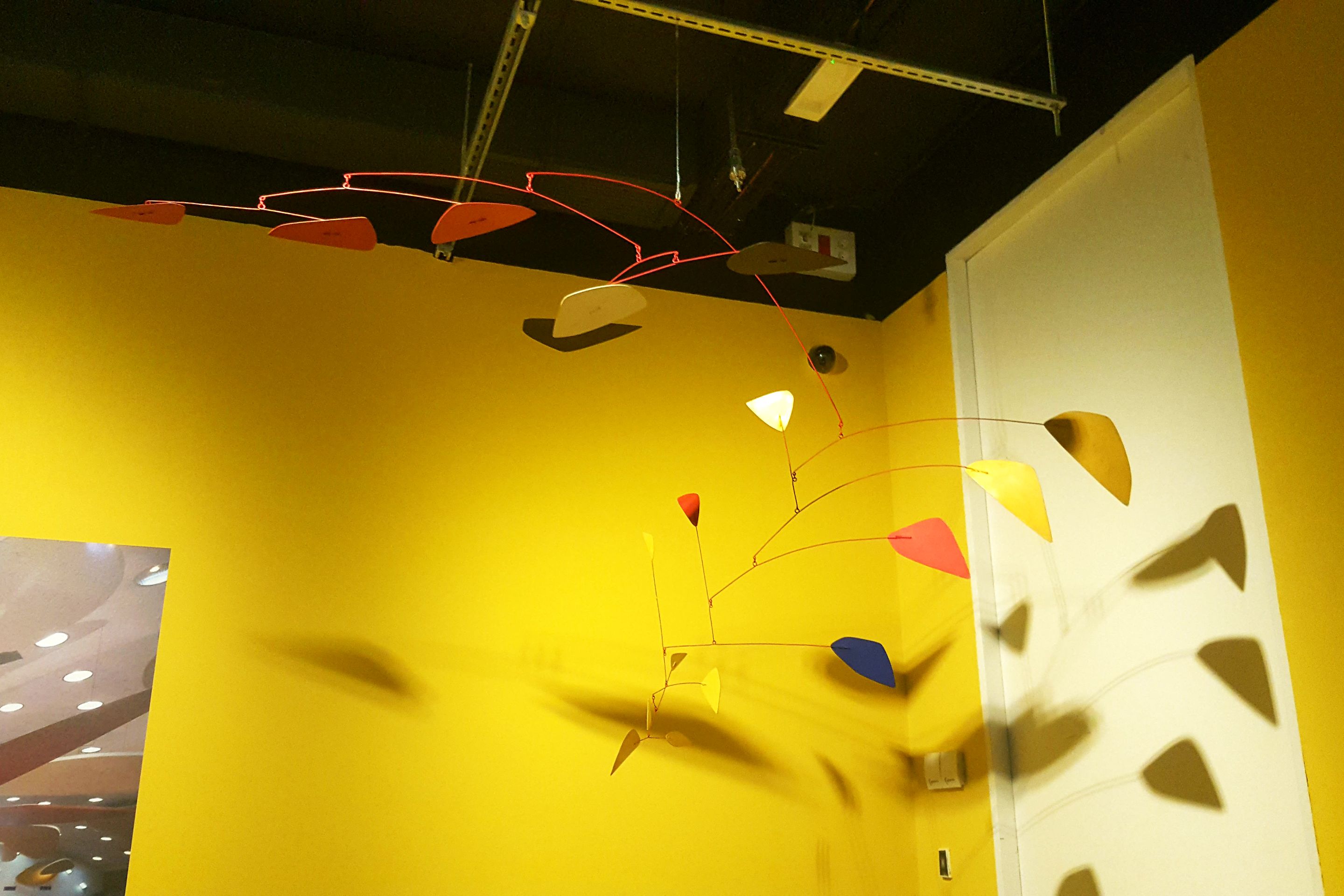
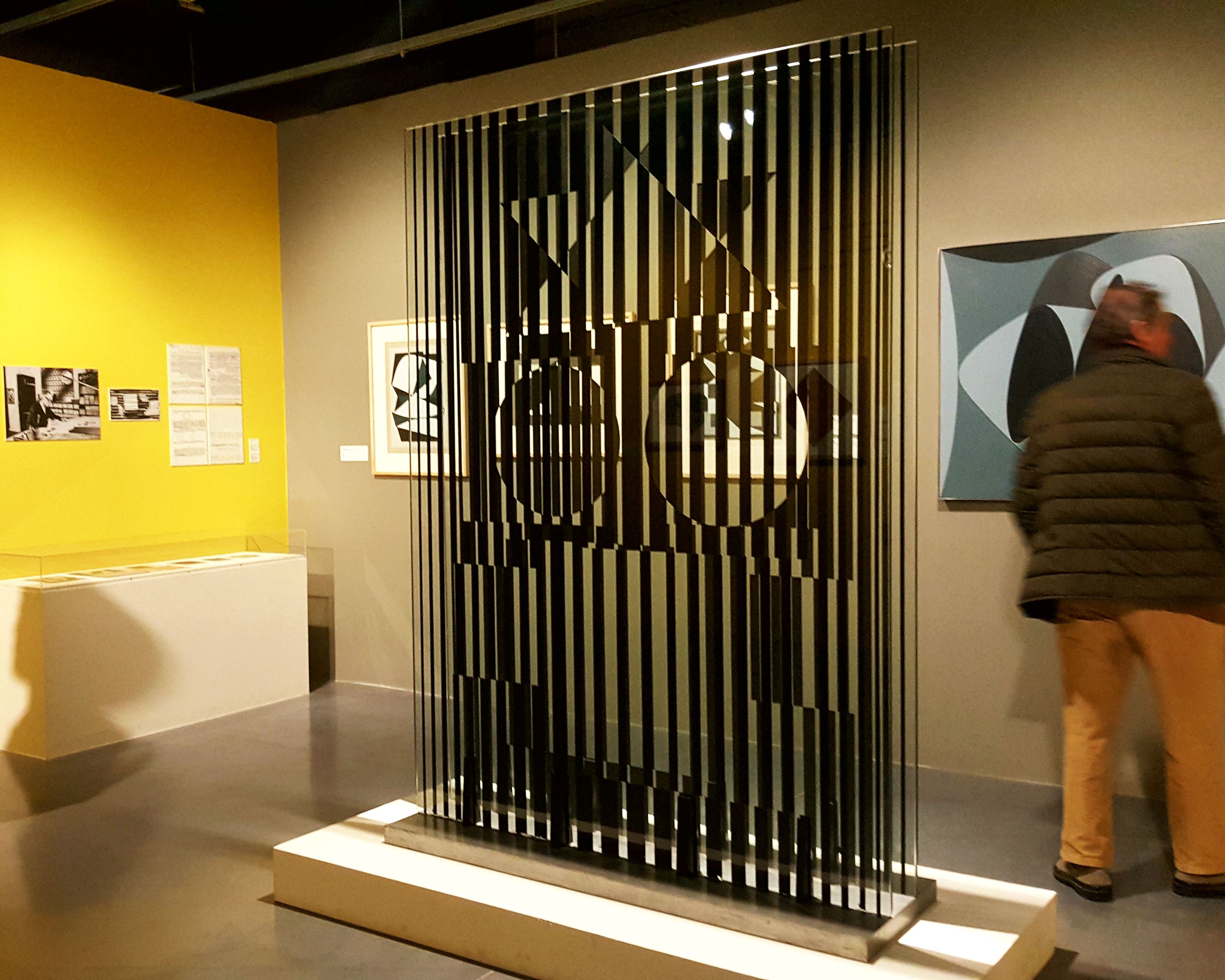
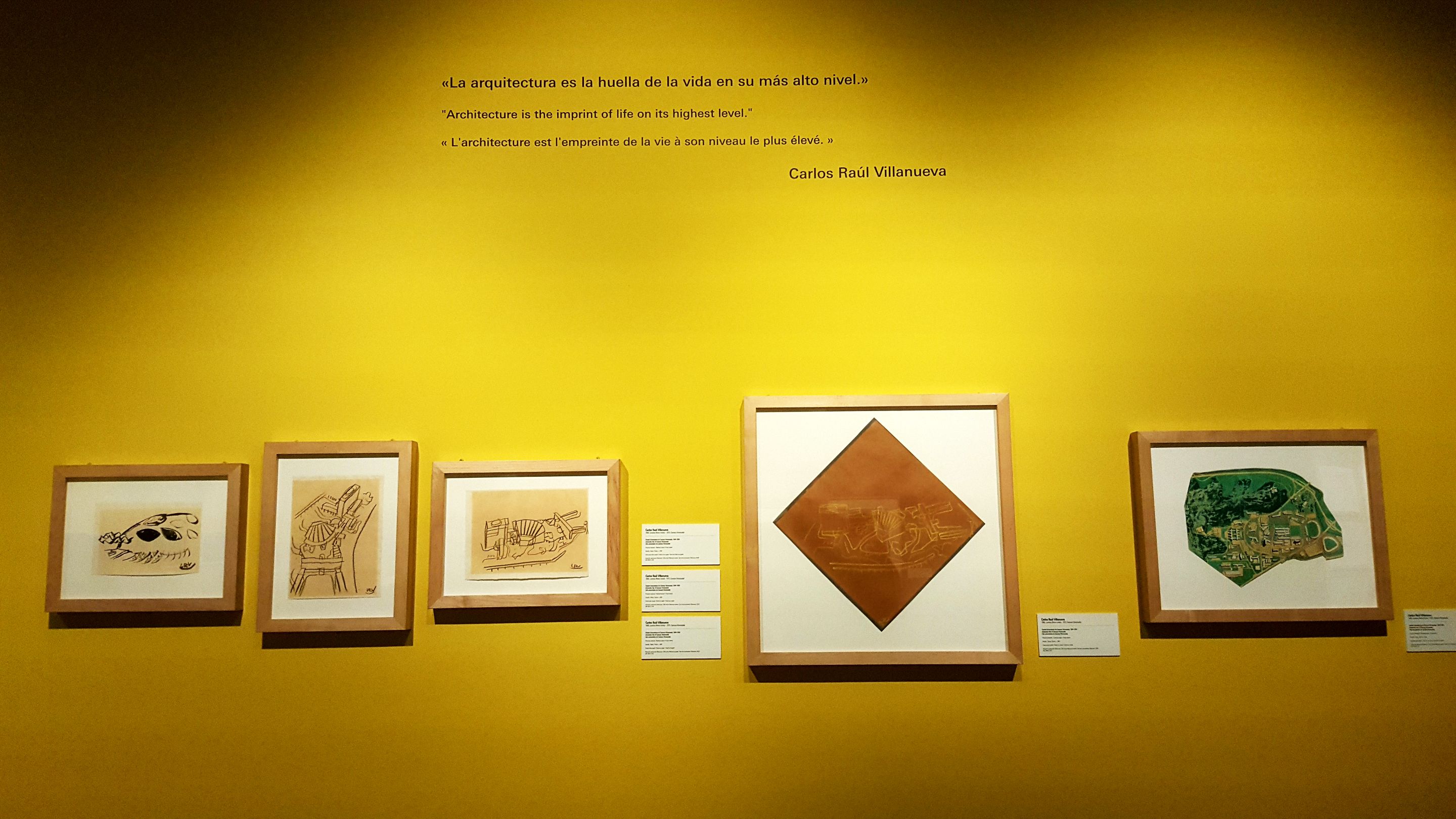
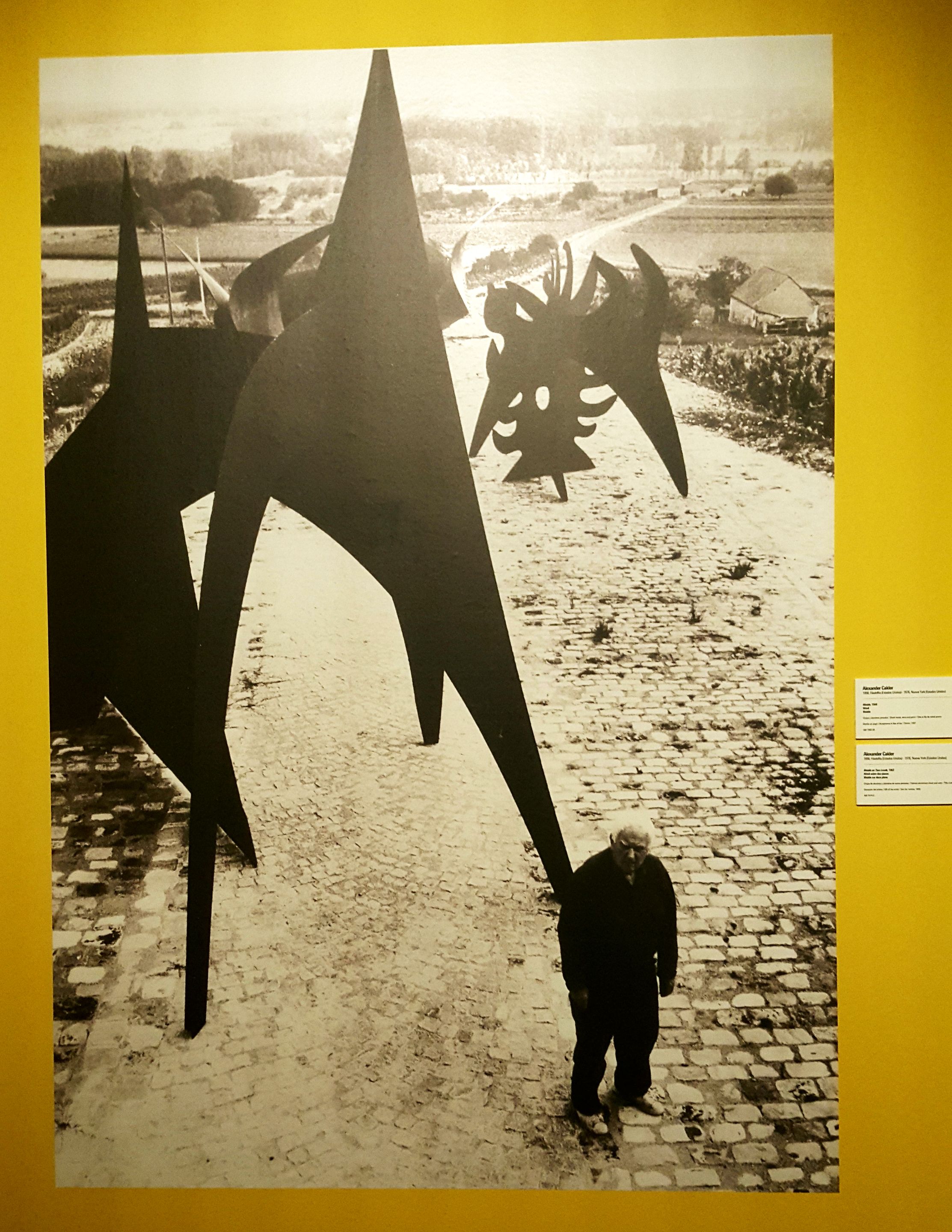
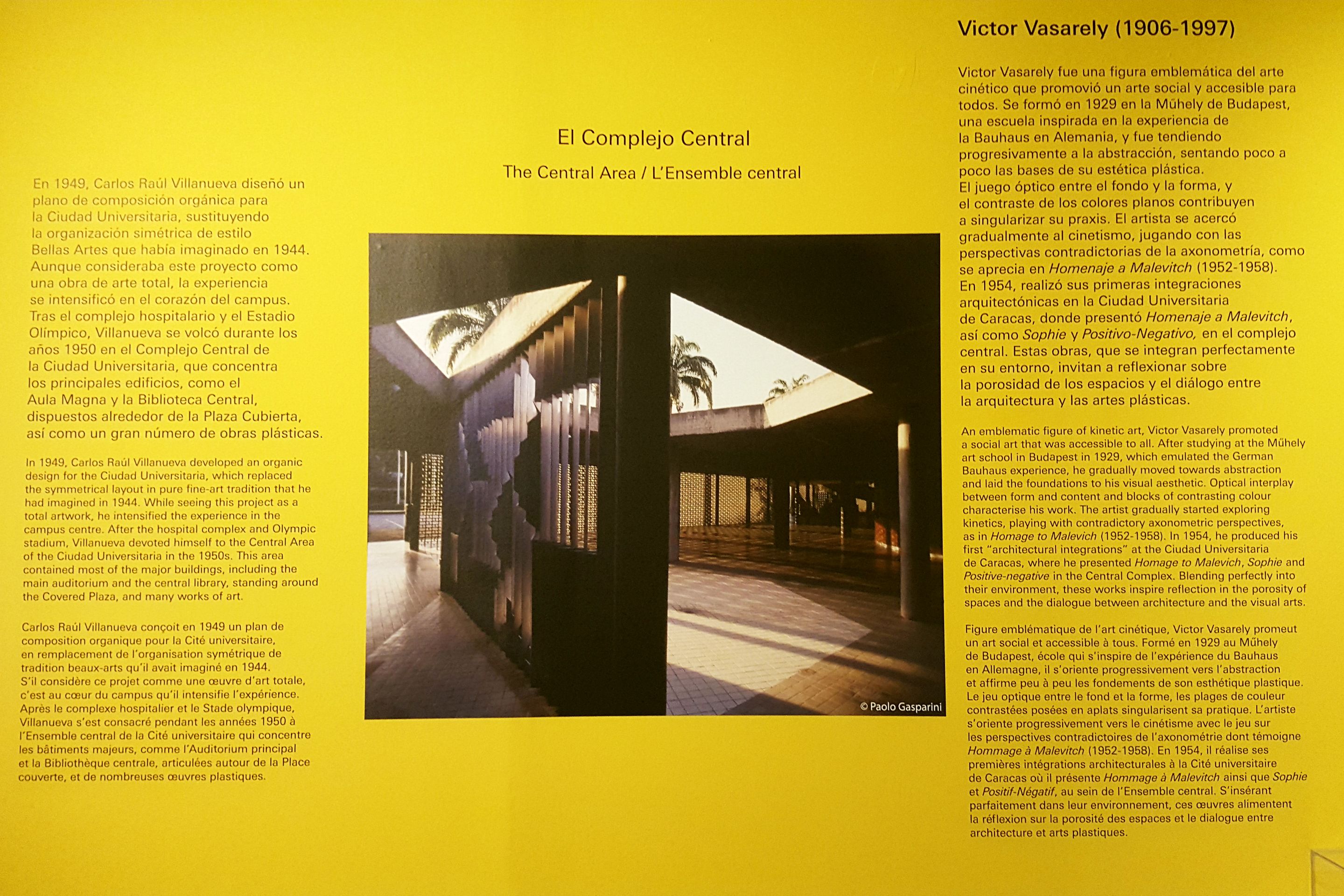
They, the photographs, show different places, spaces of this university city that was designed in a particular architectural style by the architect Carlos Raúl Villanueva.
Throughout the exhibition, many of his works are detailed, his designs, sketches, written in great detail, making this exhibition something I had not seen before. I almost always go to exhibitions where there are paintings, sculptures, but not related to architecture and this one was very different.
But at the same time this great architect surrounded himself with many artists who collaborated in this grandiose project, contributing their knowledge, their art, and in this way the project formed an impressive modern artistic whole, at least that is how it seemed to me.
It combines architectural tradition with modernity and this can be seen at a glance. There are more than 100 works of art that complement the exquisite architecture.
Carlos Villanueva used to say that architecture is the imprint of life at its highest level, and this project is really a great imprint that is left in this place. Admirable. It was a pleasure to be able to see each space such as the library, the auditorium, the internal gardens and much more with a design that I had not seen before, out of the ordinary and attention-grabbing.
In the different rooms, all of which are small, there is a mixture of some of the architect's designs and the works of art of the many artists who joined the project.
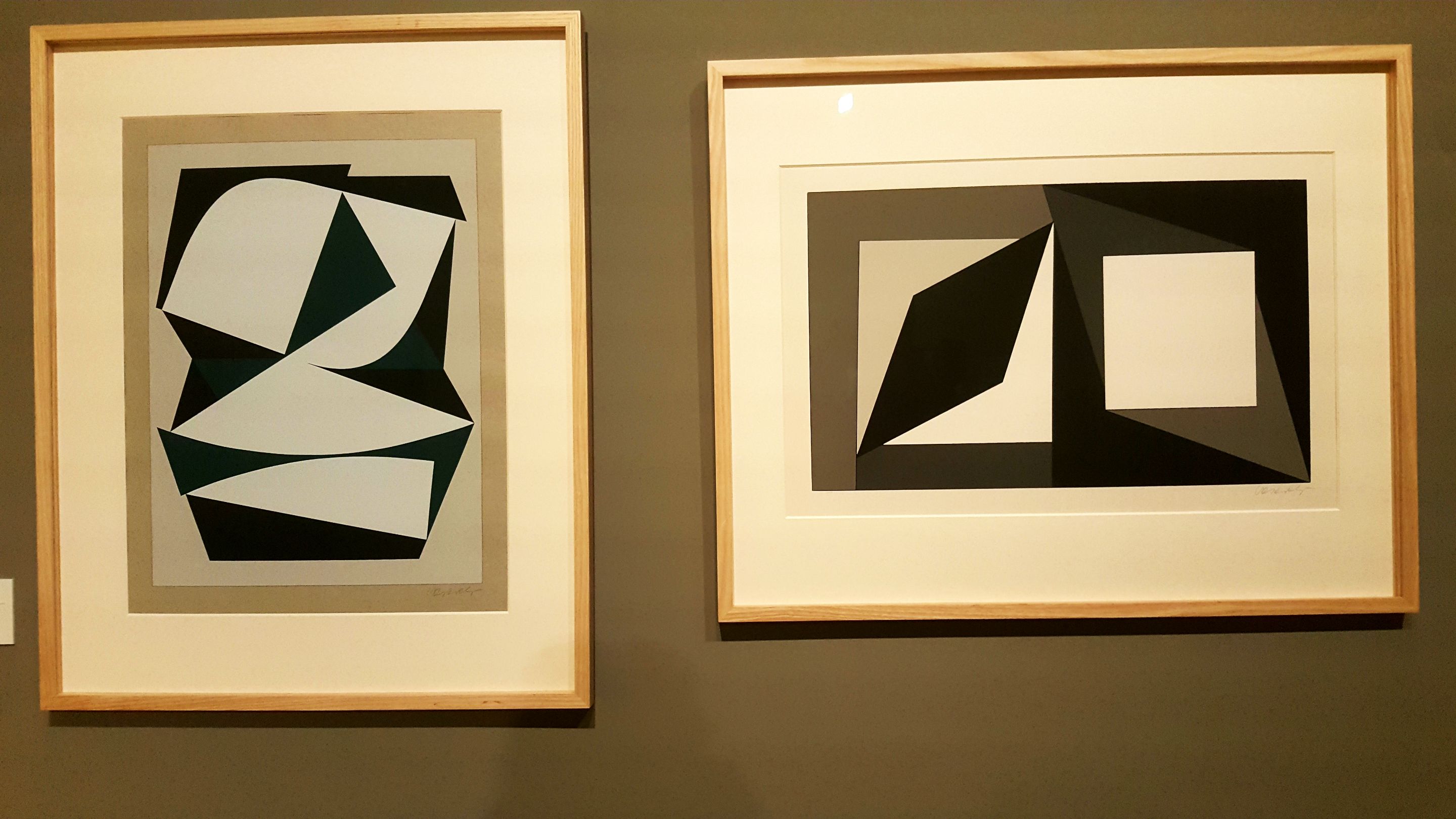
For example, these two works belong to the artist Victor Vasarely and are lithographs on paper from 1961.
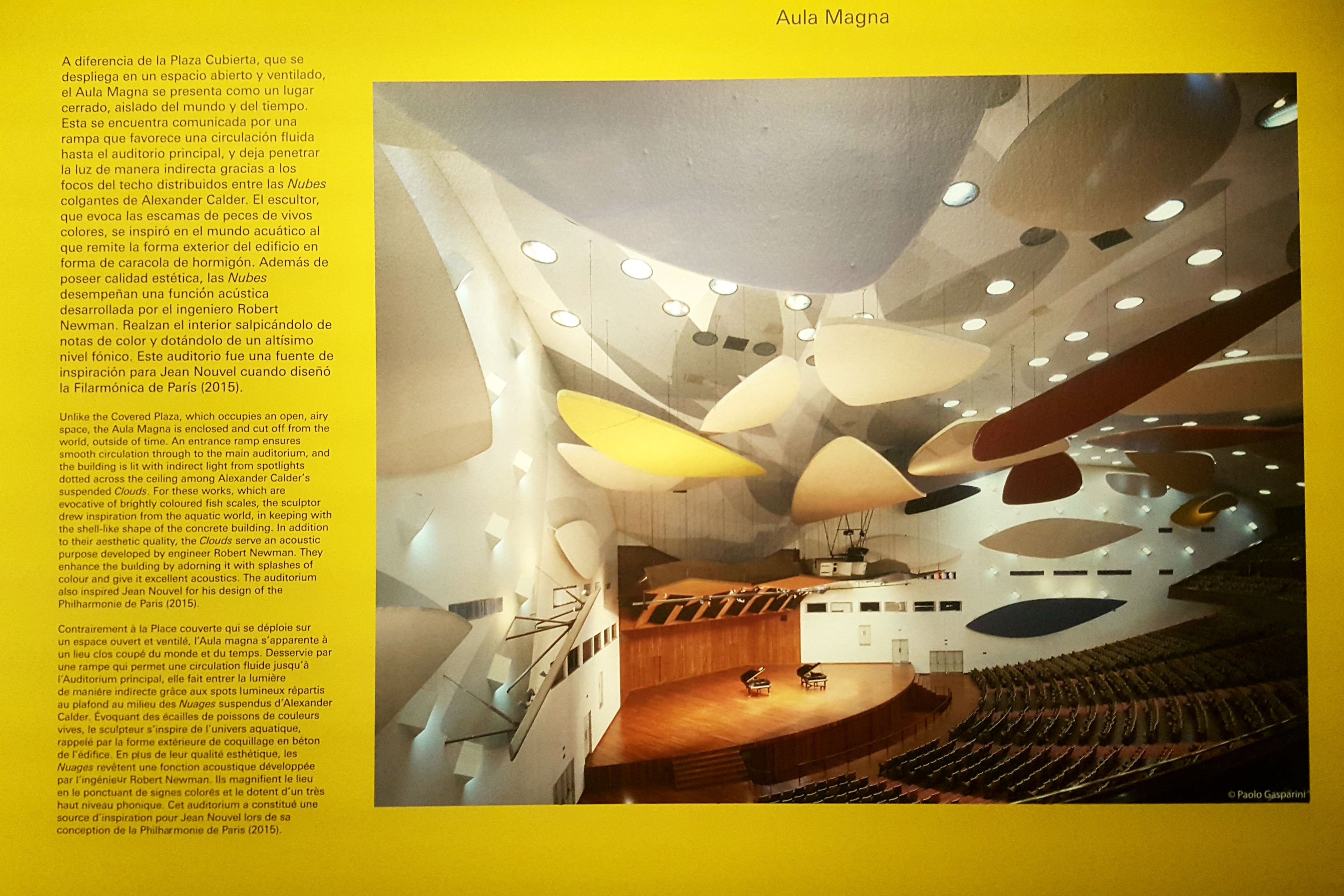
I found the aula magna of this university town with a fish scale design absolutely beautiful, it looks like it belongs to another world. Great art and imagination captured in one room.
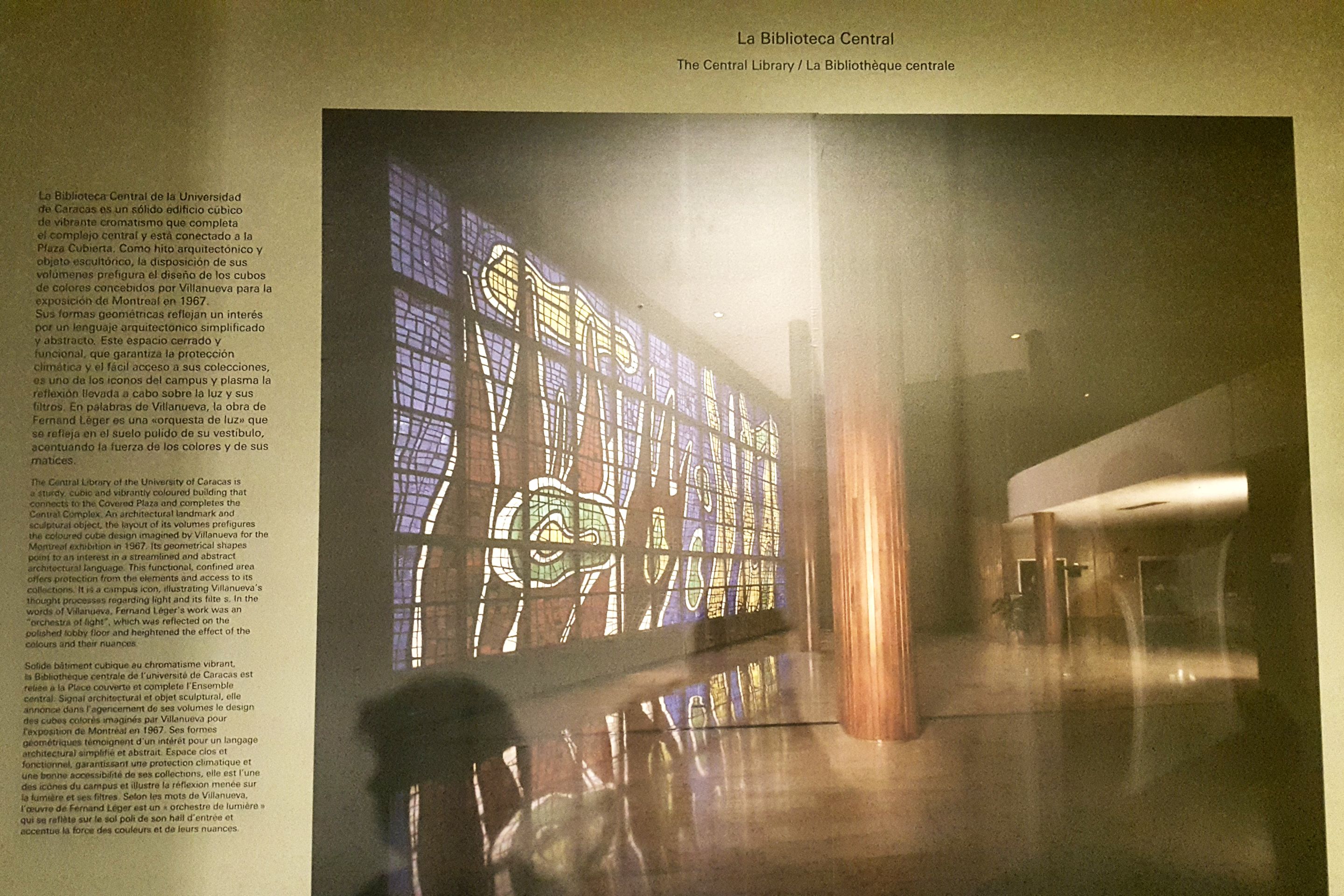
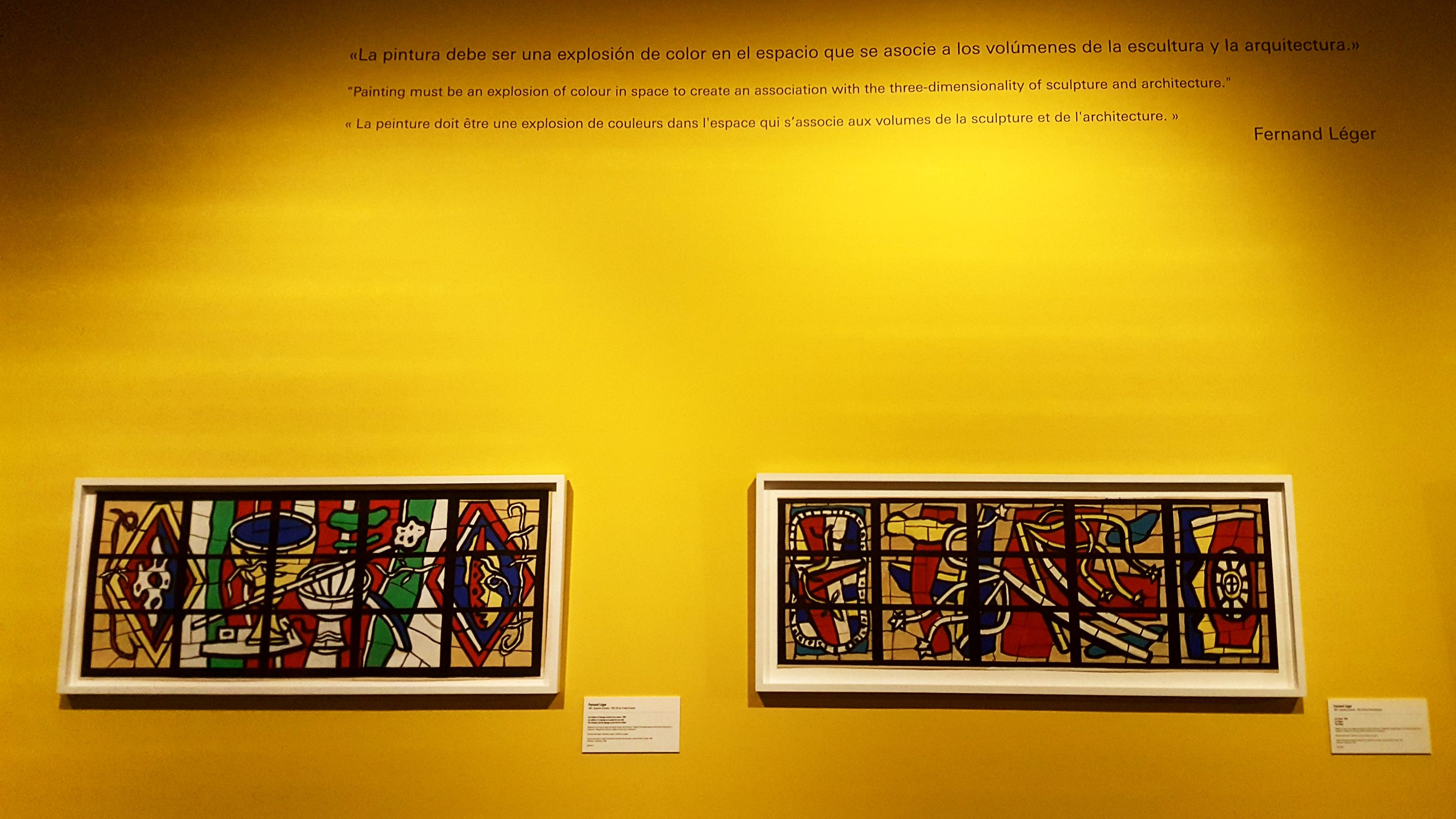
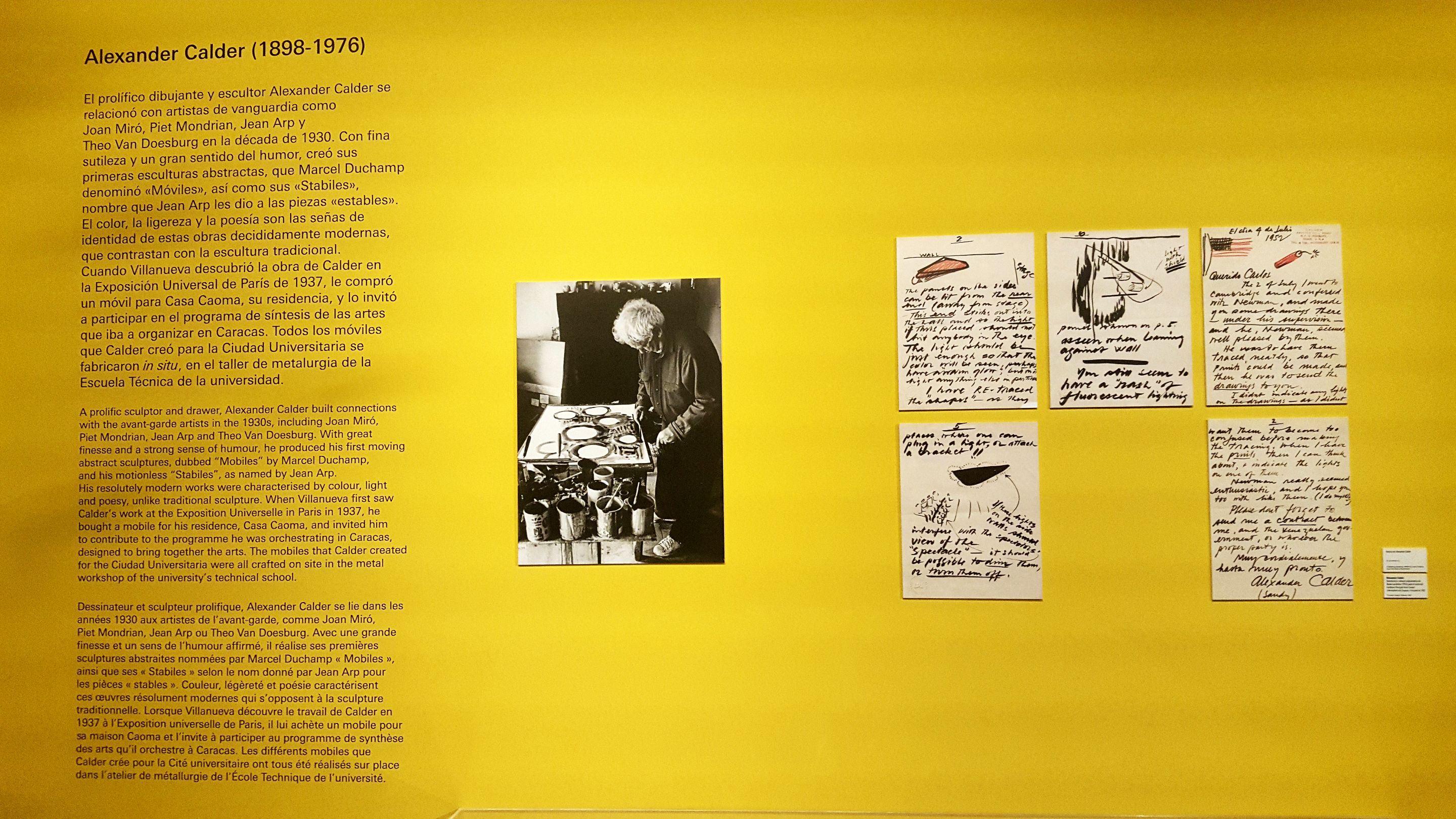
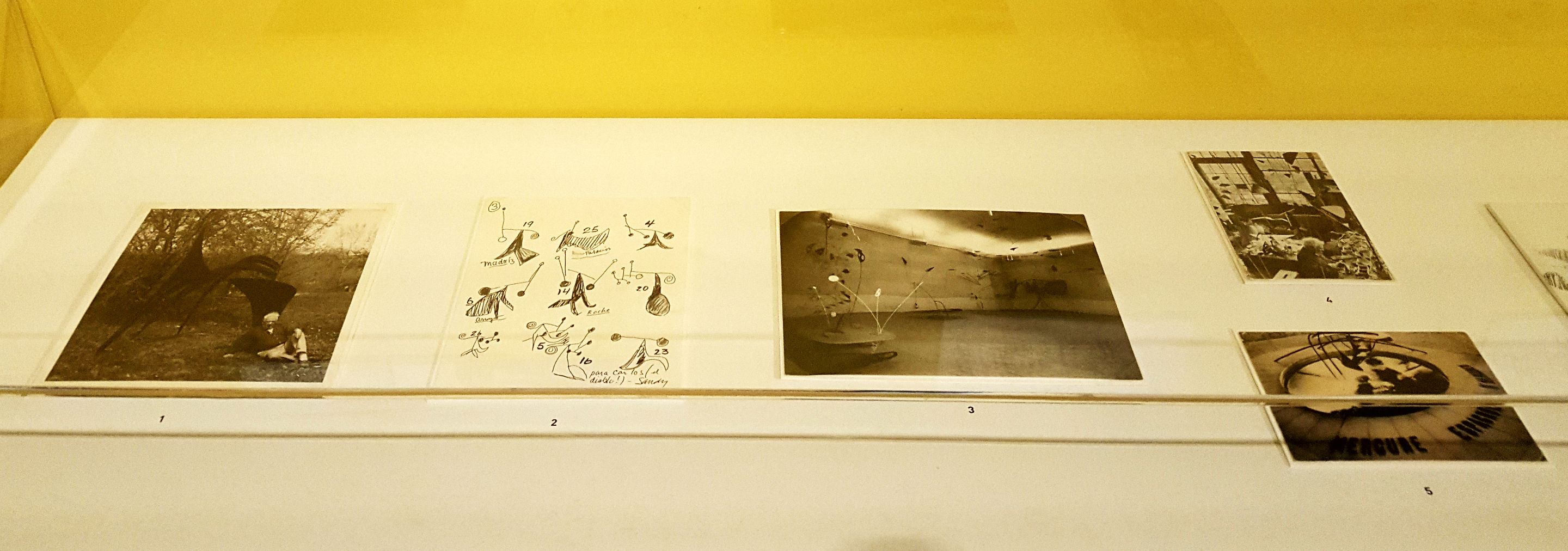
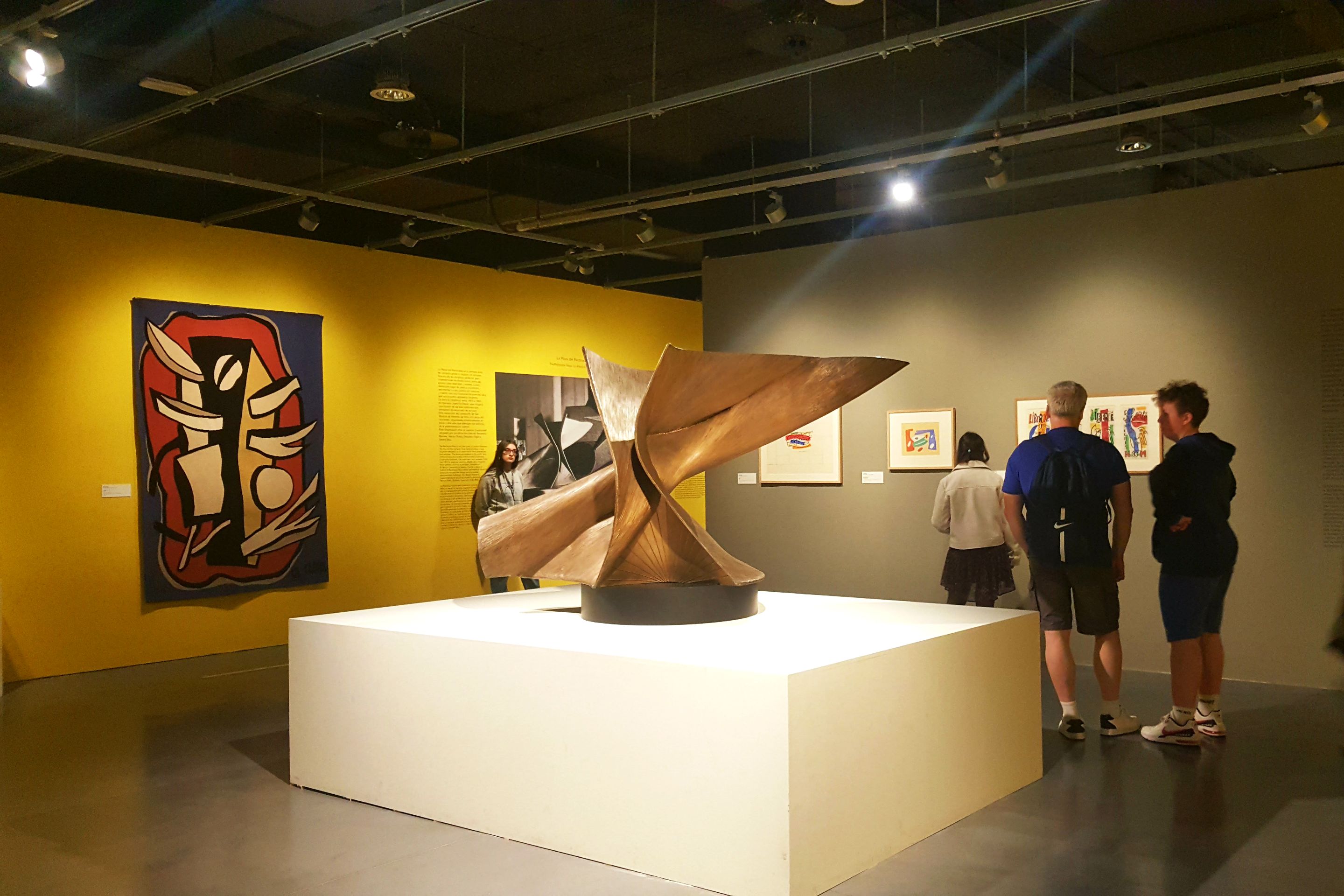
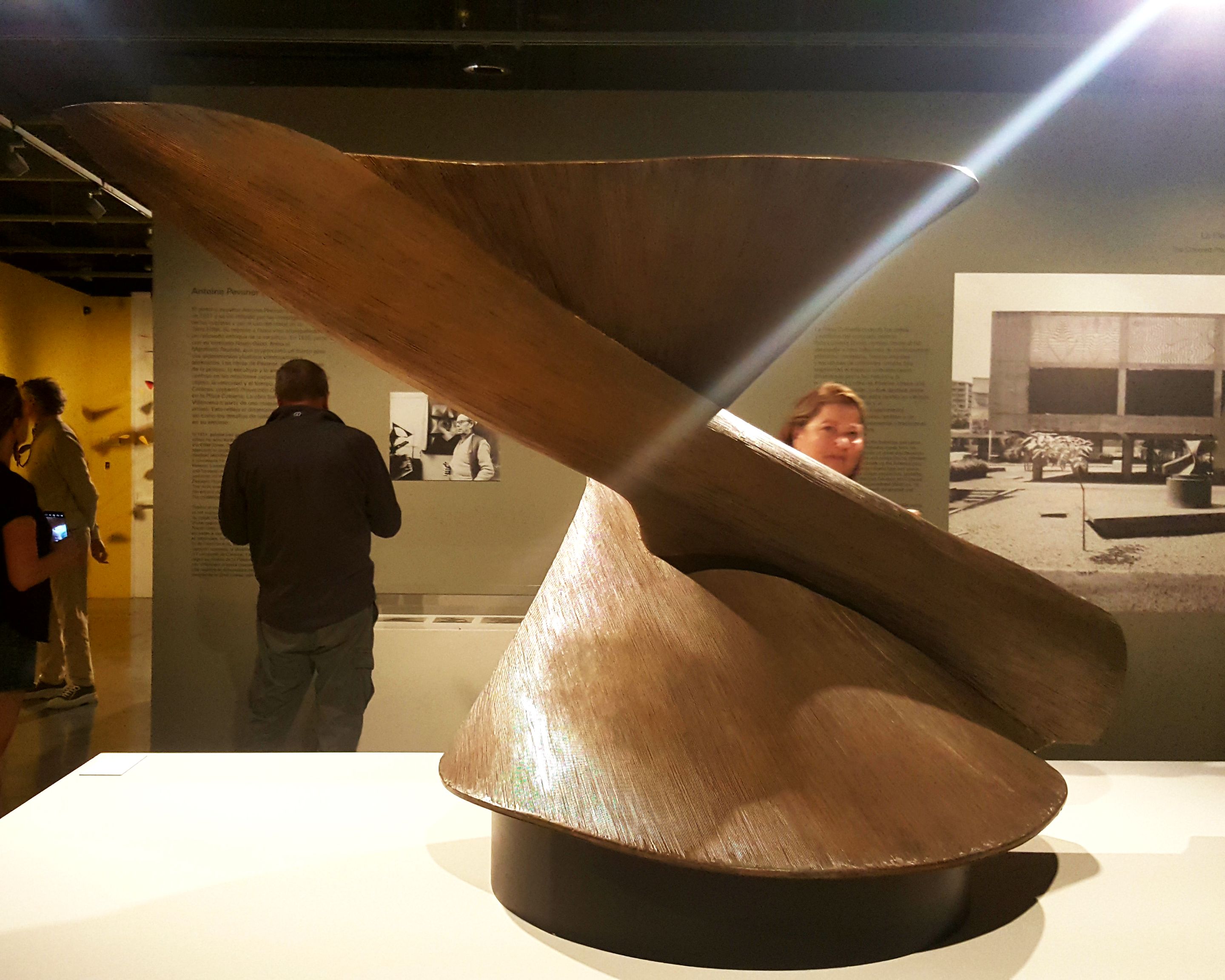 | 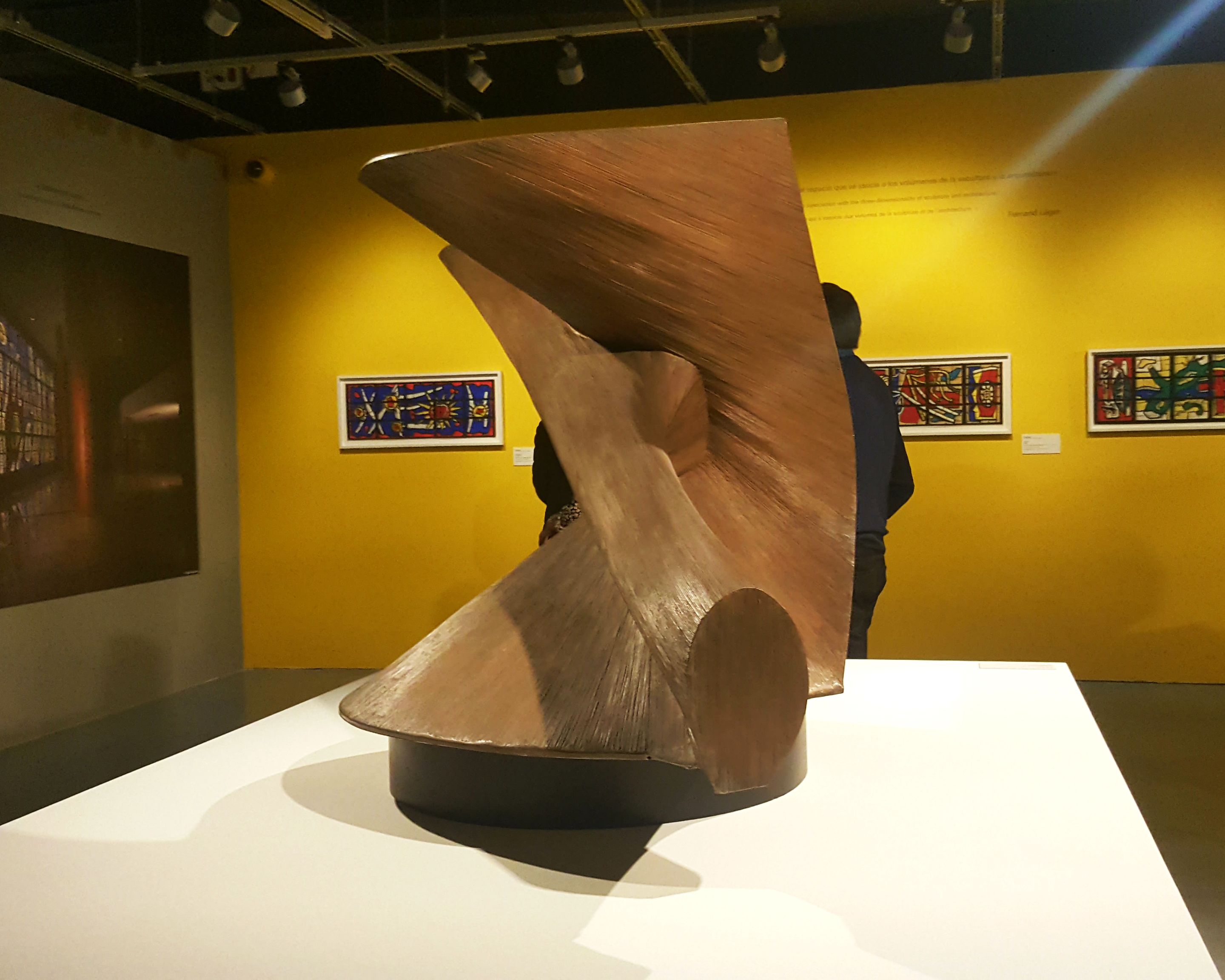 |
|---|
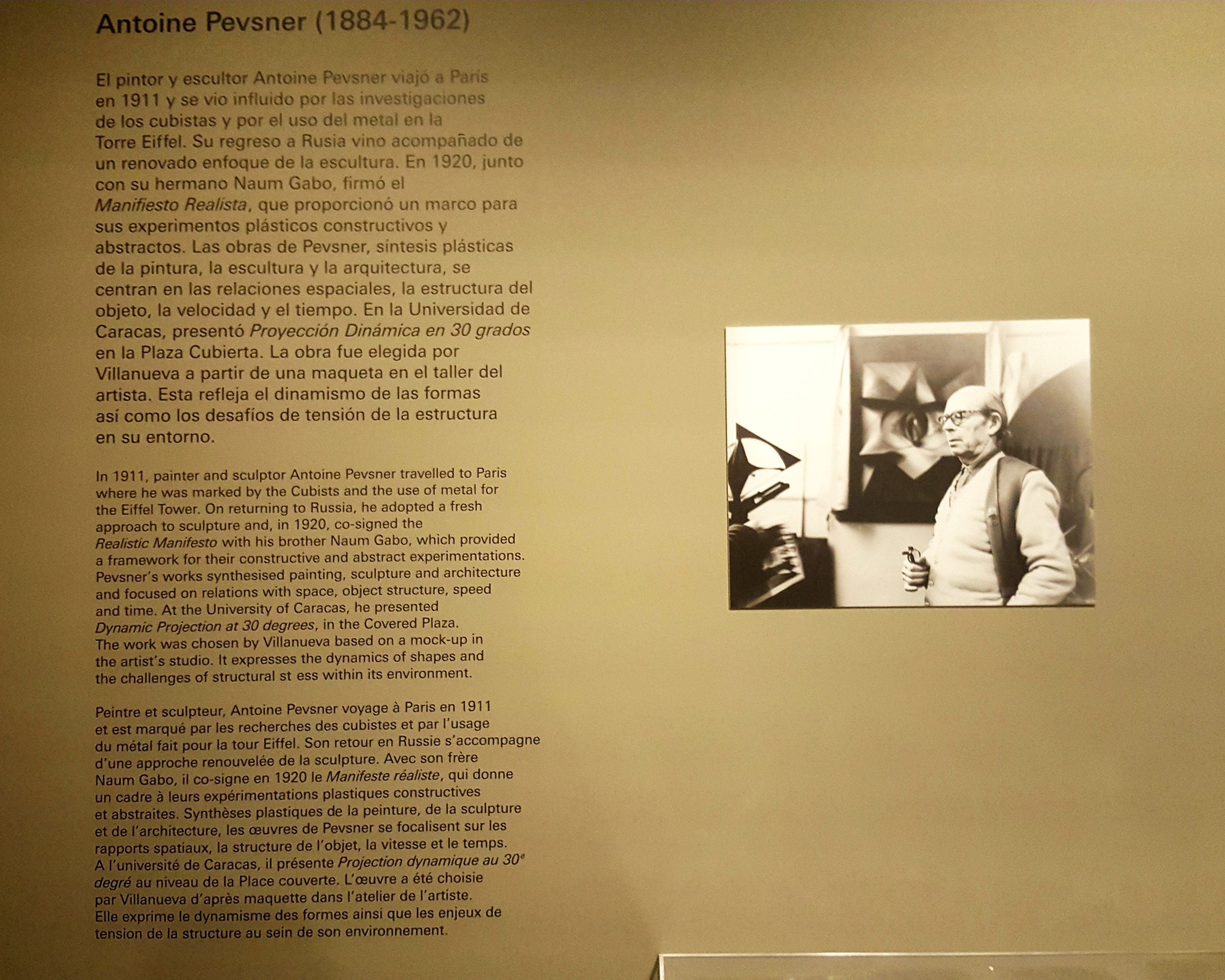
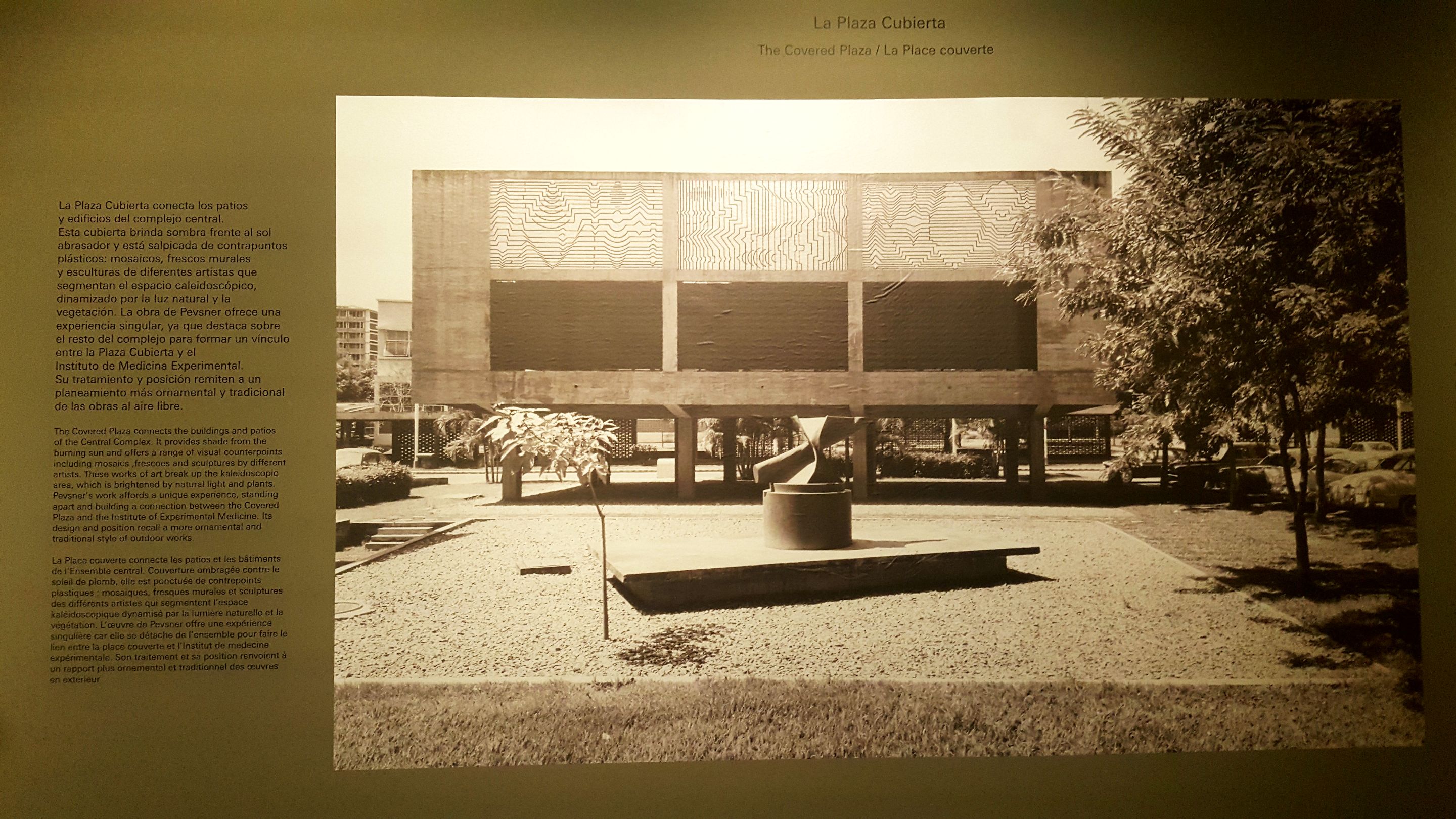
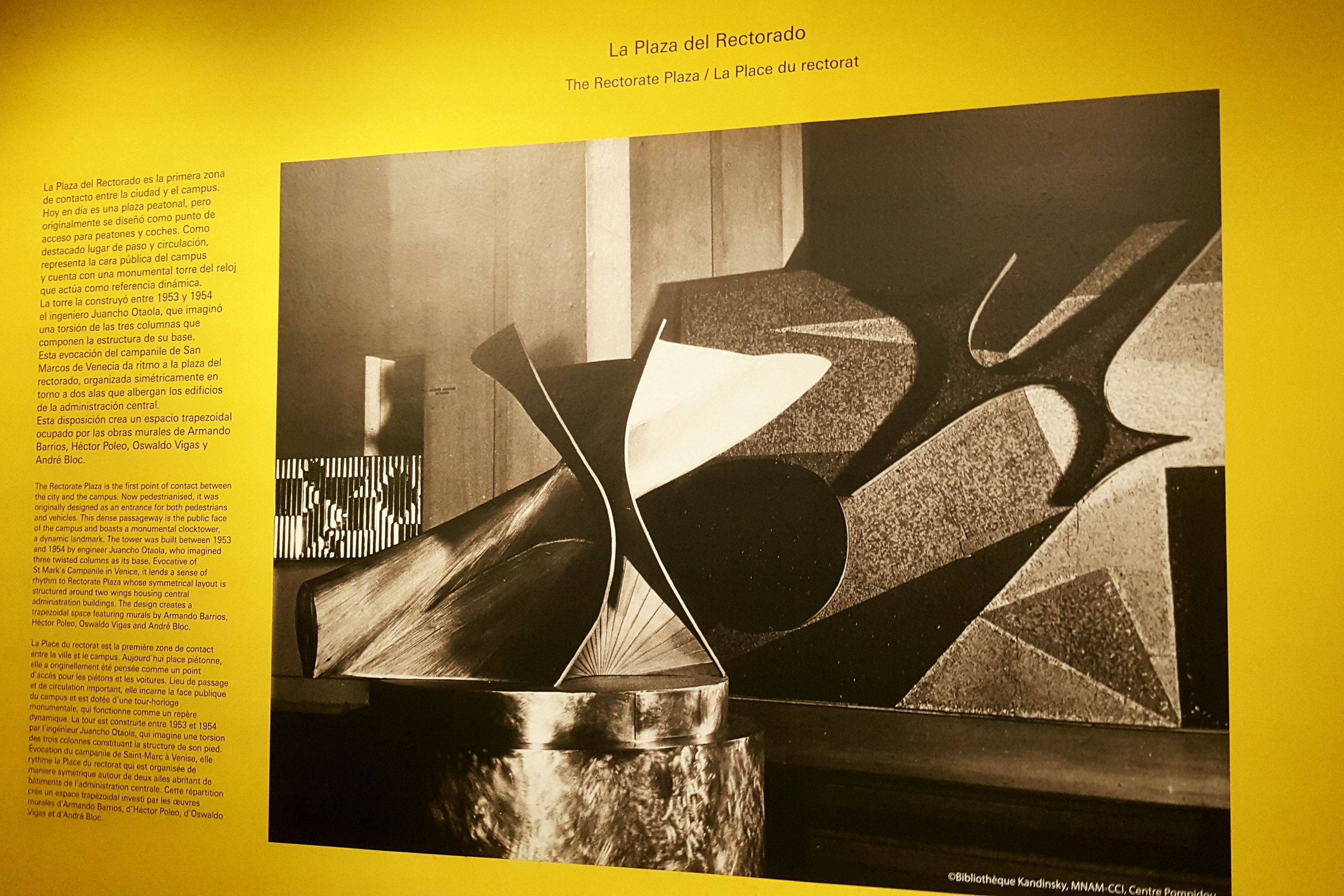
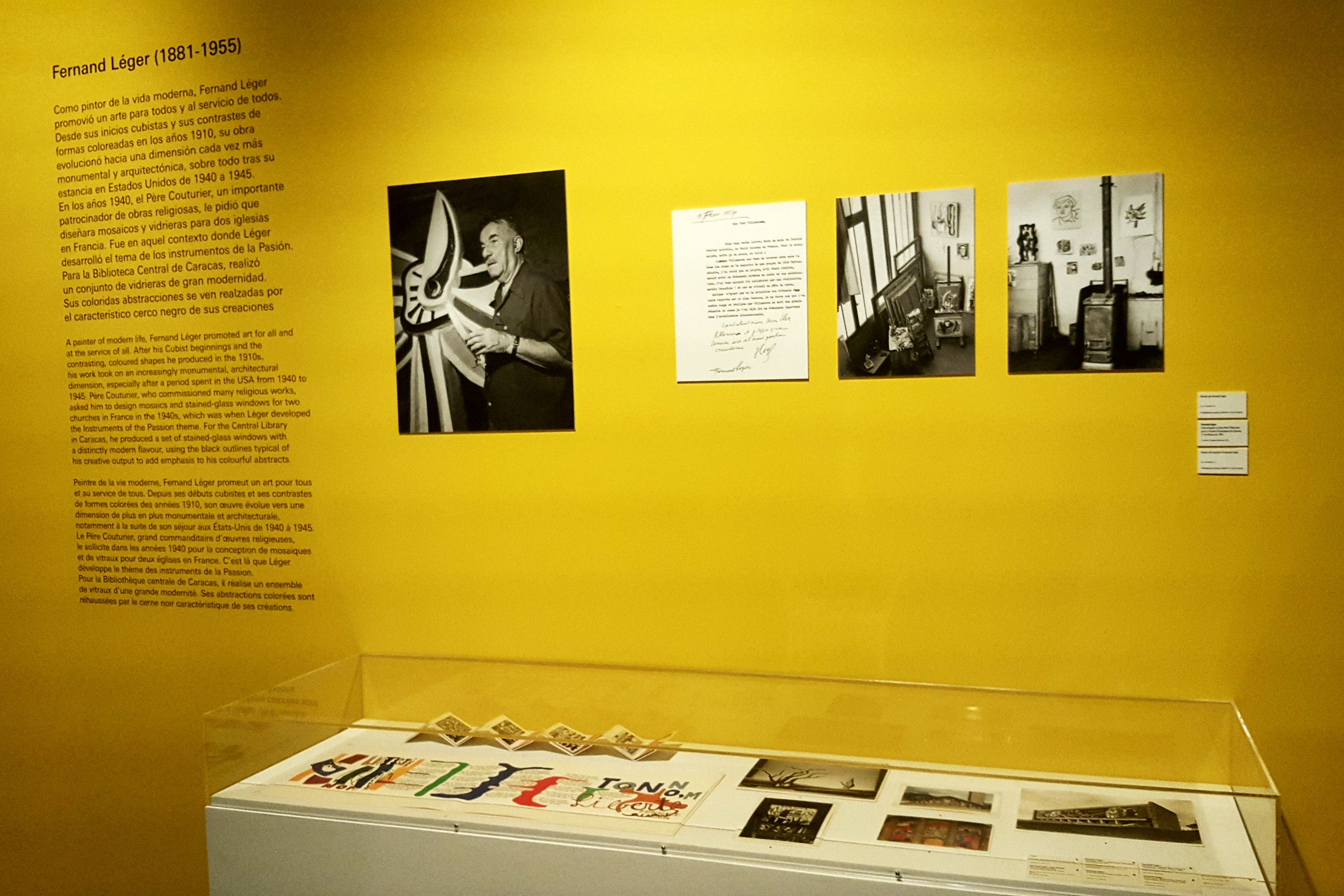
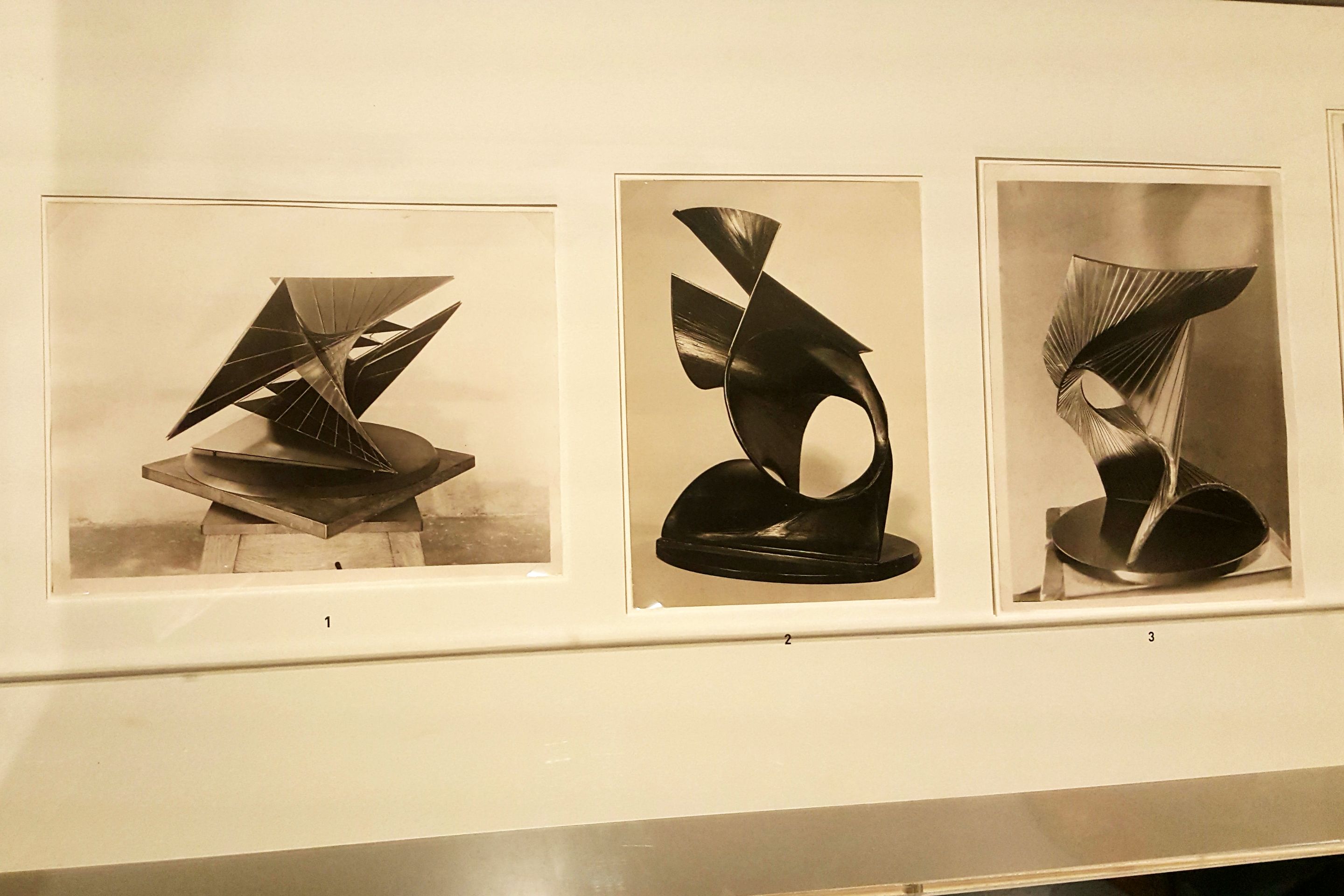 | 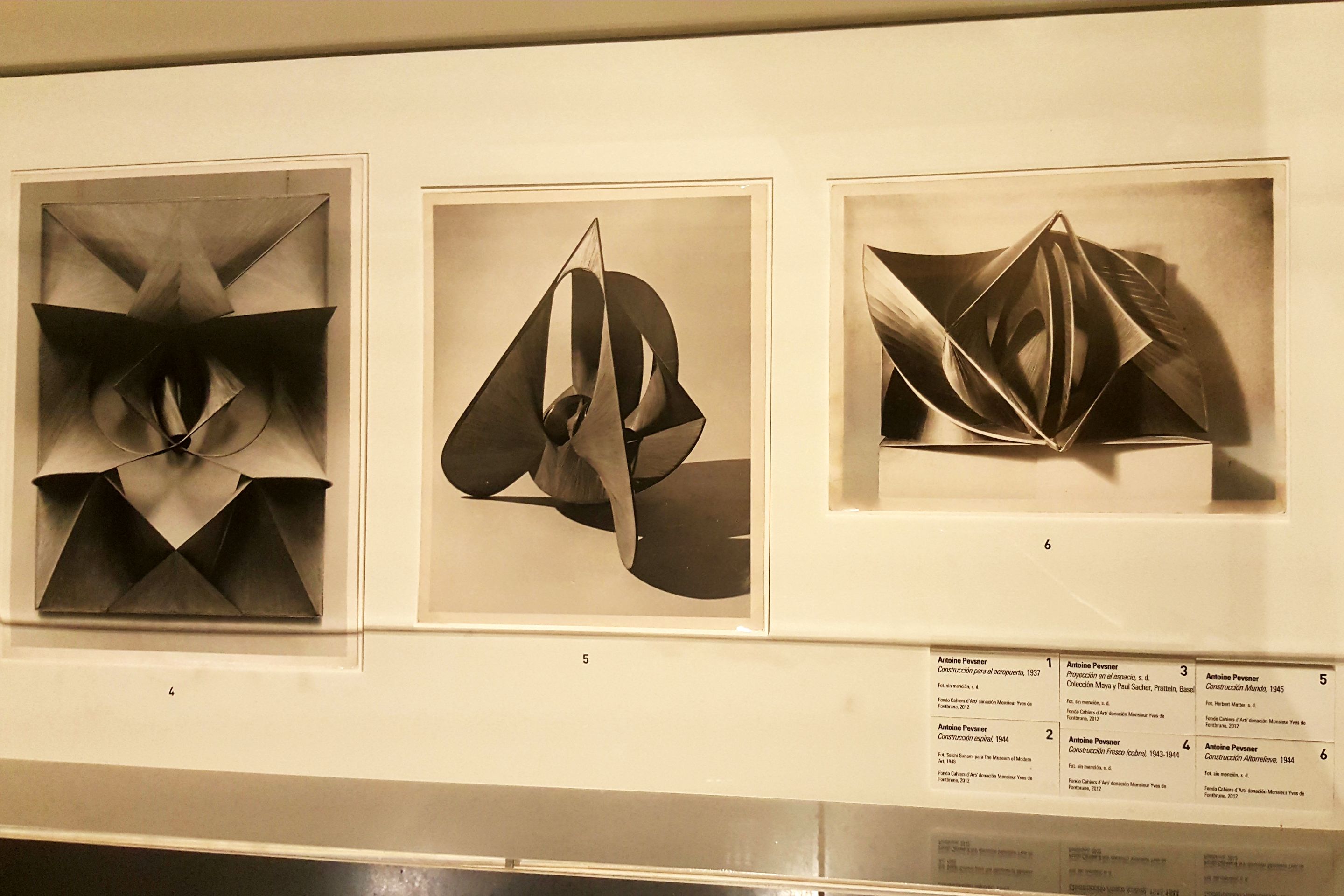 |
|---|
In one of the rooms I visited I could see a photograph of the library of the university city where a giant work of art is displayed as if it were a stained glass window, but at the same time on the walls of that room I could see smaller works of art, but in the same style as the one in the photograph.
The painting displayed as pure colour and related to sculpture and architecture.
And right in the centre of the room was a very beautiful huge sculpture, which from a distance looked like it was made of wood or at least had those colours. On one of the walls there was even a photograph of where it had been placed in the university town. A work by the artist Antoine Pevsner consisting of soldered brass and painted with glitter. It is called Dynamism in 30 degrees. It was amazing to see it from different points of view.
I was also able to see, close to this work, several photographs of other sculptures in the same style.
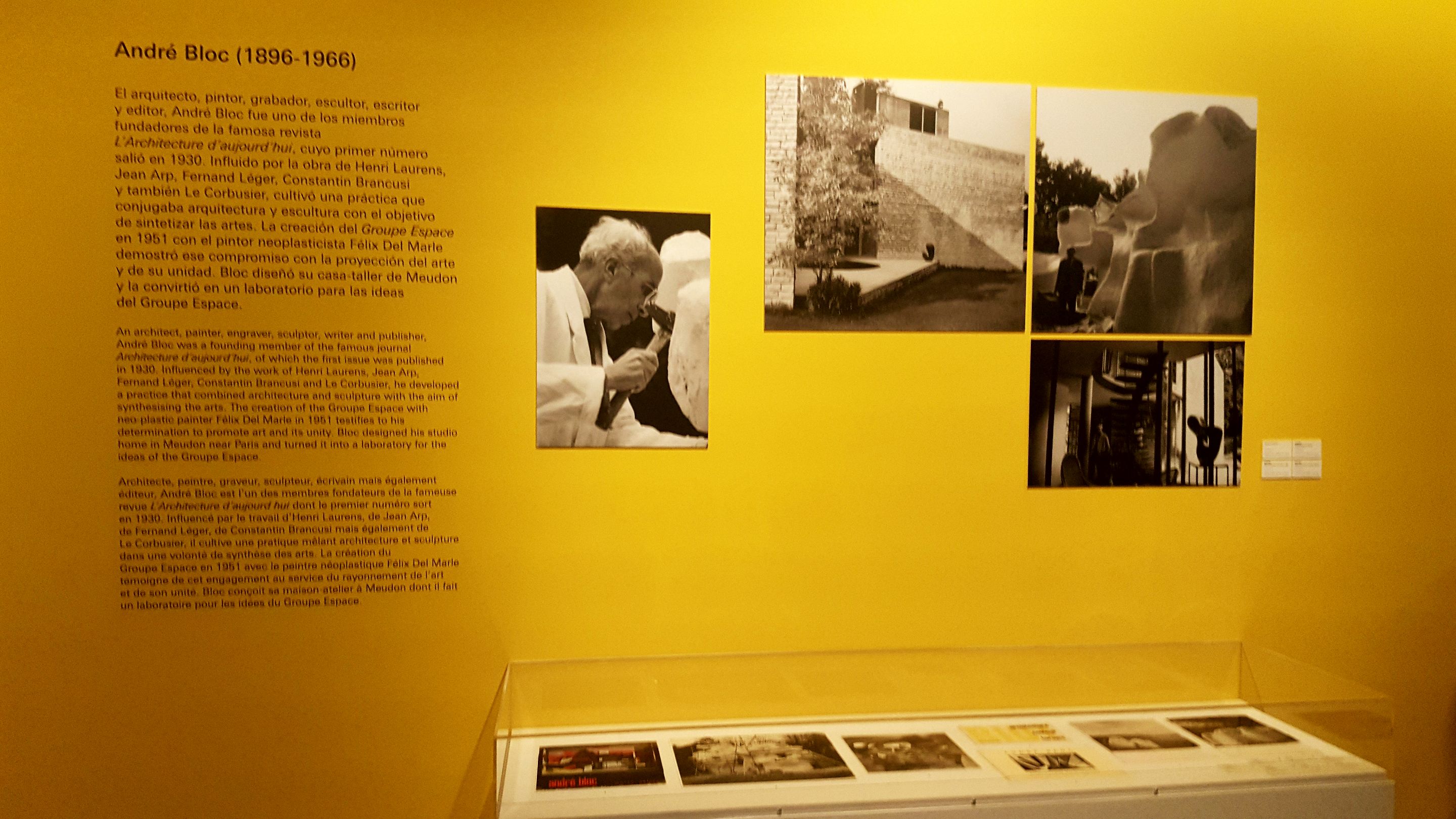
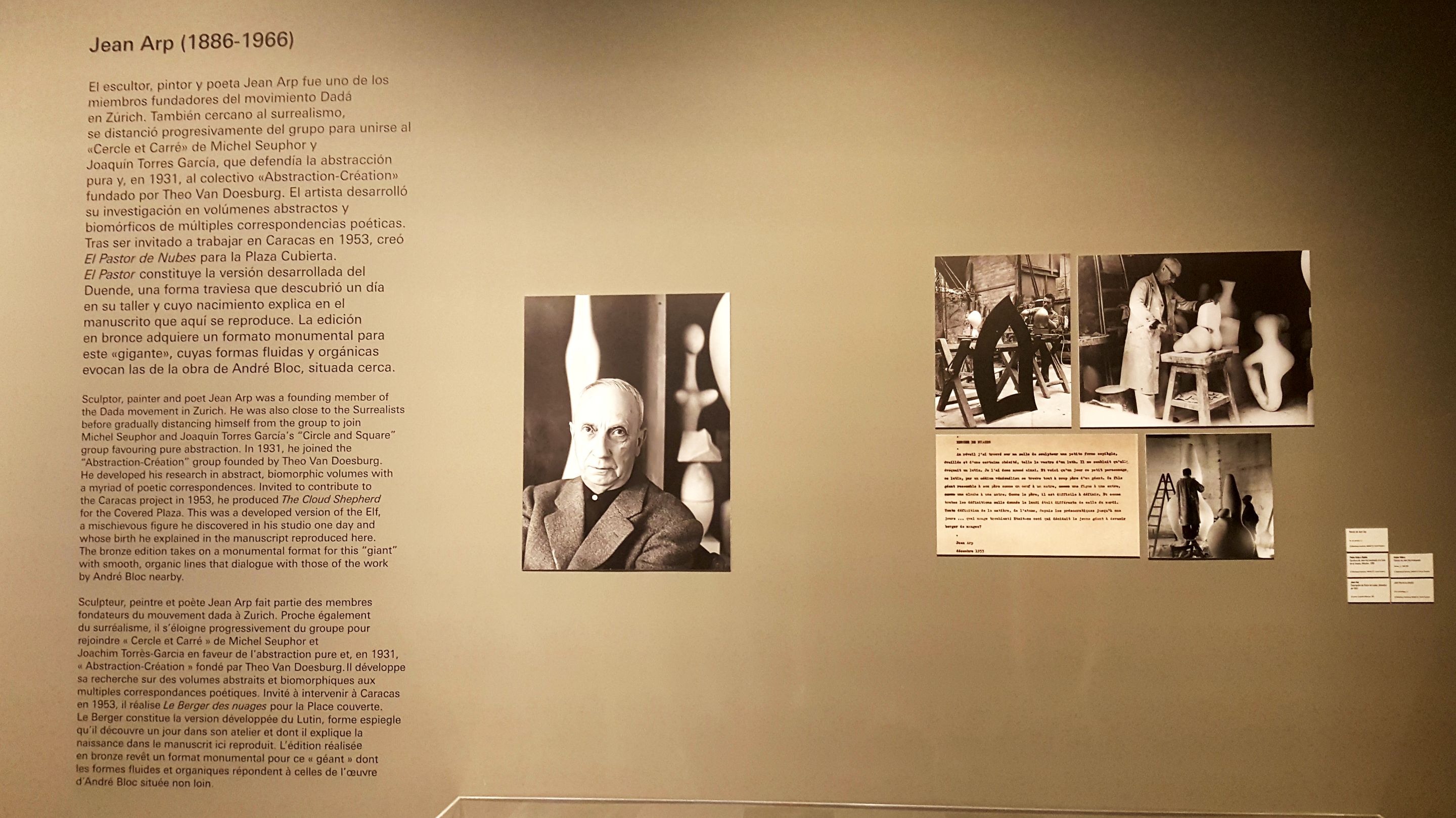
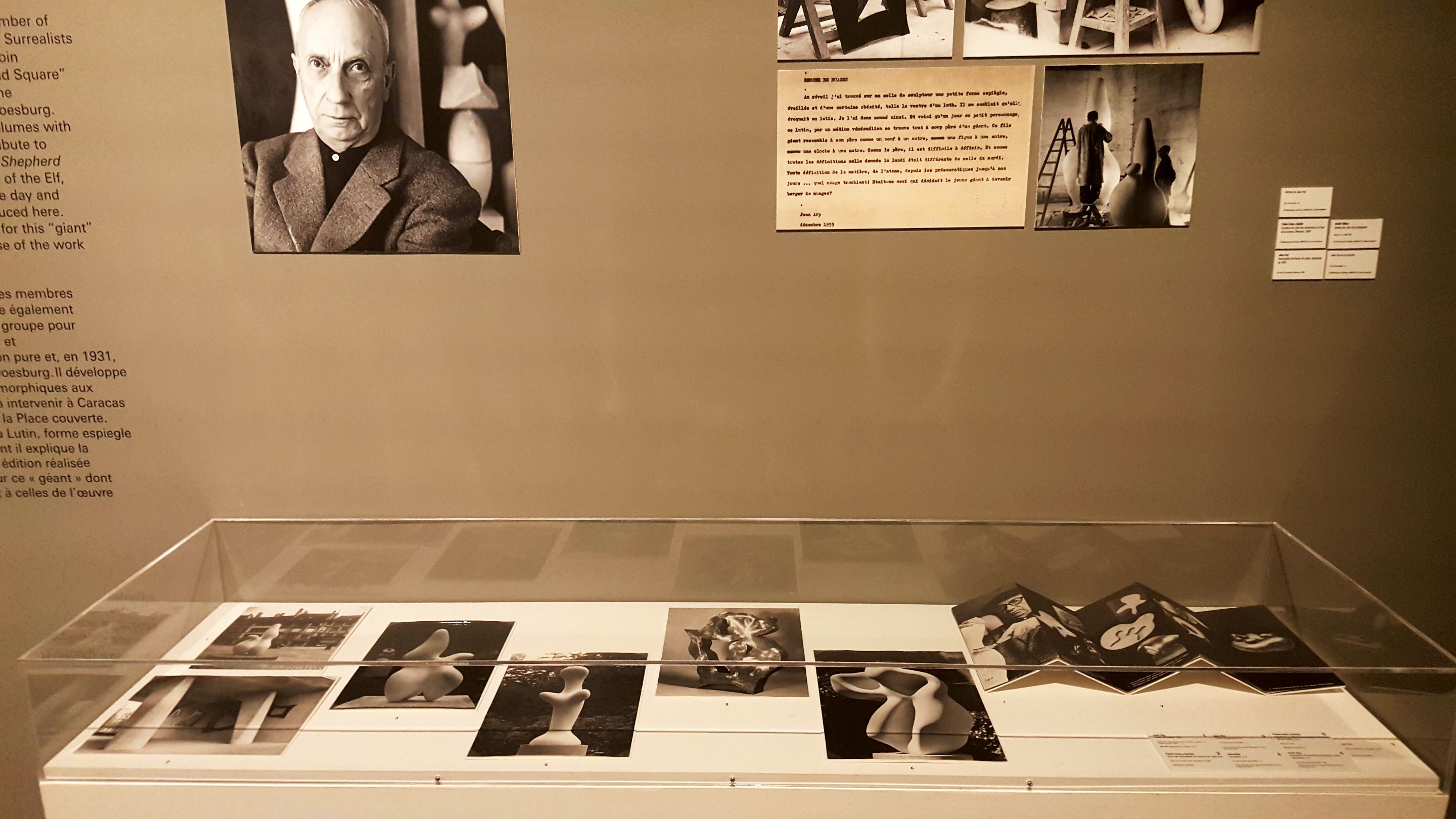
Each space in the room told the story of all these great artists who worked together to develop this grandiose project and how each one of them intervened, and everything was duly explained and detailed. The whole thing makes you feel like you are transported to that reality and live it.
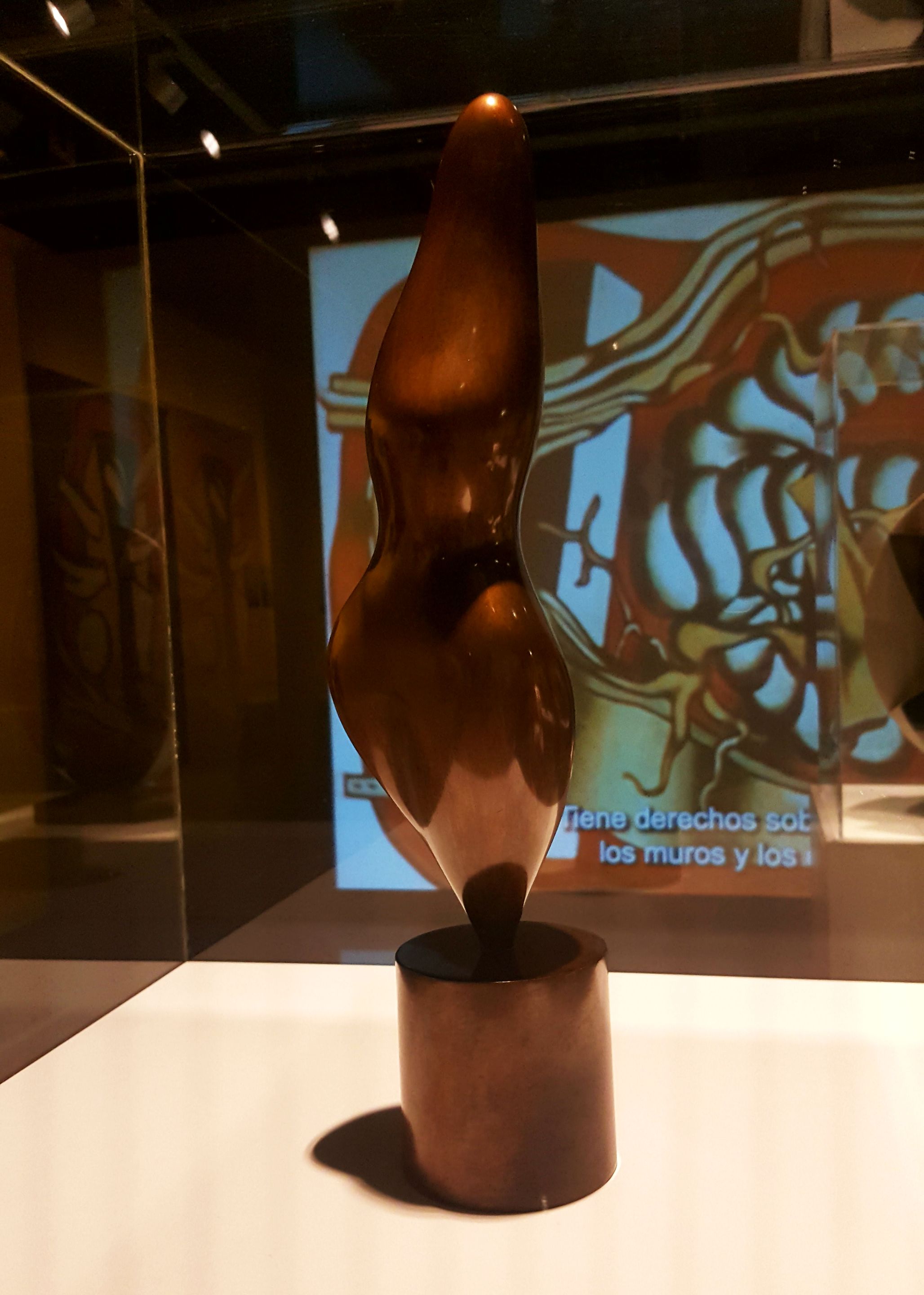 | 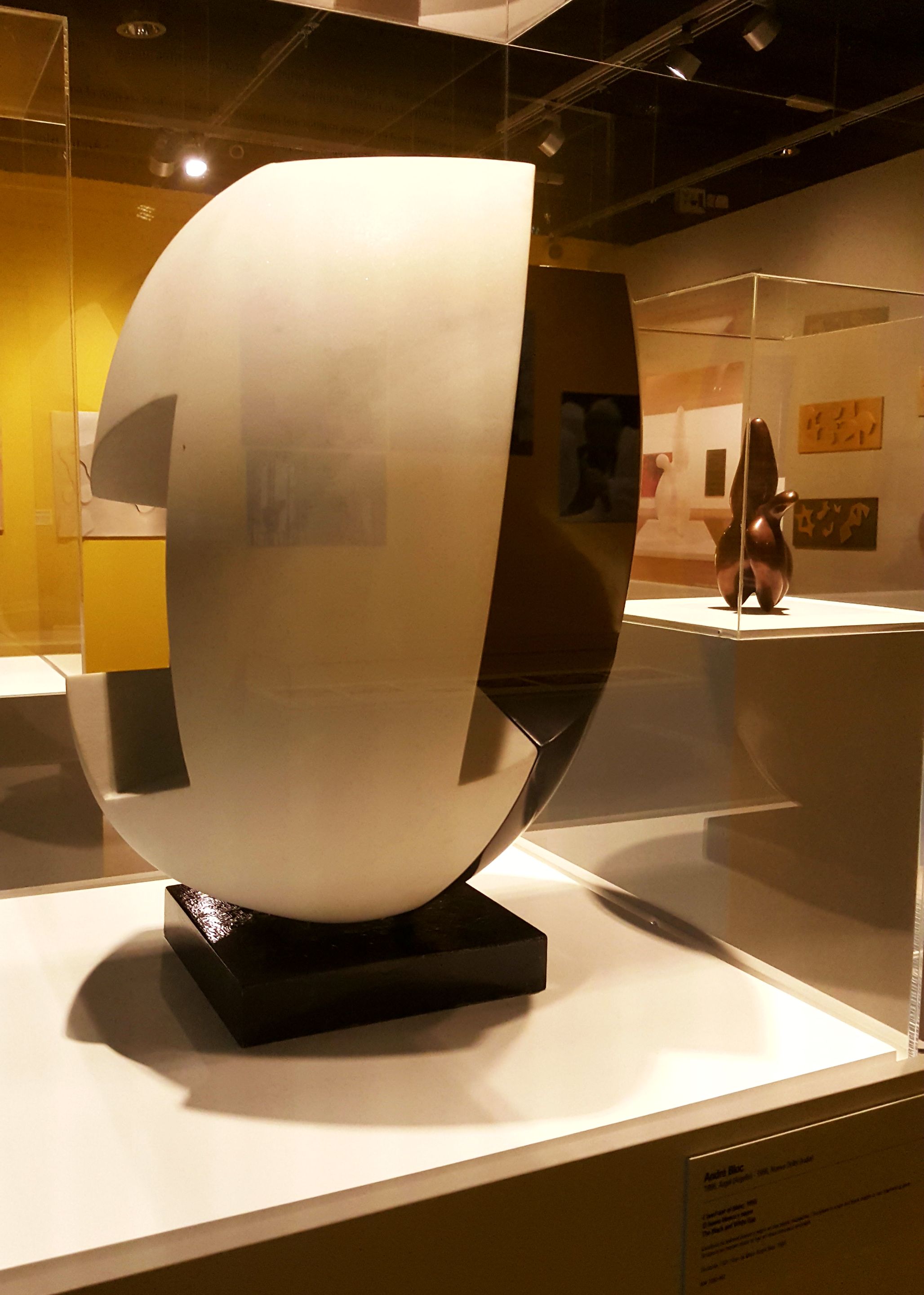 |
|---|---|
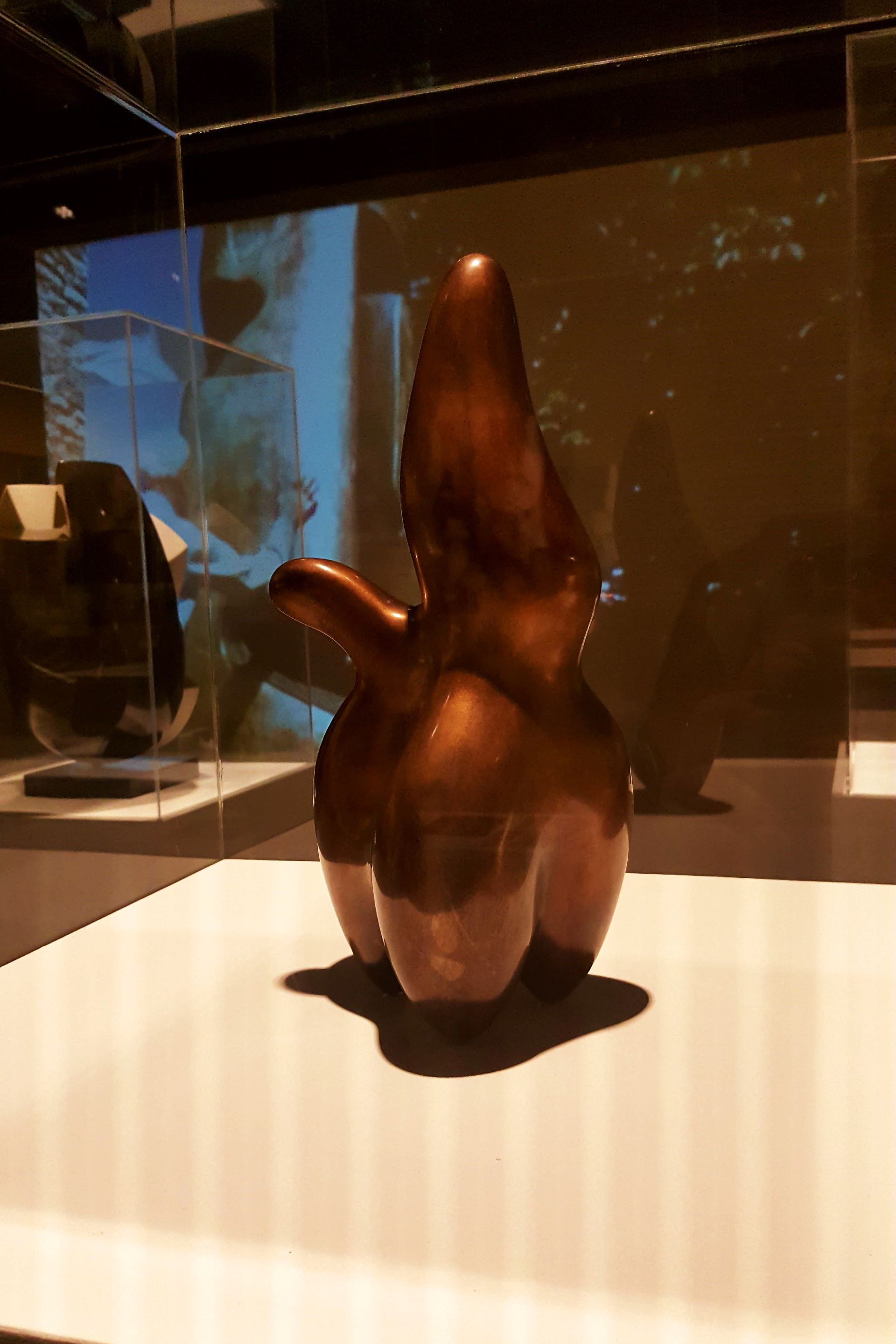 | 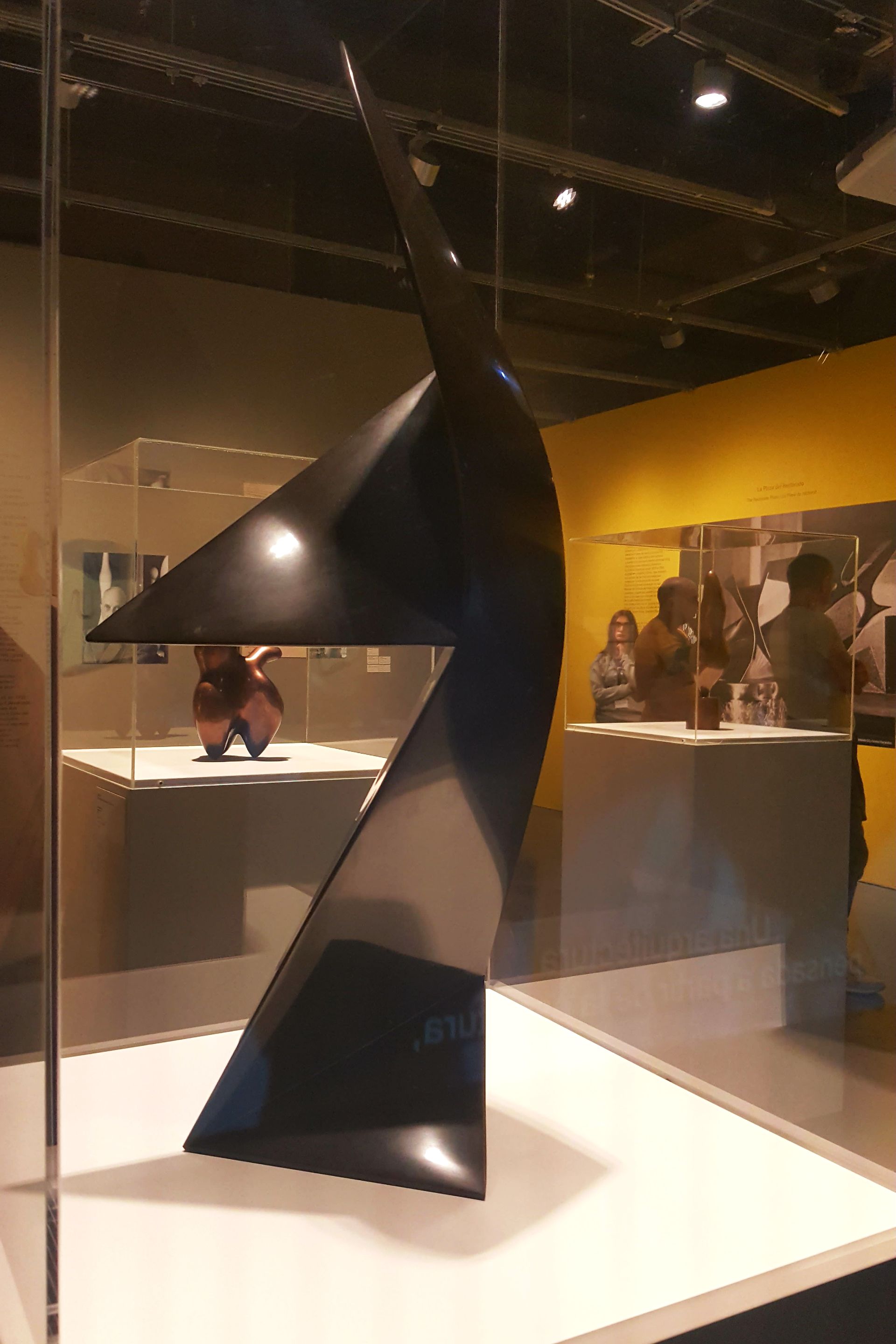 |
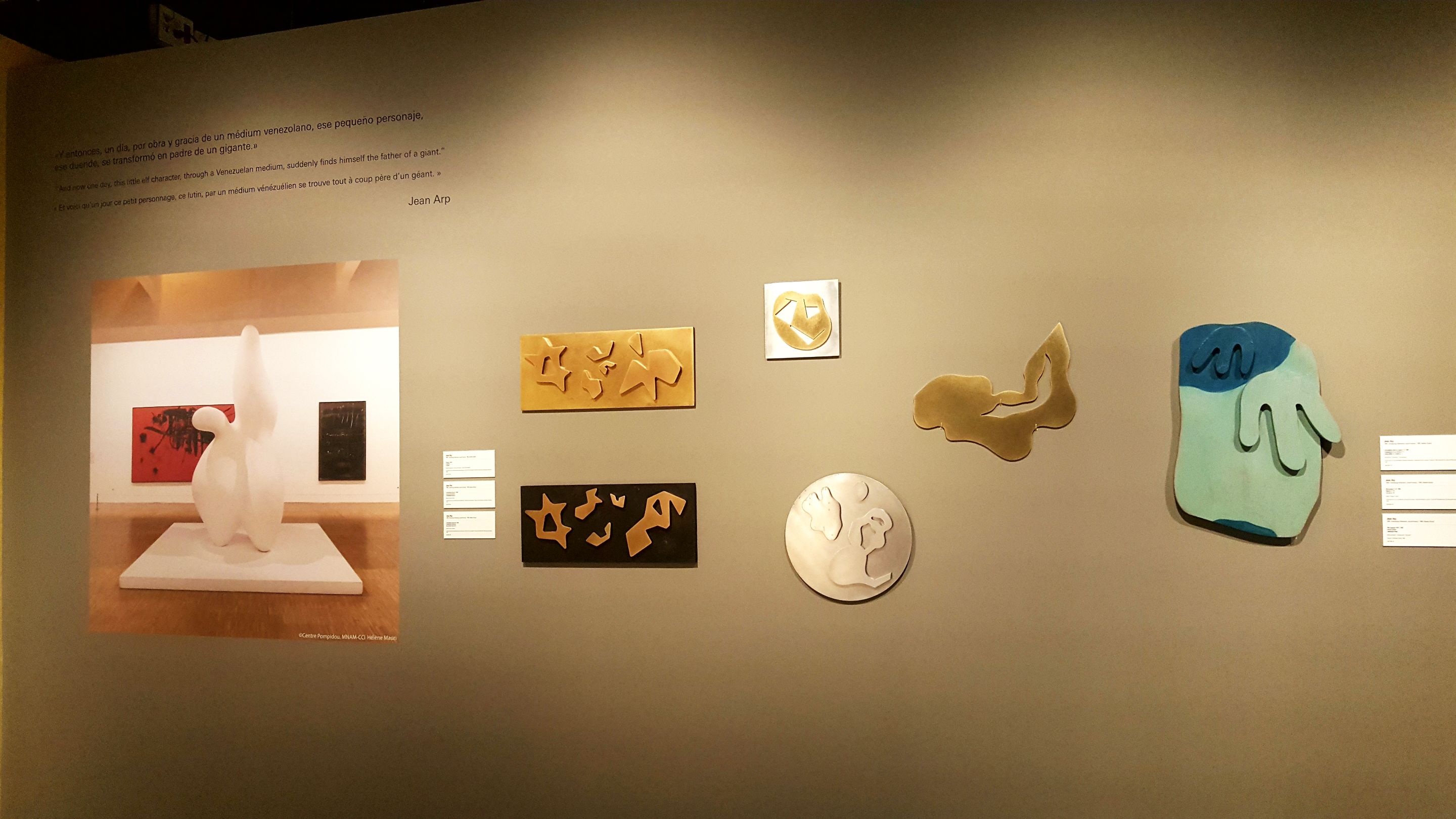
In the next room I found more photographs of different environments with their corresponding explanations, but on this occasion what I admired most were the large number of sculptures in the centre. It was a u-shaped room and on both sides of the u there were many sculptures, all of them beautiful.
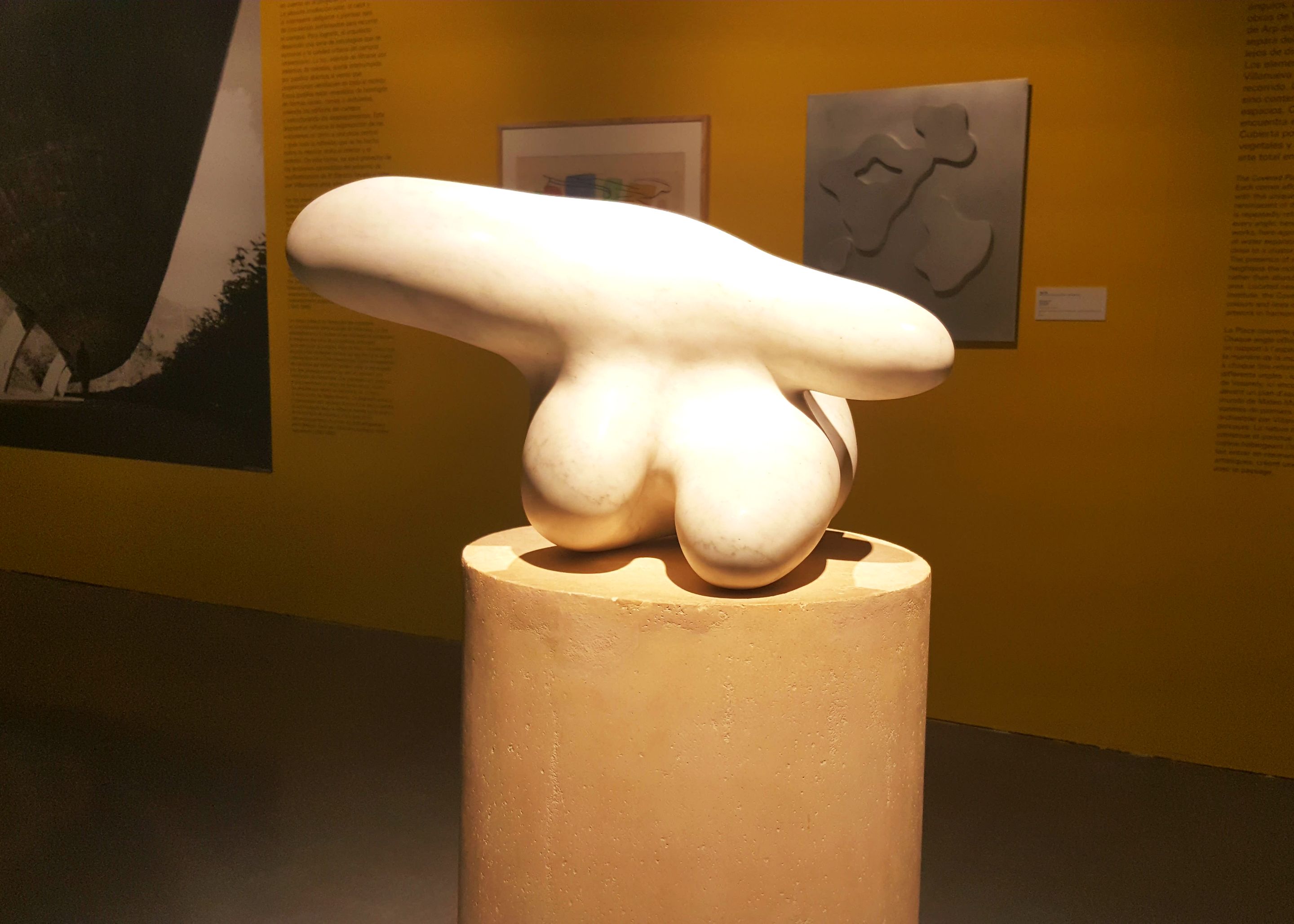 | 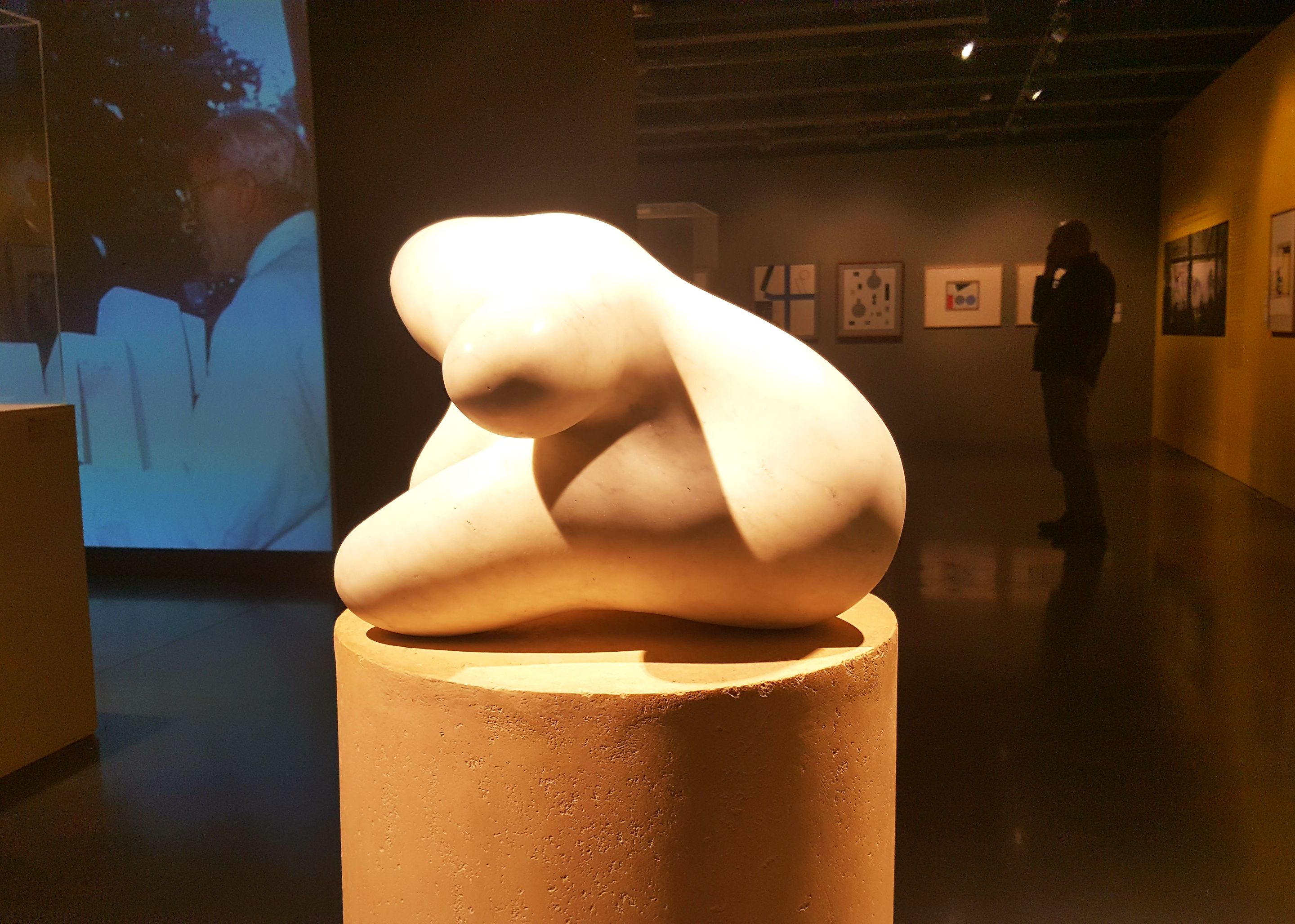 |
|---|
This beautiful sculpture belongs to the artist Jean Arp and is called Human Concretion, from 1934.
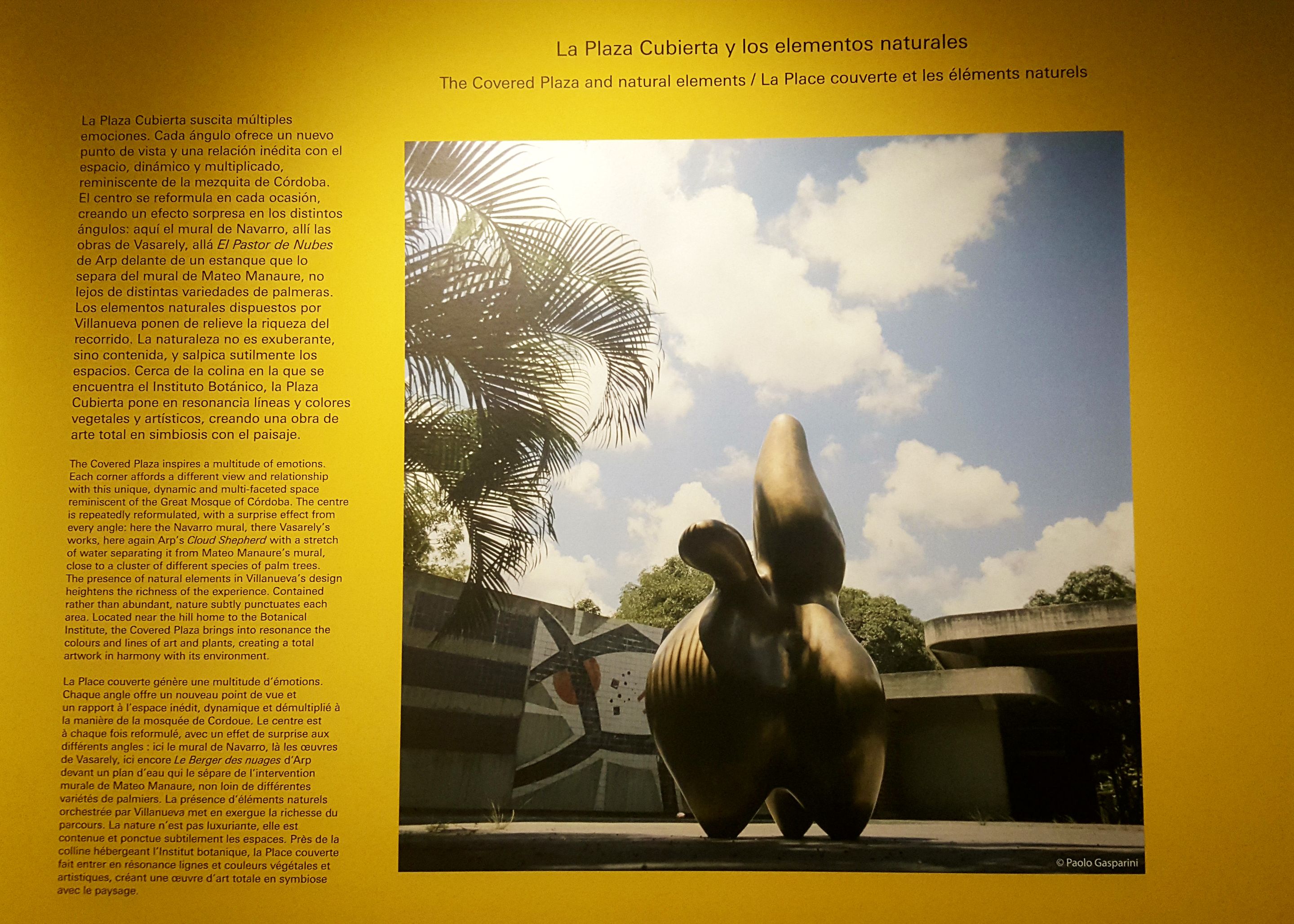
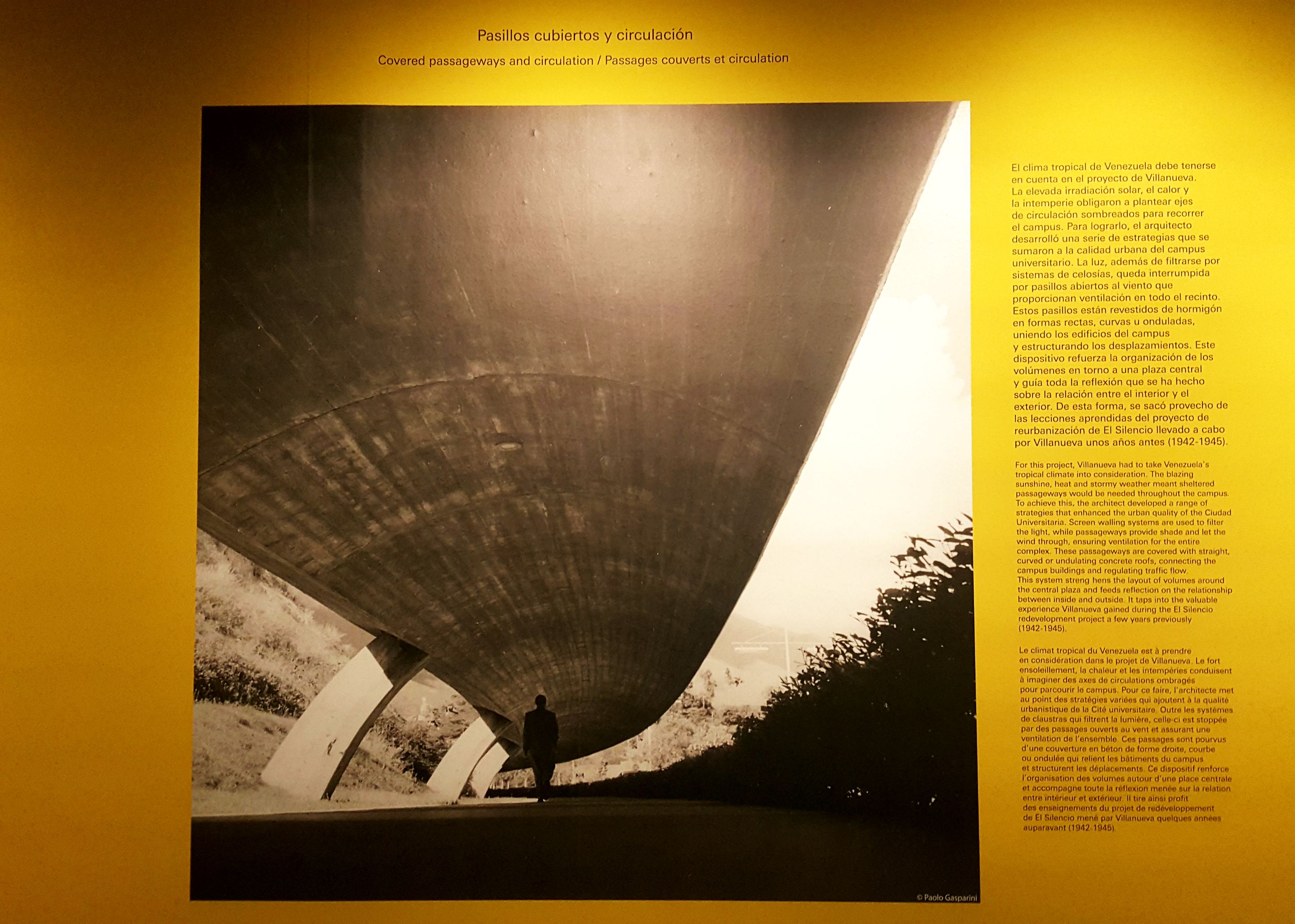
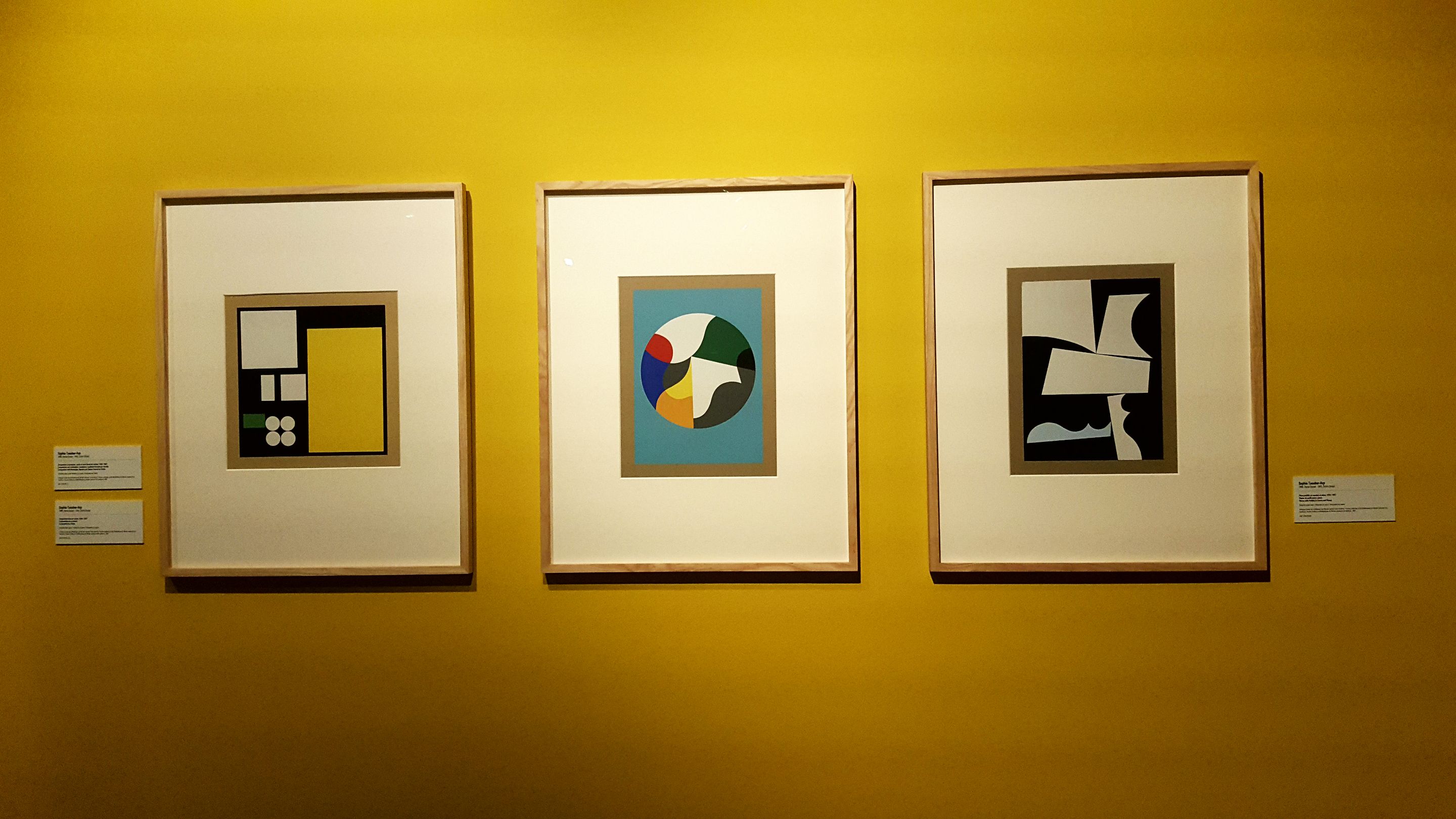

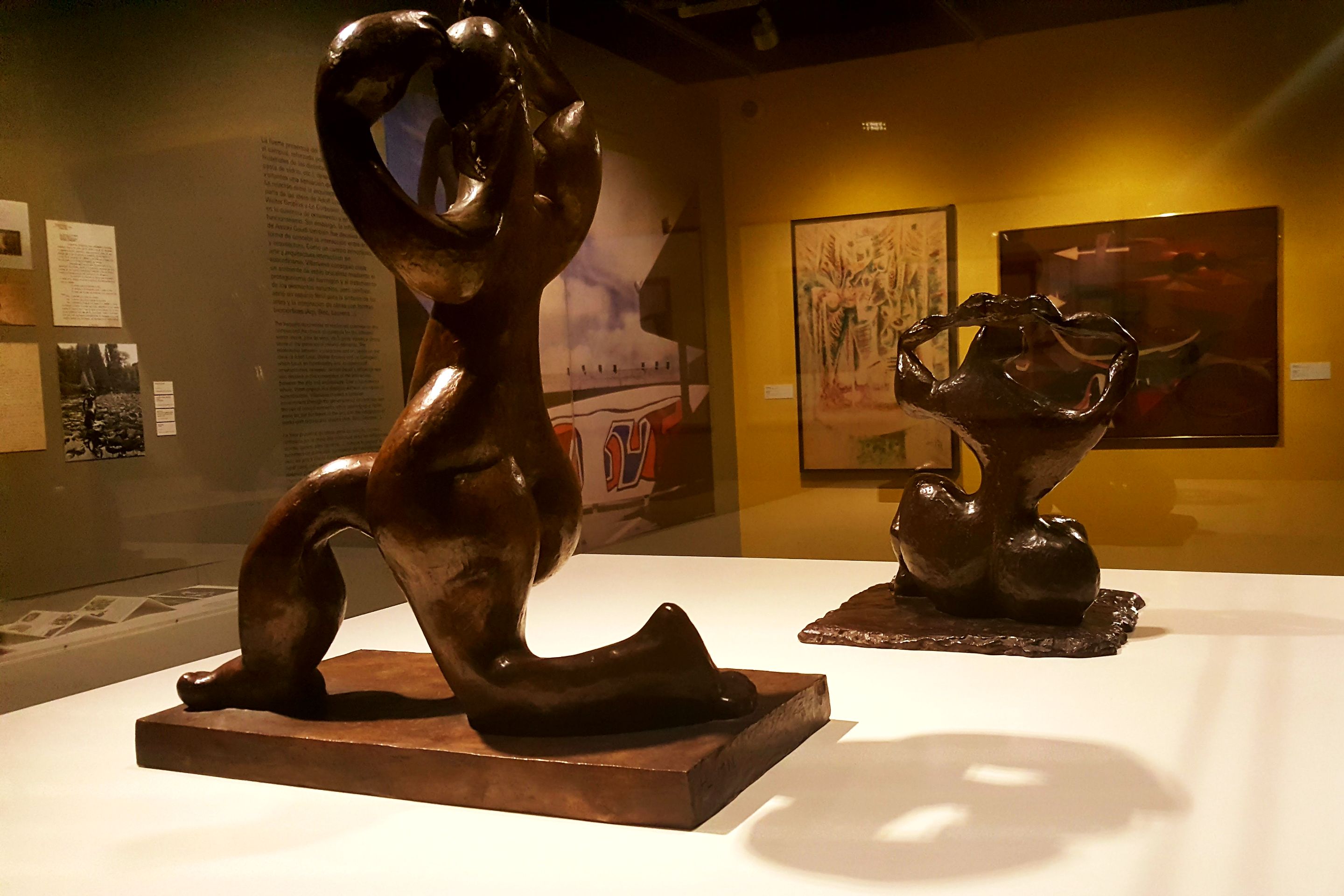
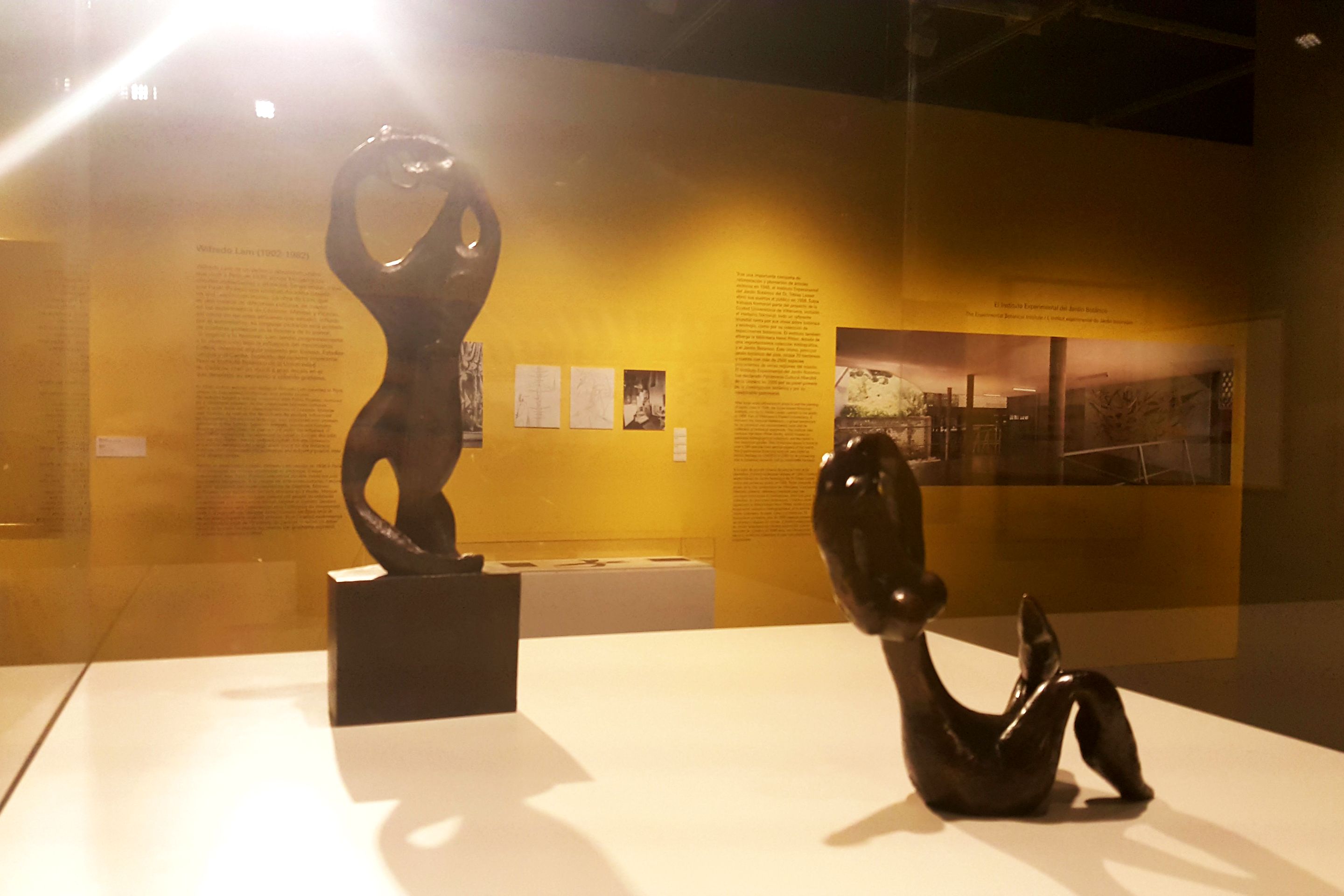
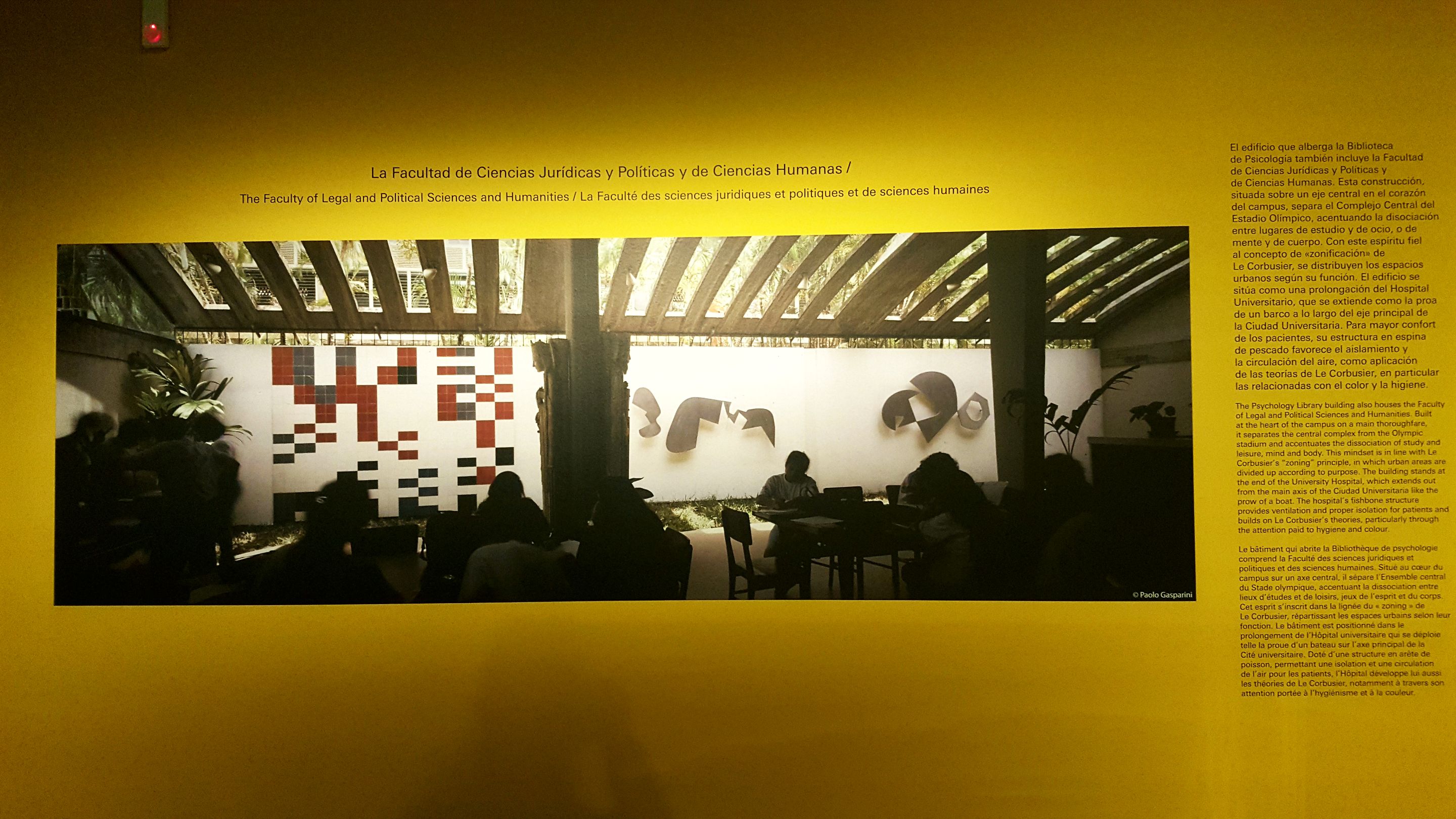
On the walls there were also many other works on display, in addition to the photographs, abstract and modern works in colour and geometric shapes that perfectly matched the whole of the exhibition.
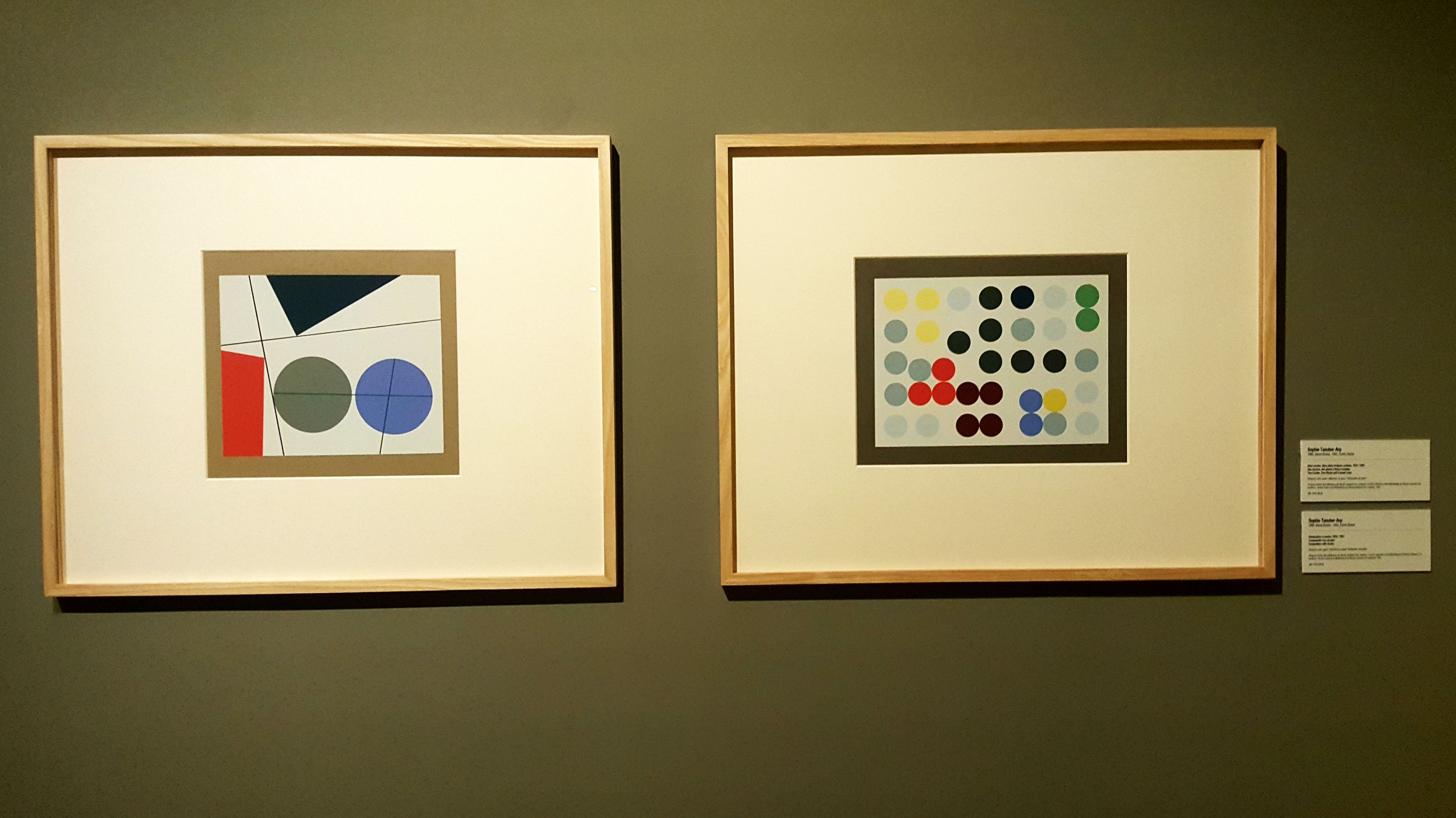
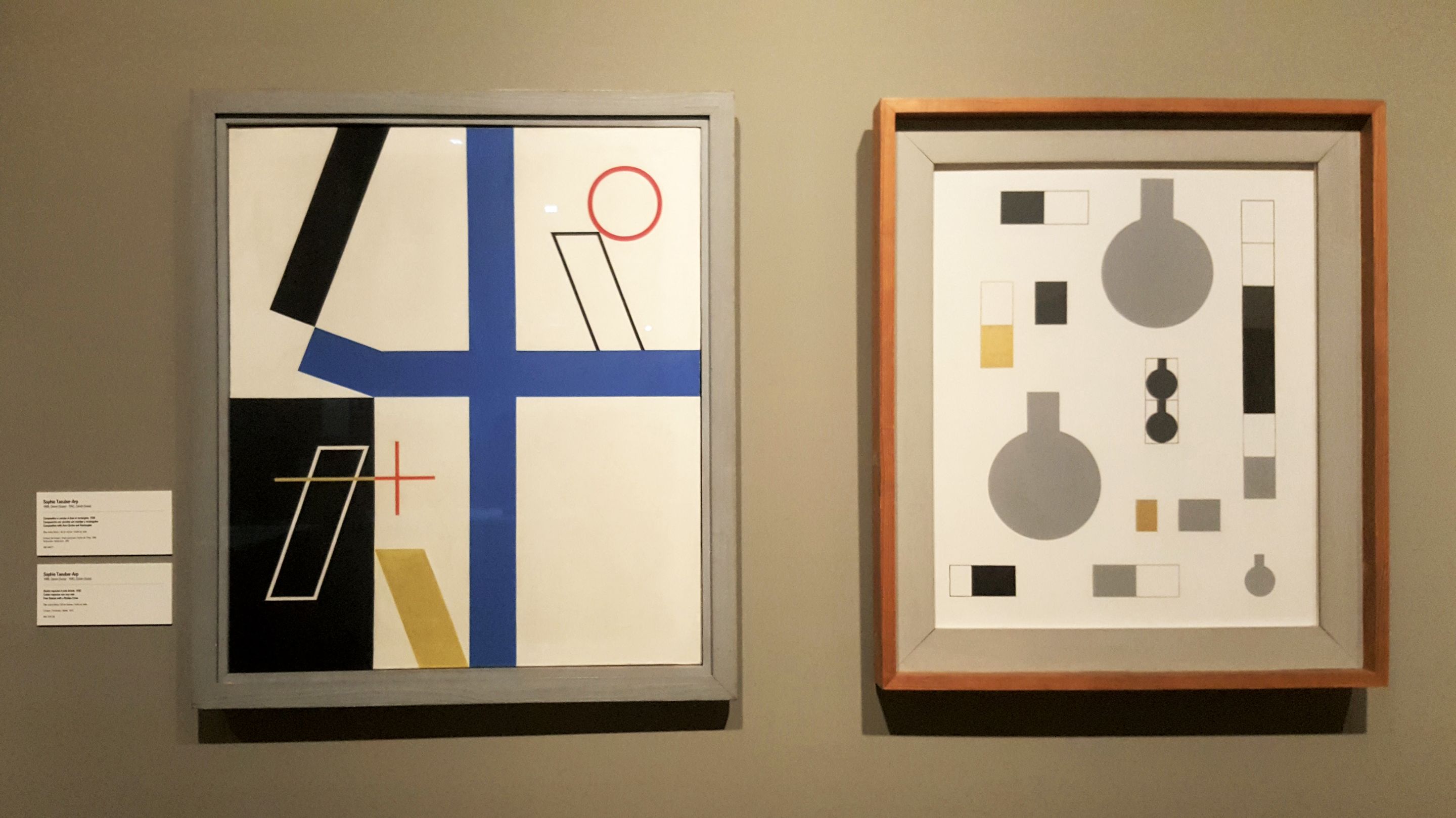

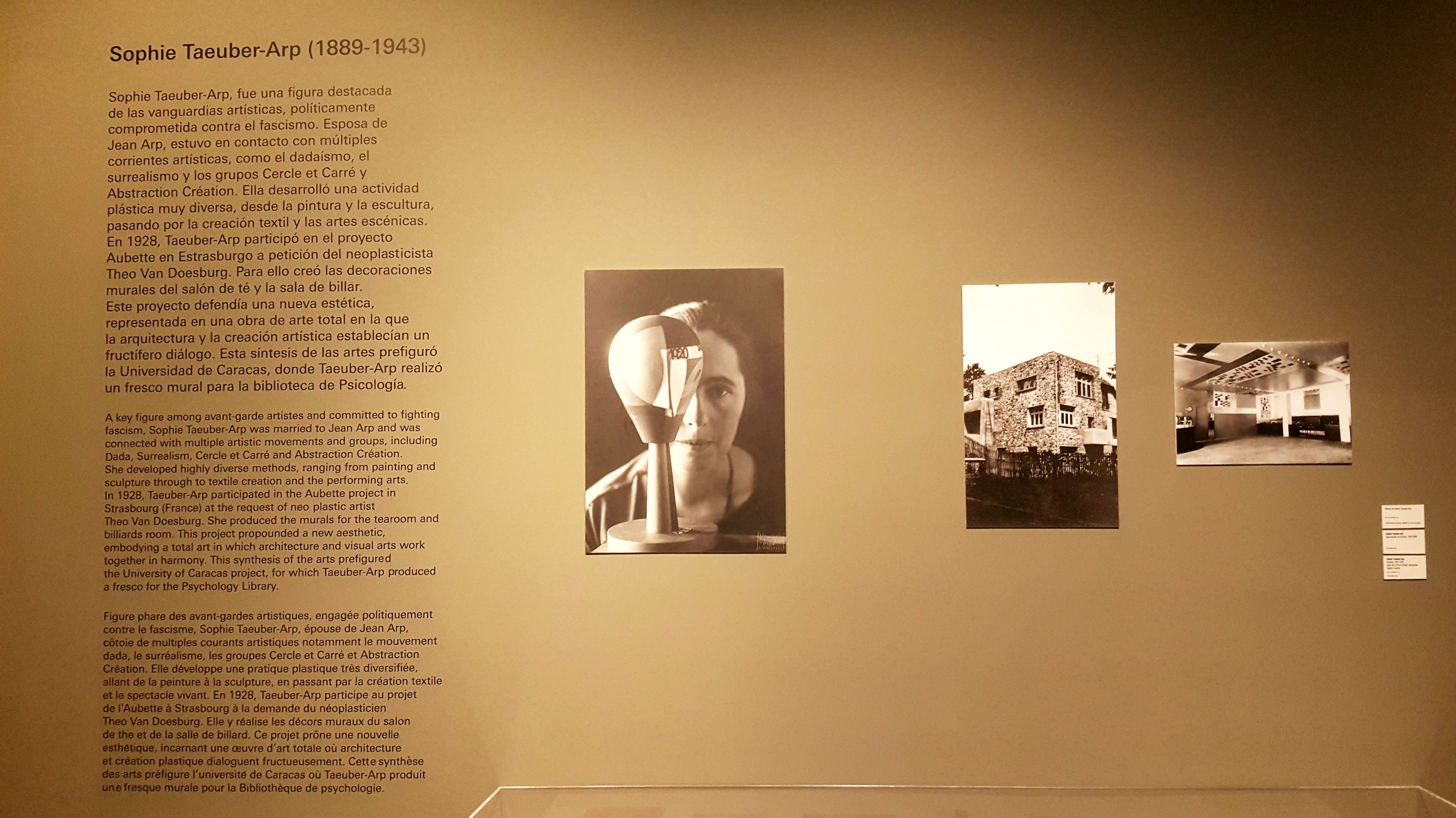

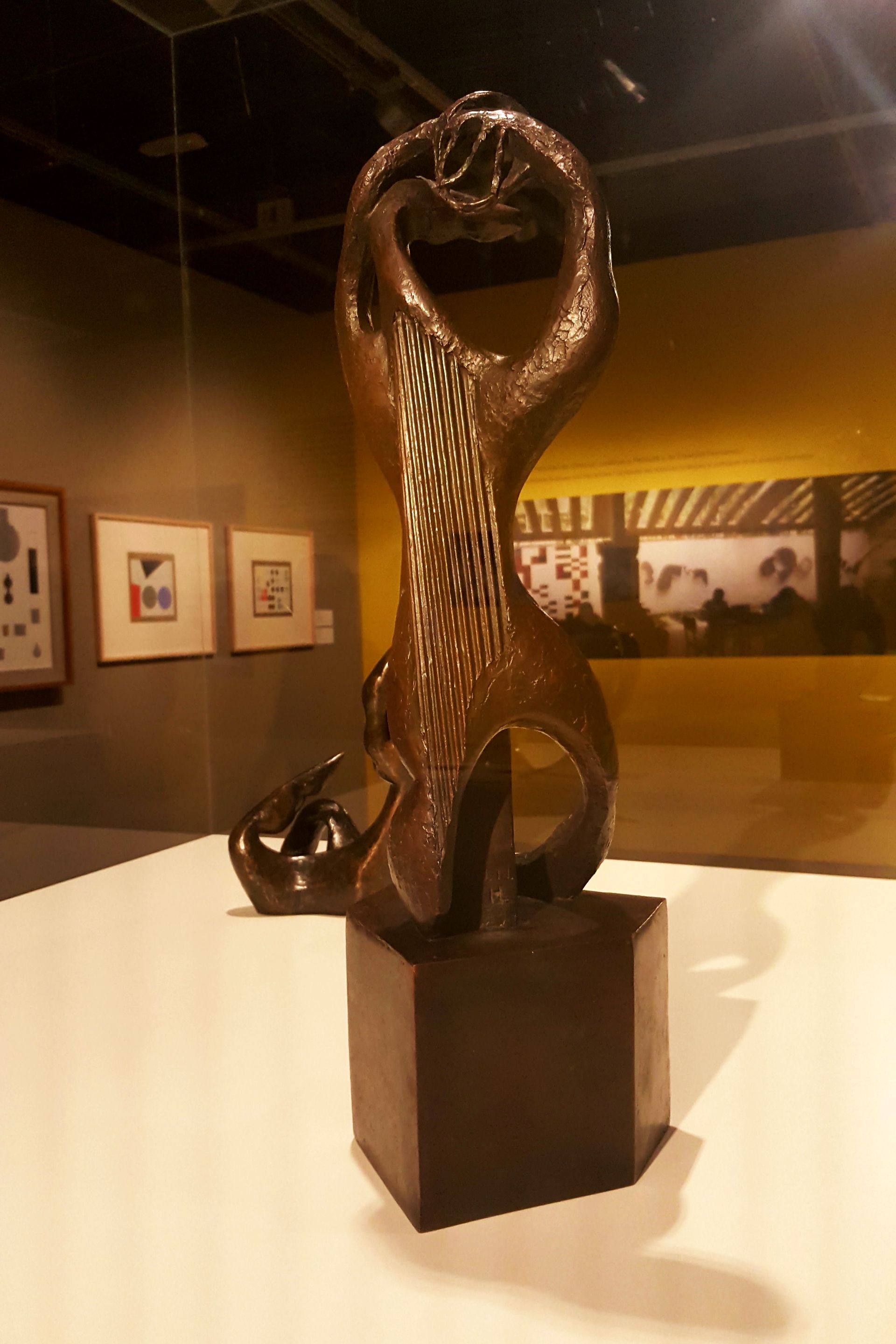 | 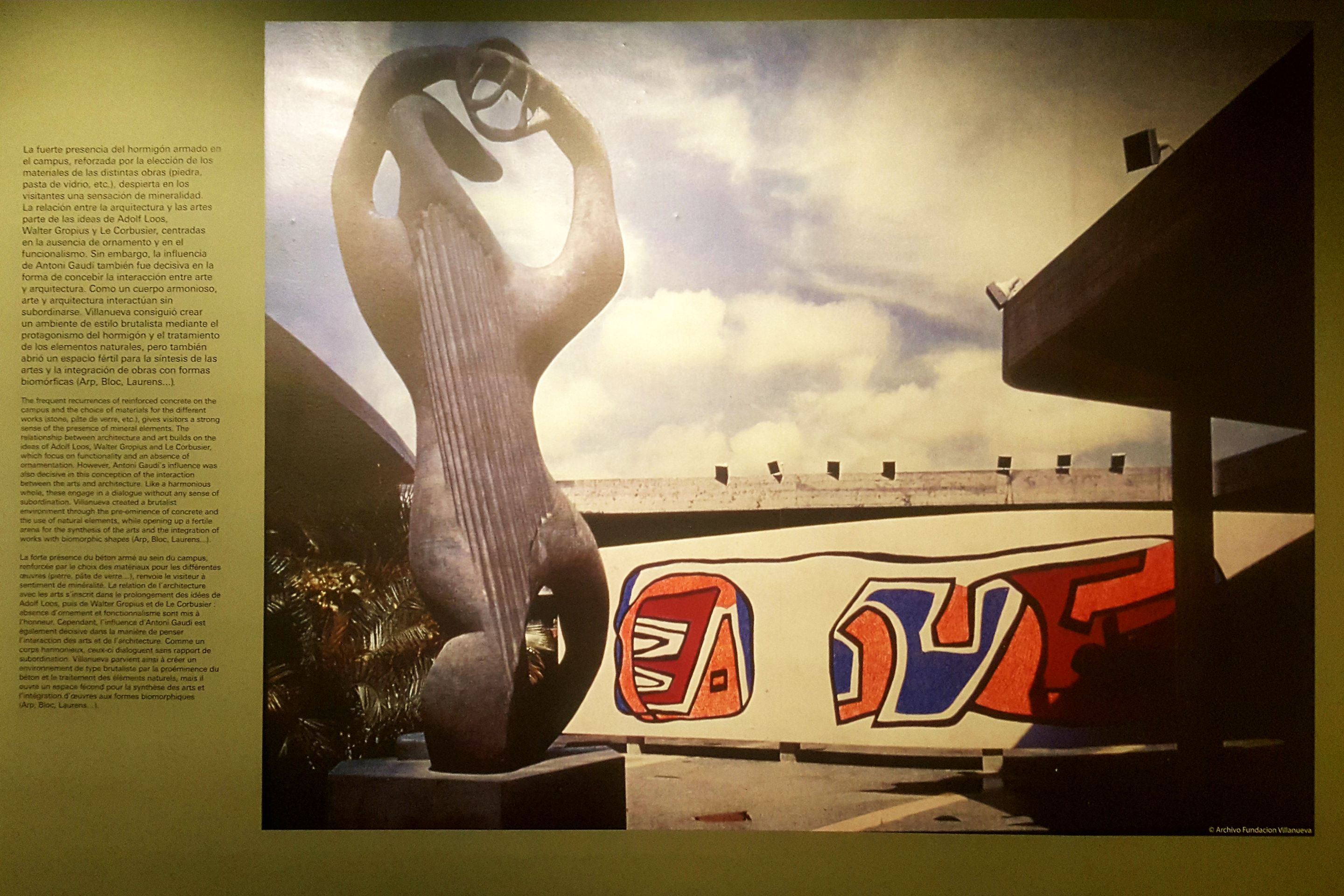 |
|---|
In each room there were other showcases, in some of which there were books with designs, in others photographs, very well cared for.
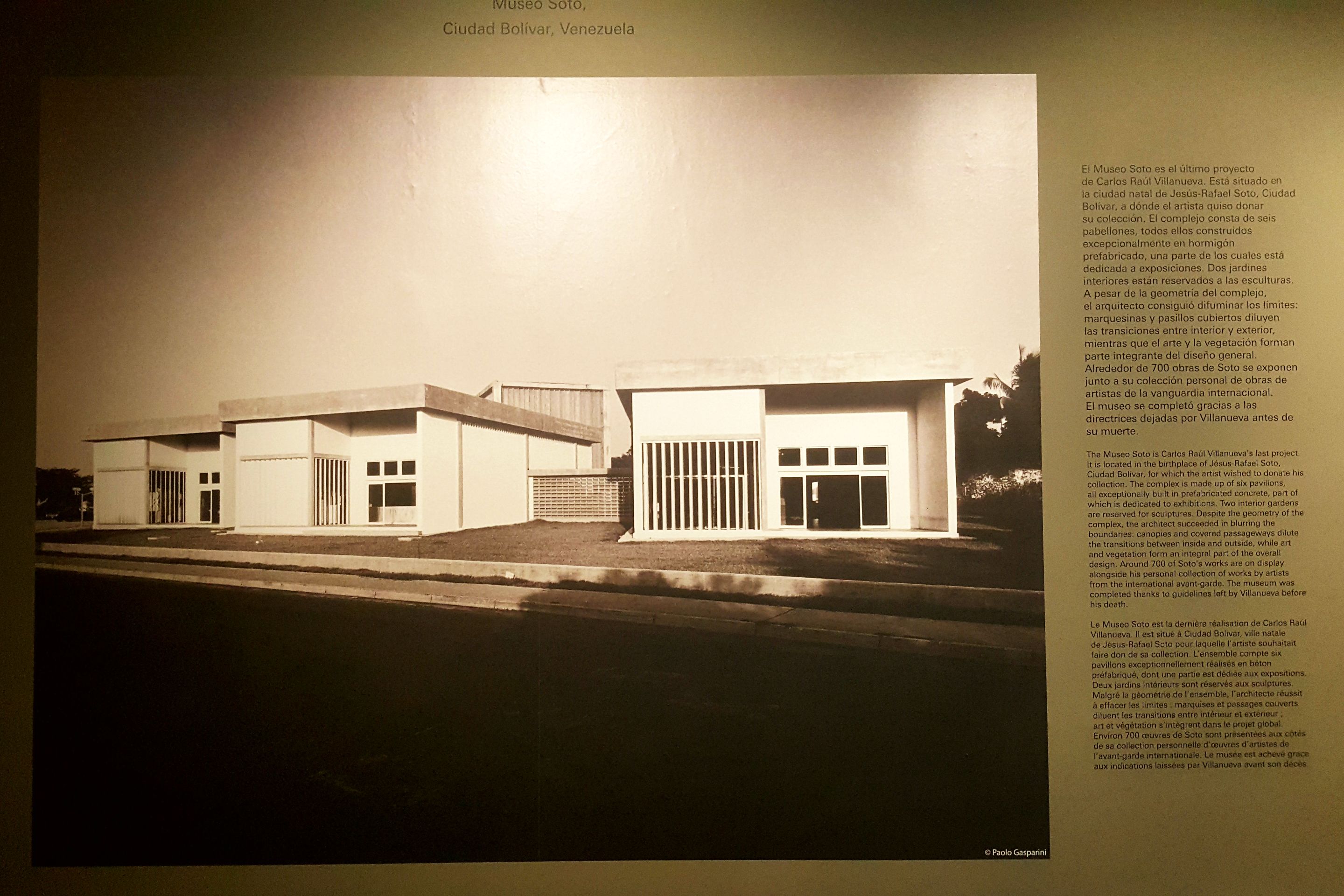 | 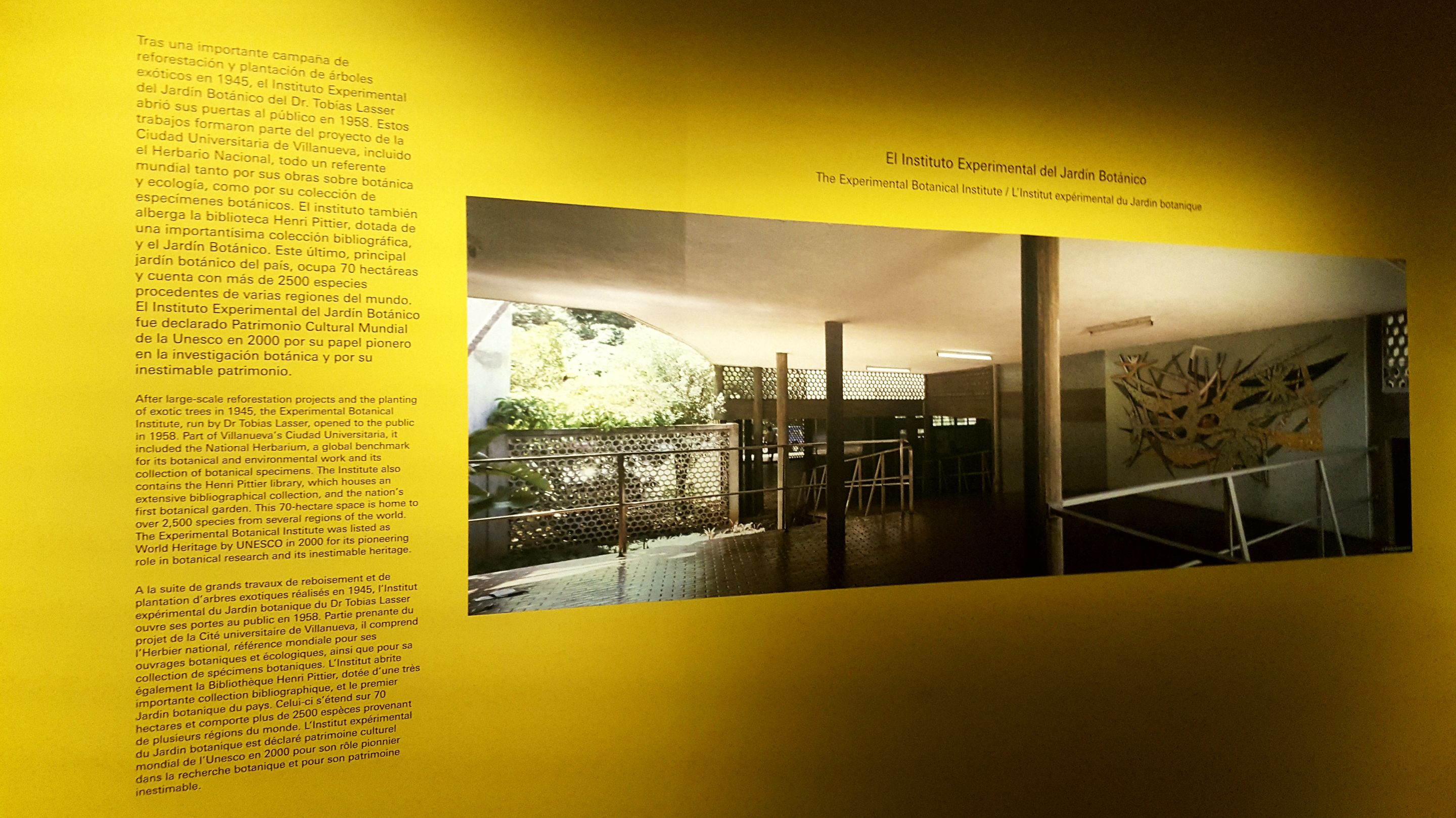 |
|---|---|
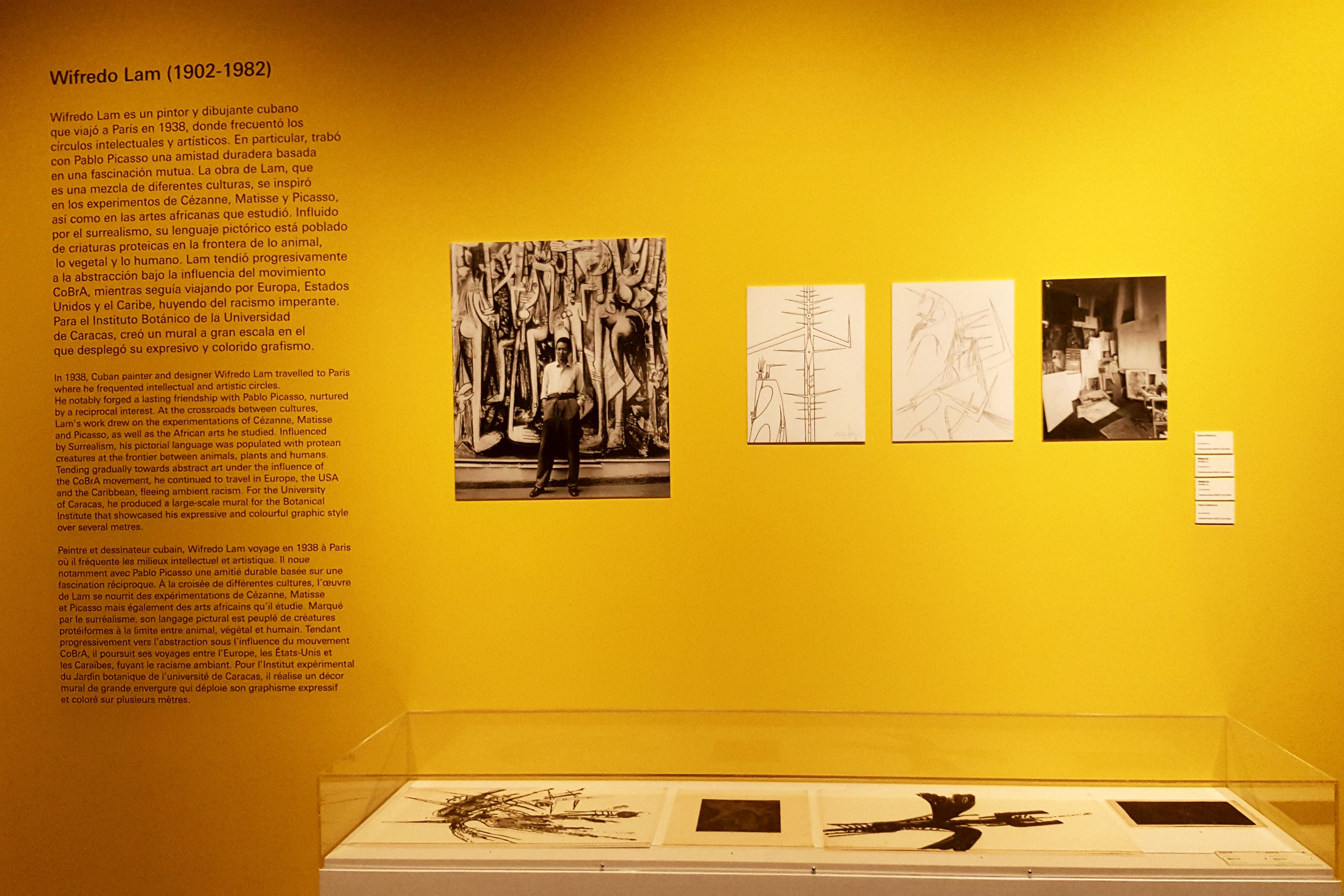 | 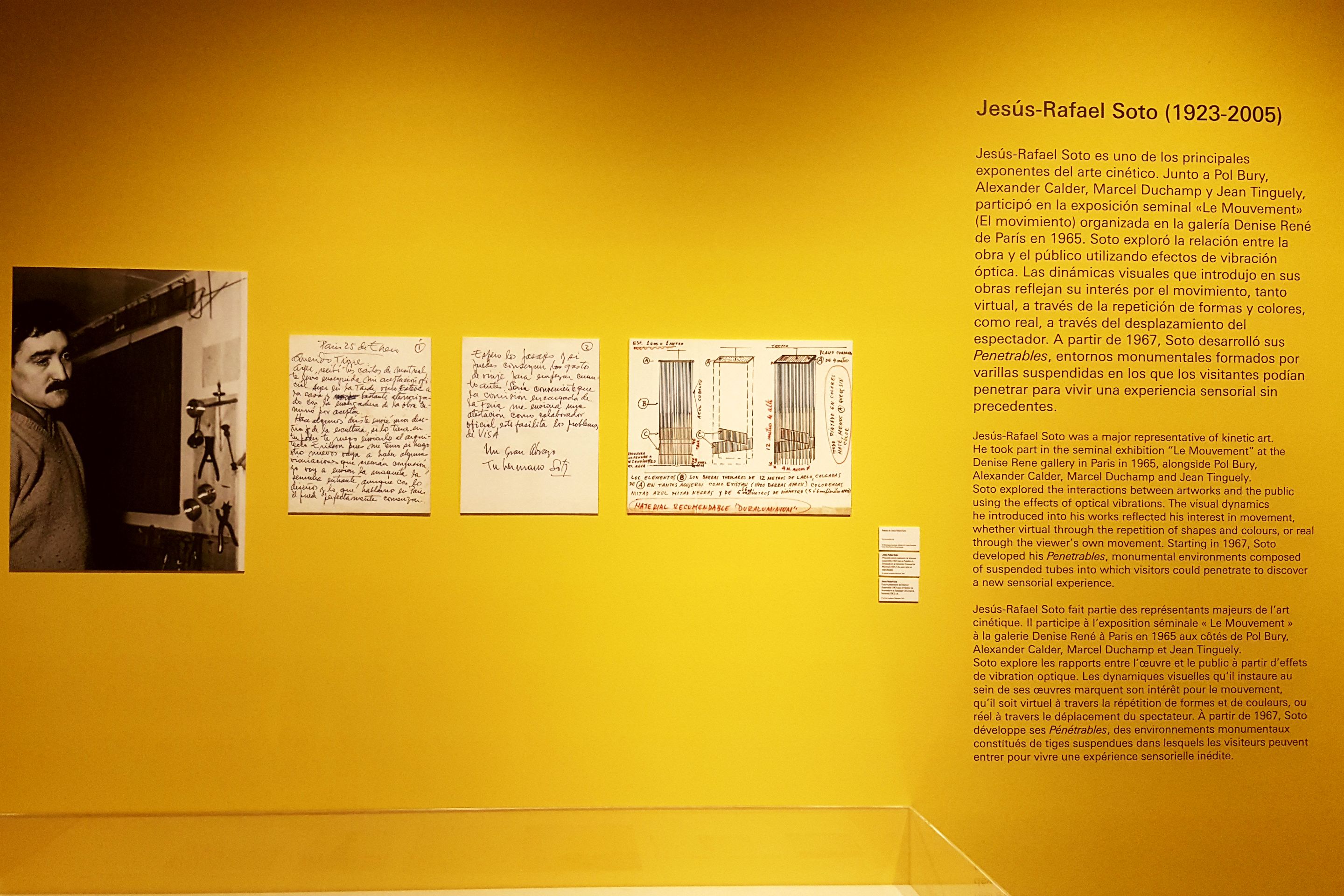 |
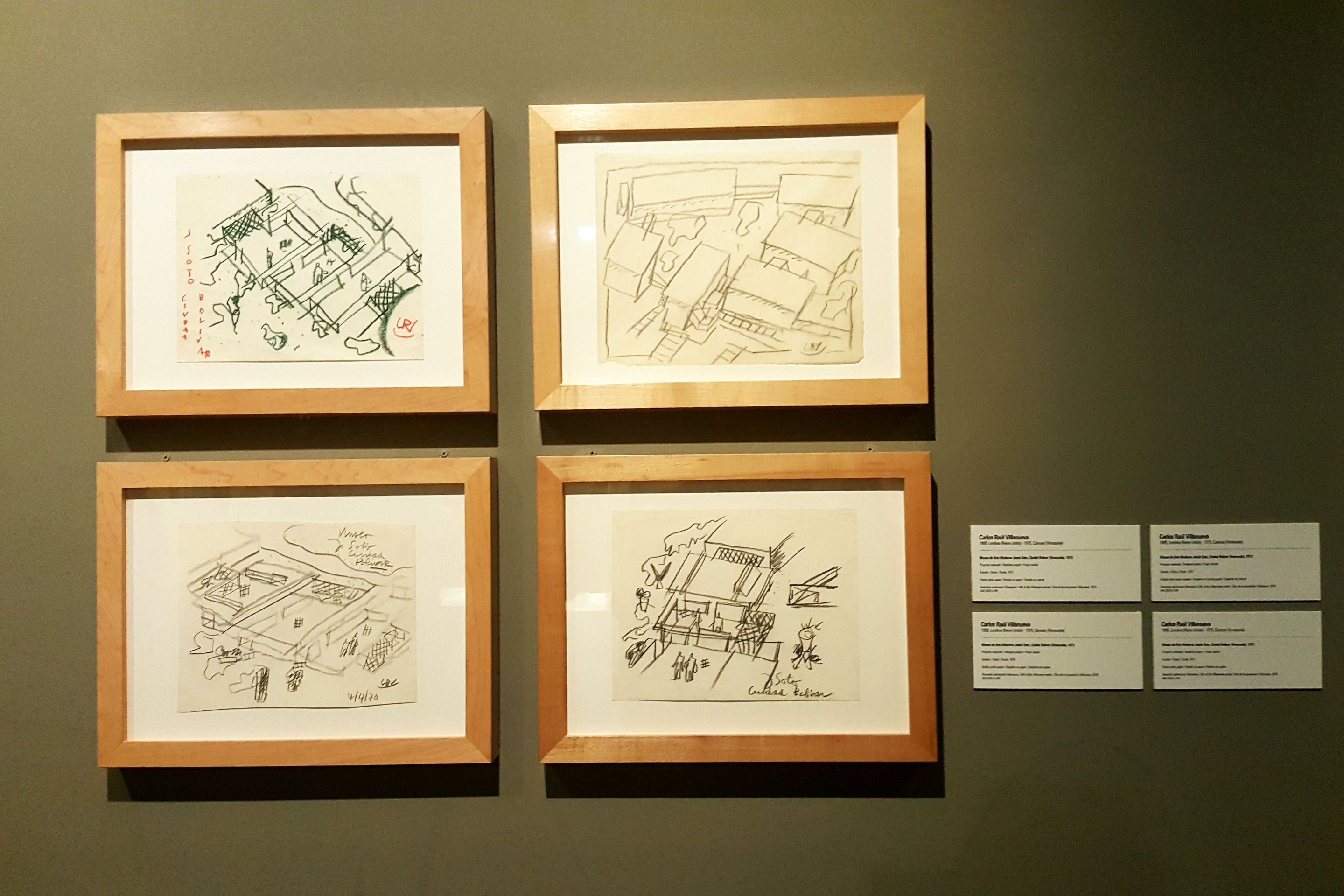
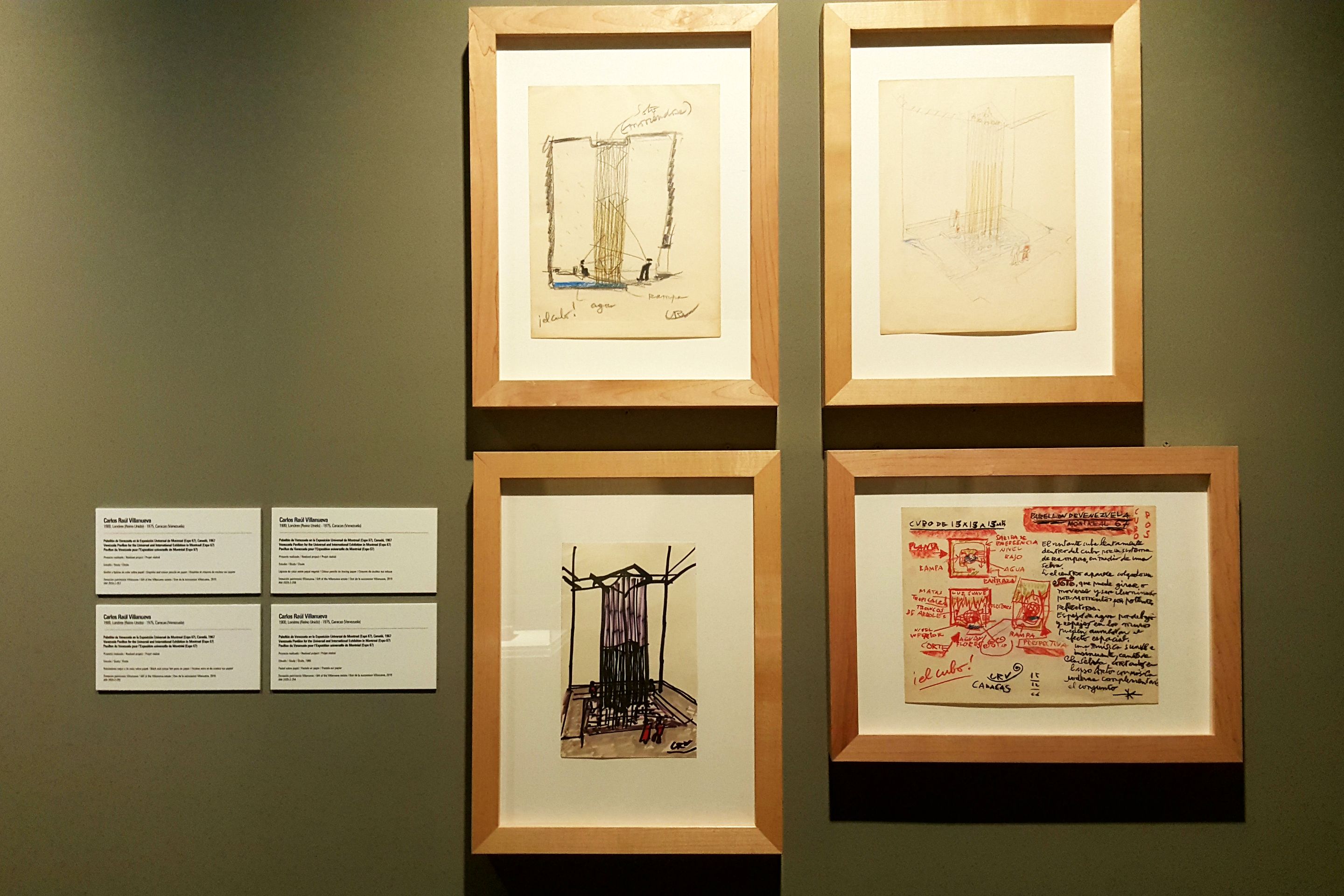
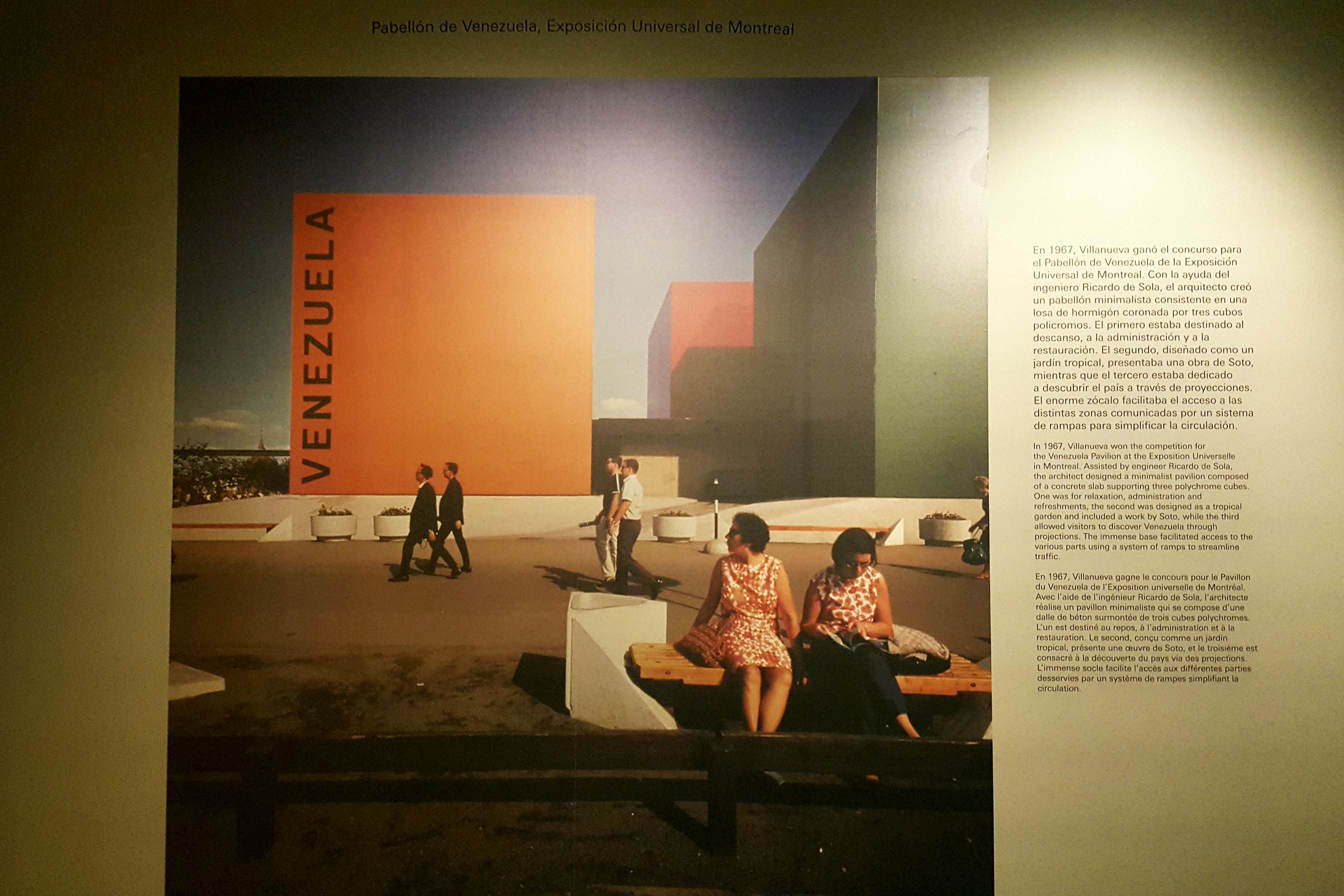
The last room presented several works in paintings, planes and others whose strangeness was astonishing, made as if with wires. But everything seemed to be in perfect harmony.
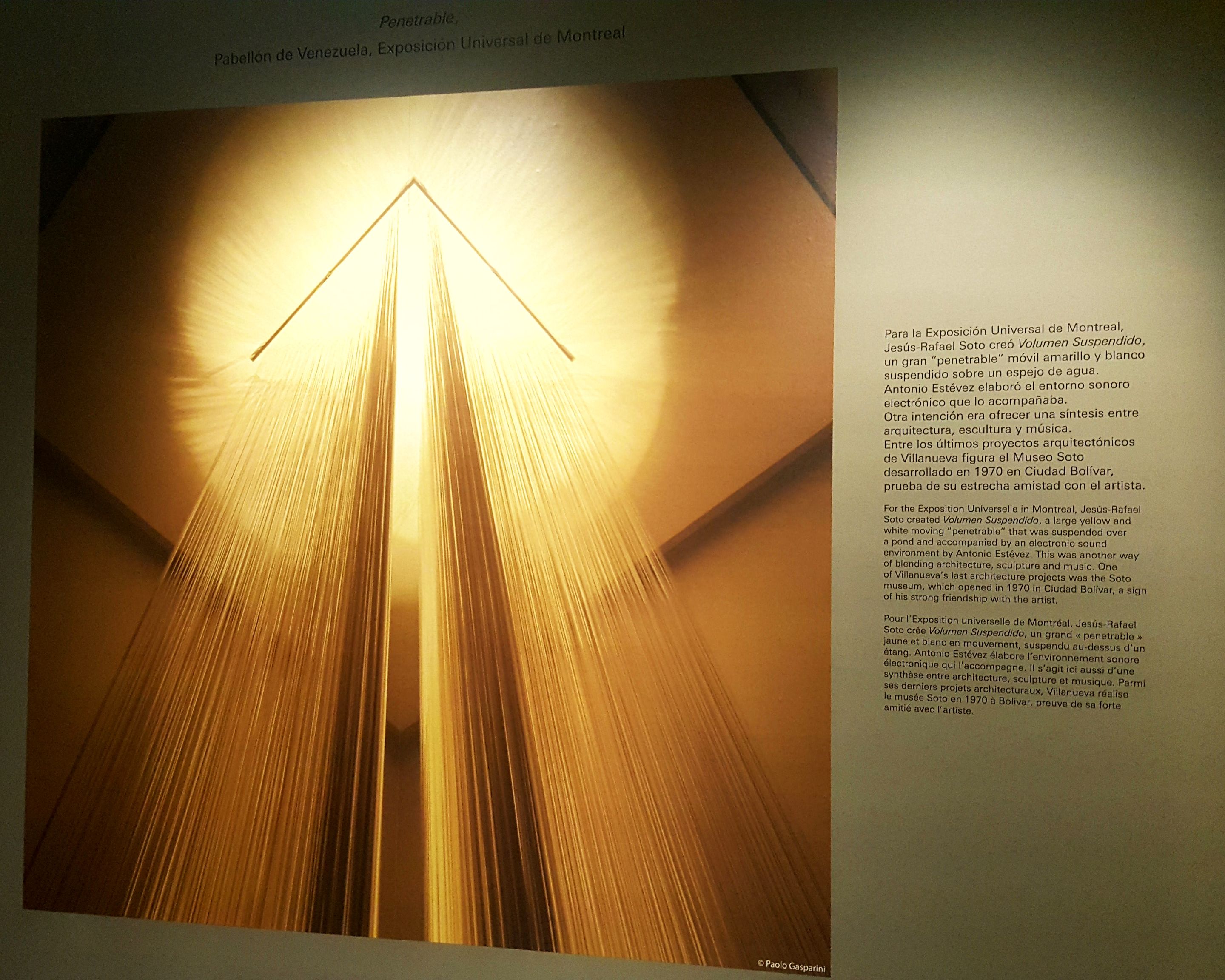
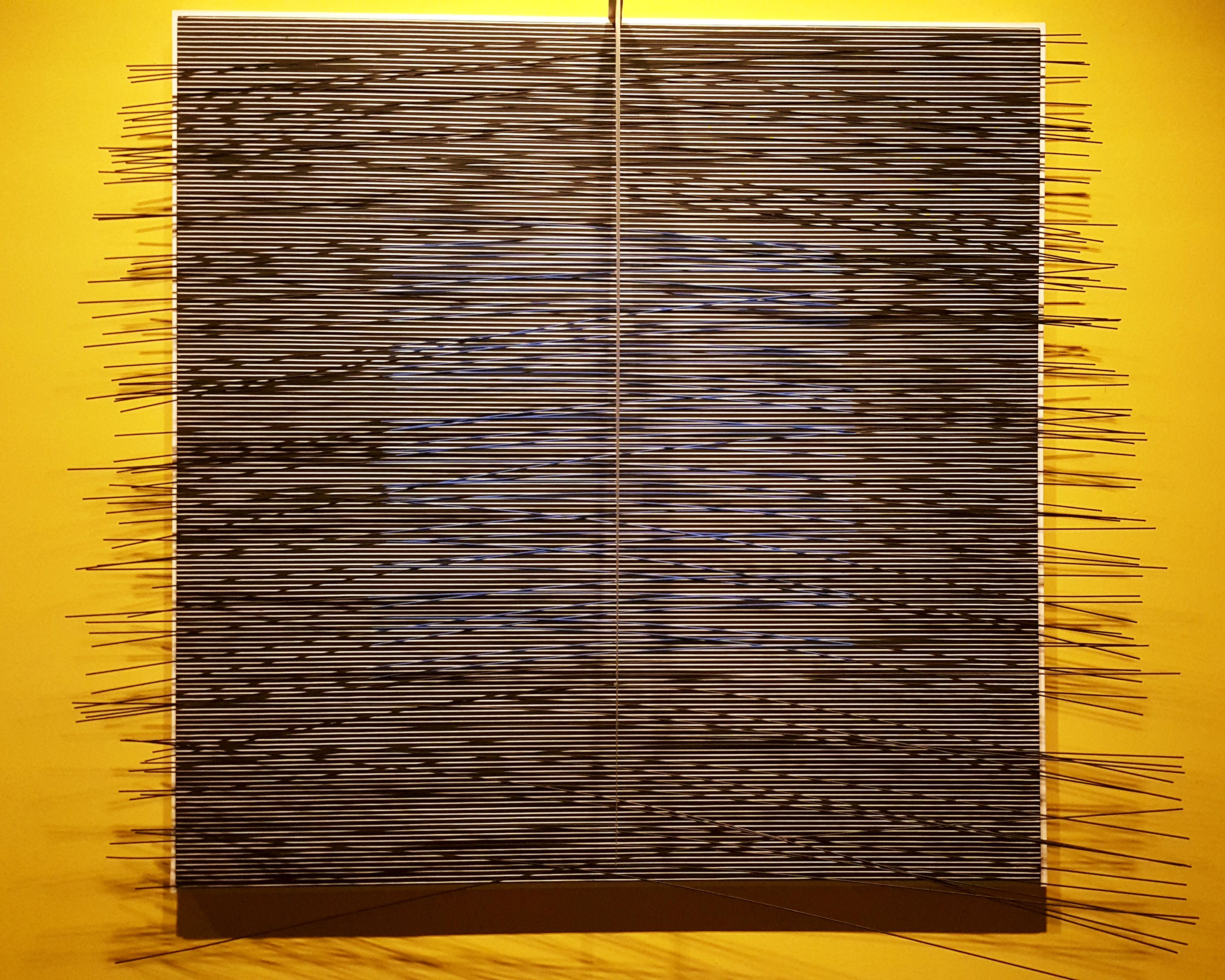 | 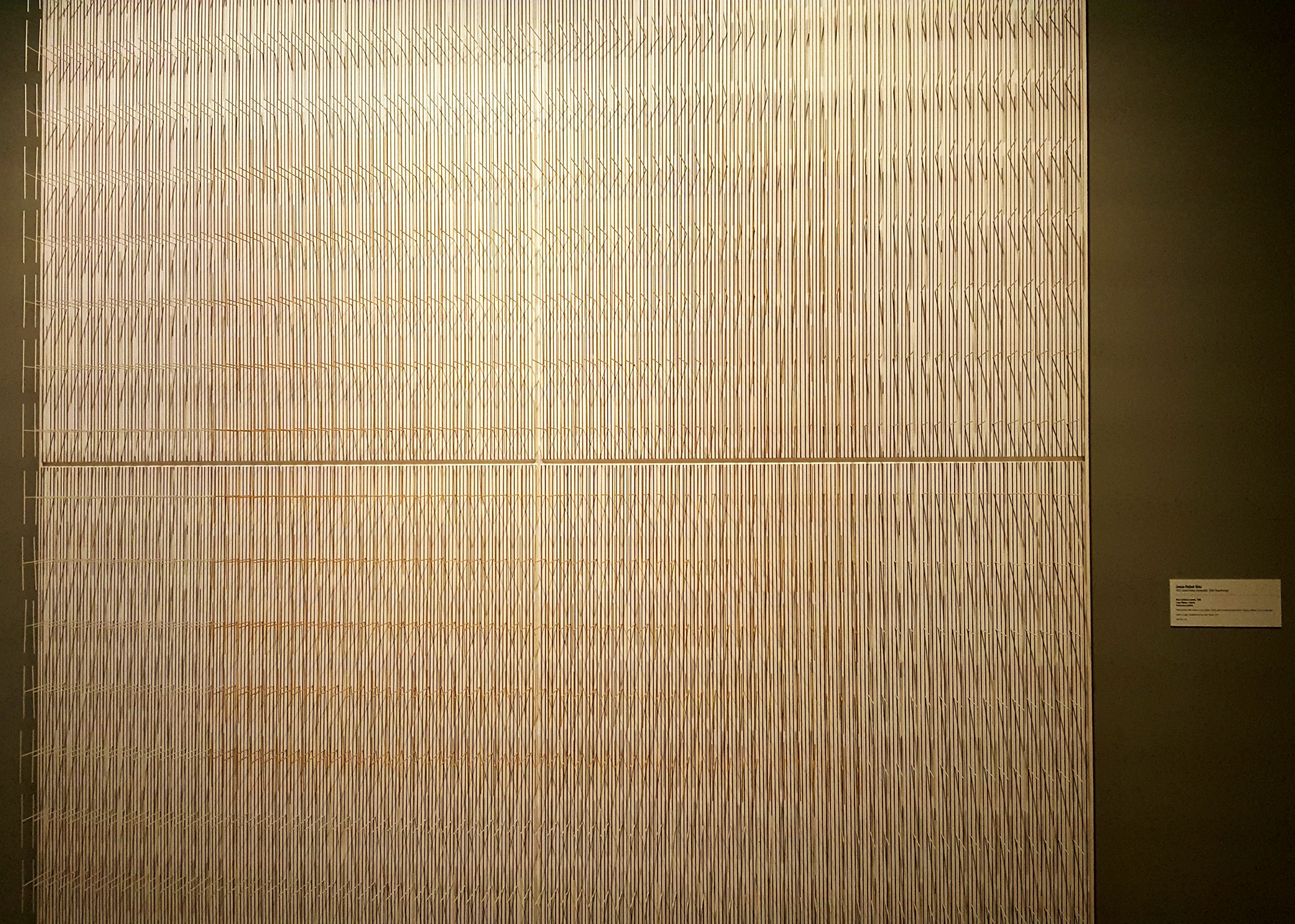 |
|---|
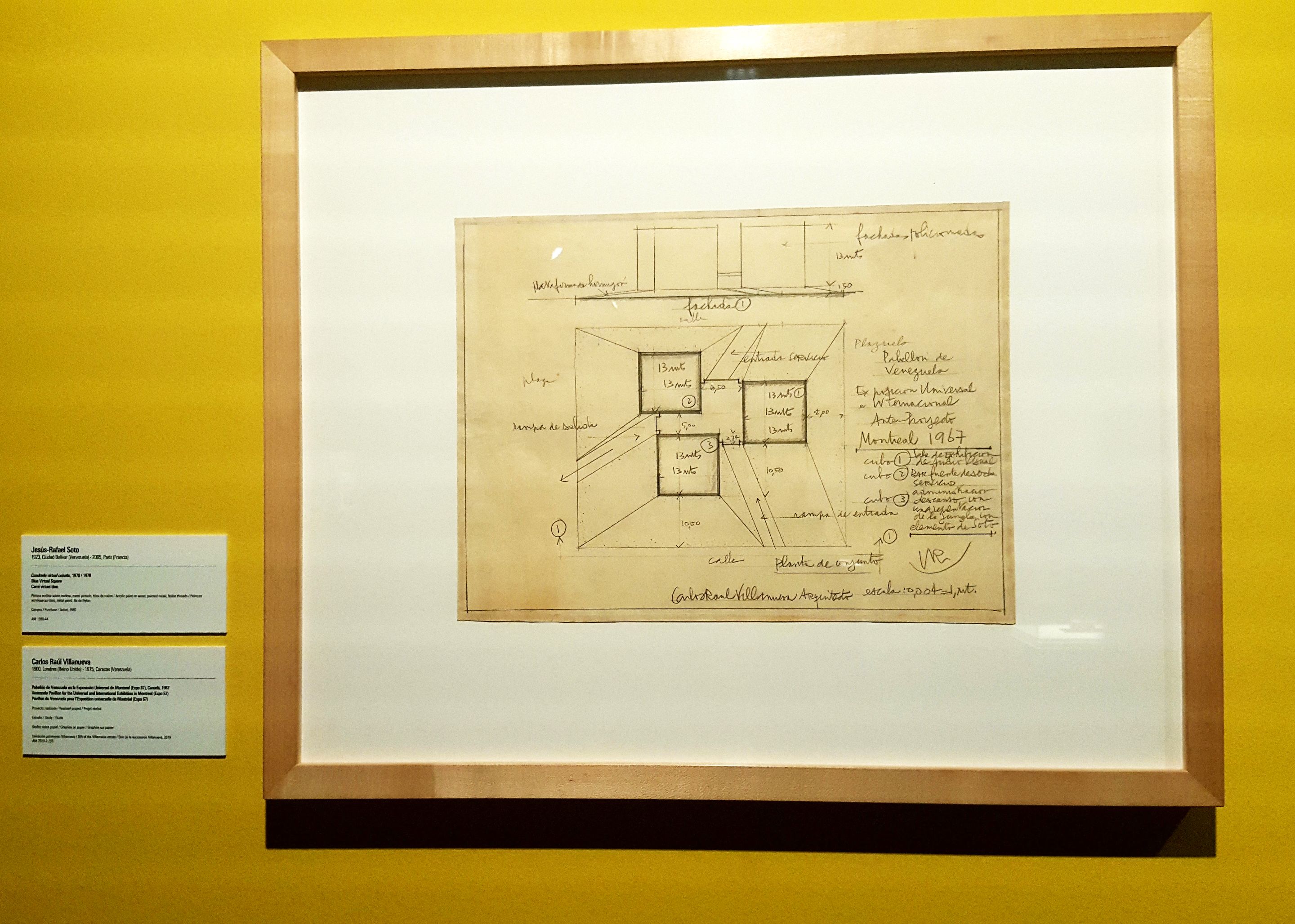
It was an endless number of works of art of different types, explaining the creation, the history and the development of a great project that united many artists and that formed a harmonious whole.
When I left the exhibition the truth is that I thought how wonderful and different it had been, I didn't expect something like this where different types of art were united in one.
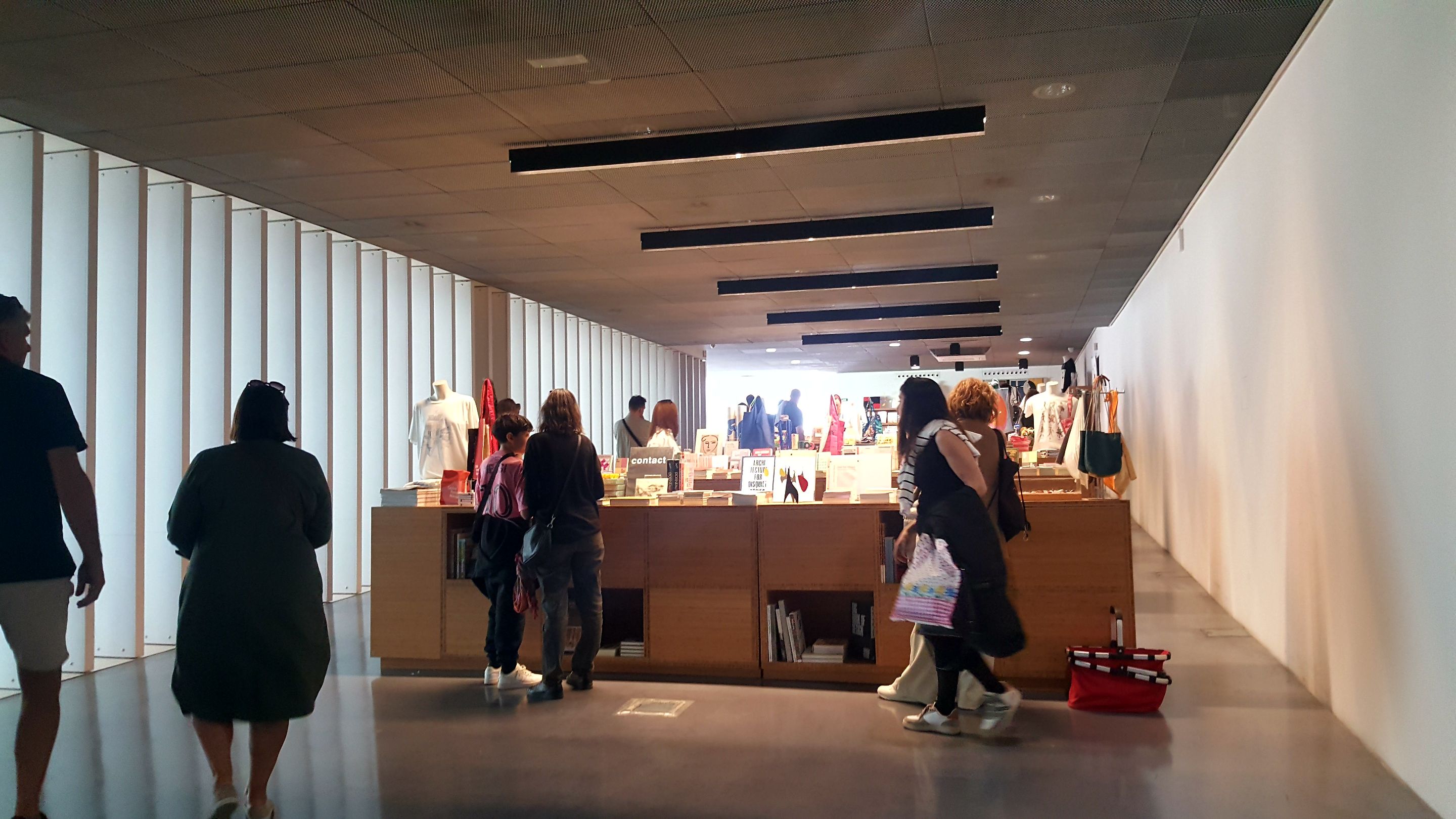
 |  |
|---|---|
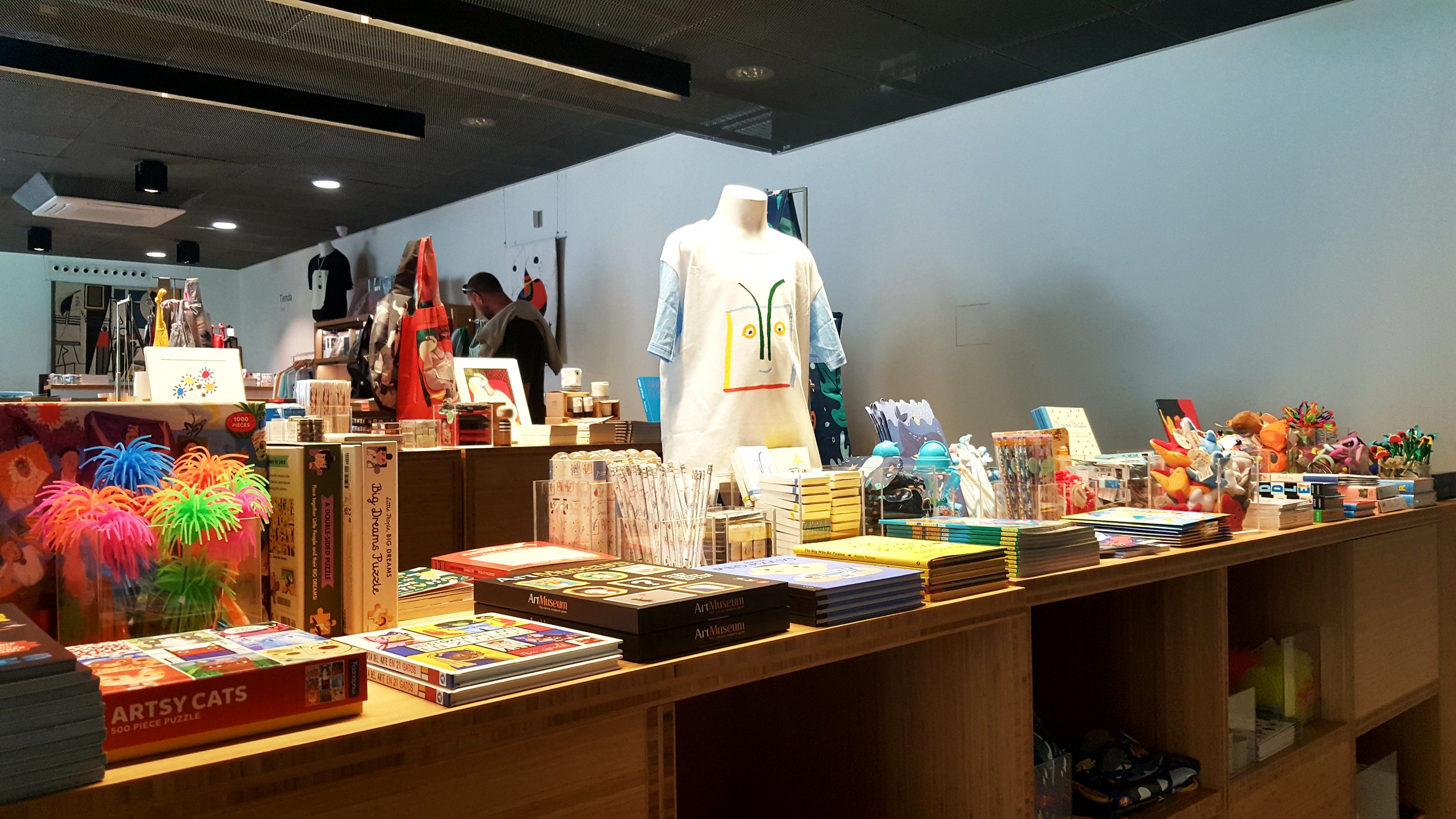 | 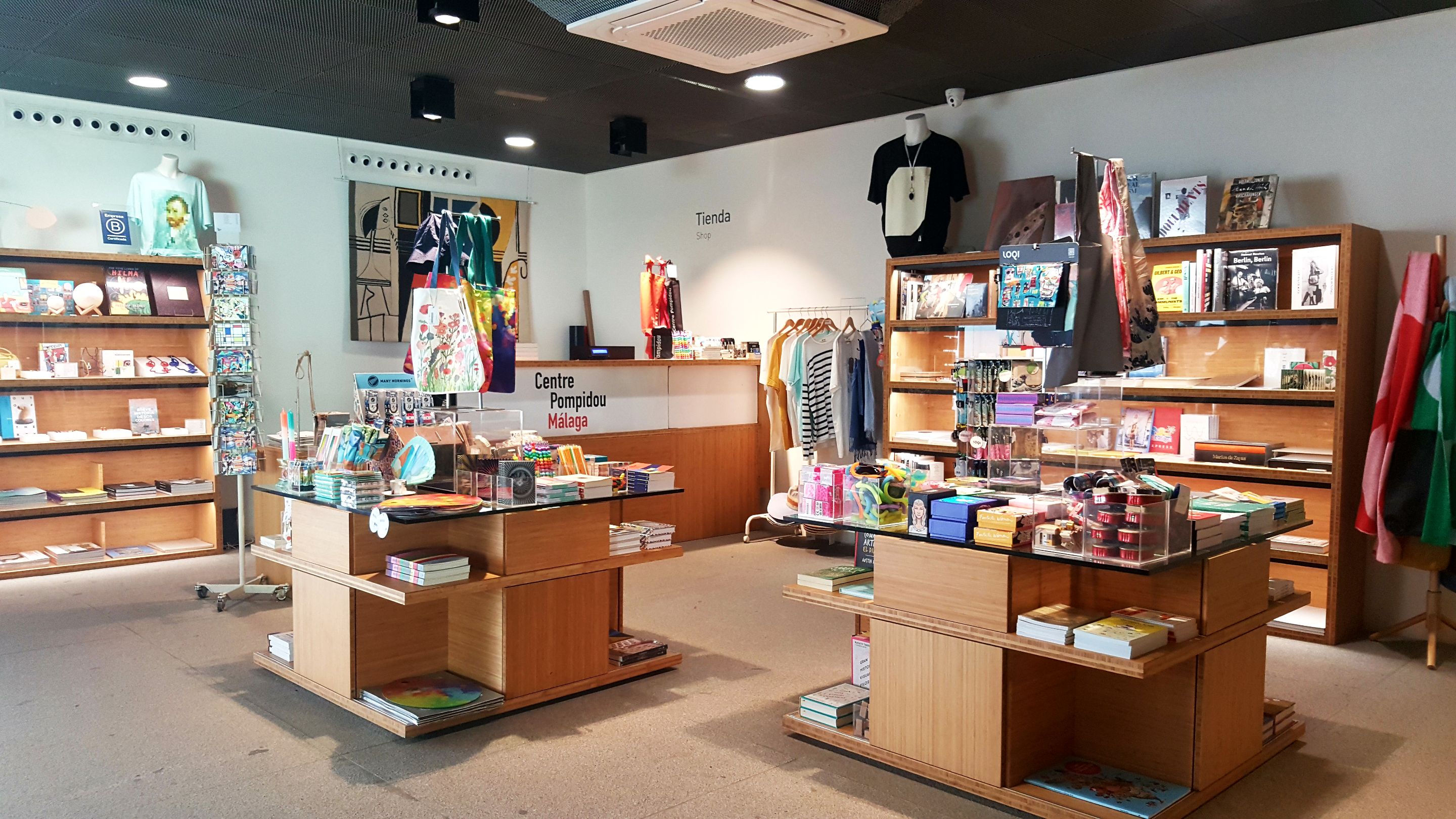 |
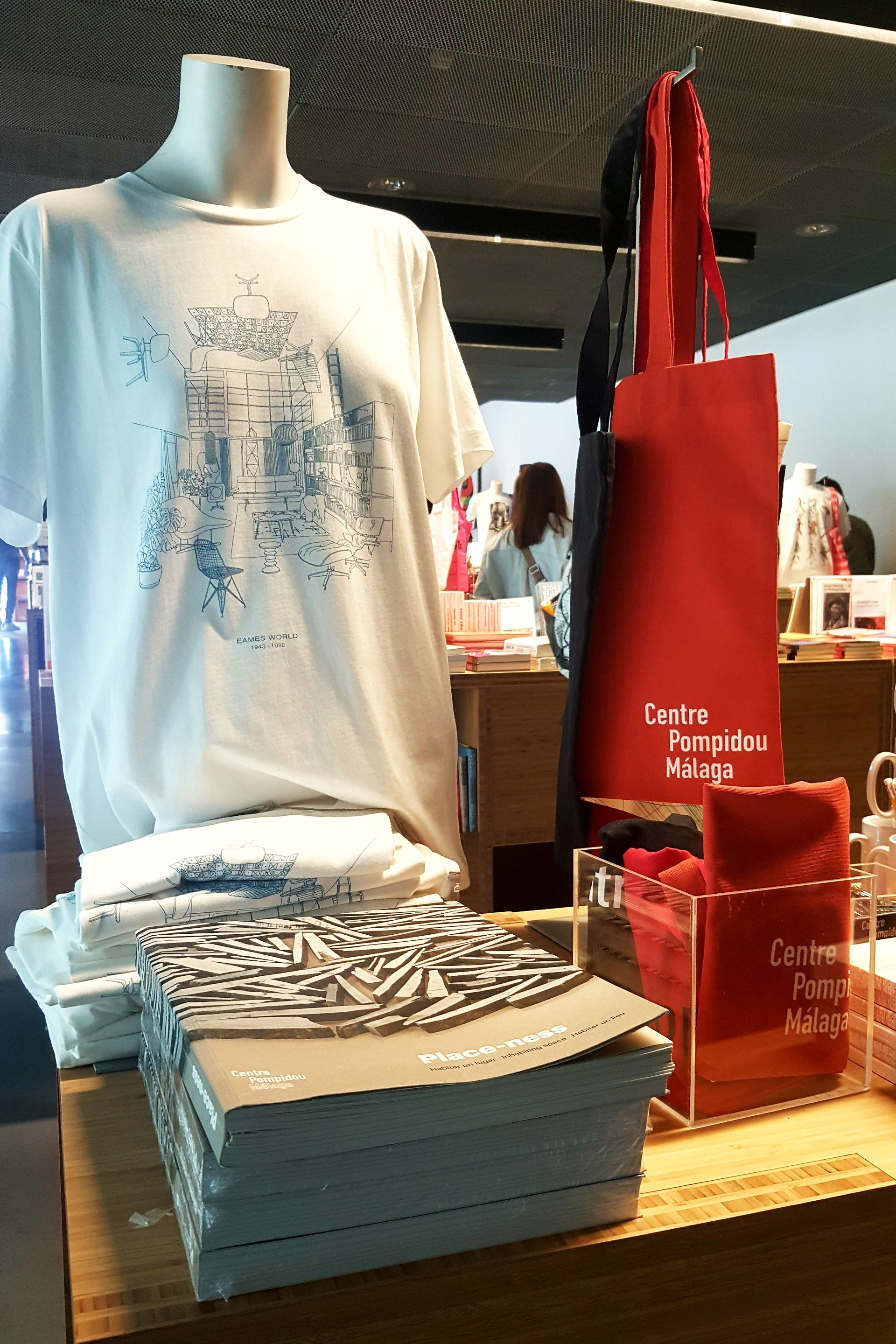
The shop that is always present on the way out of the museum presents products that tourists can buy, always related to the exhibitions held in the museum. They are distributed in aisles to walk through and vary between books, decorative objects and much more.
It is a pleasure to have made such an original visit. Thank you all for joining me today. I send you my best regards. See you soon.
Amonet.
Separators created by me in Photoshop.
Used translator Deepl.com free version.
//:# (!worldmappin 36.719301 lat -4.412725 long Architecture and synthesis of the arts in an exemplary exhibition 📷 Malaga - Spain d3scr)
